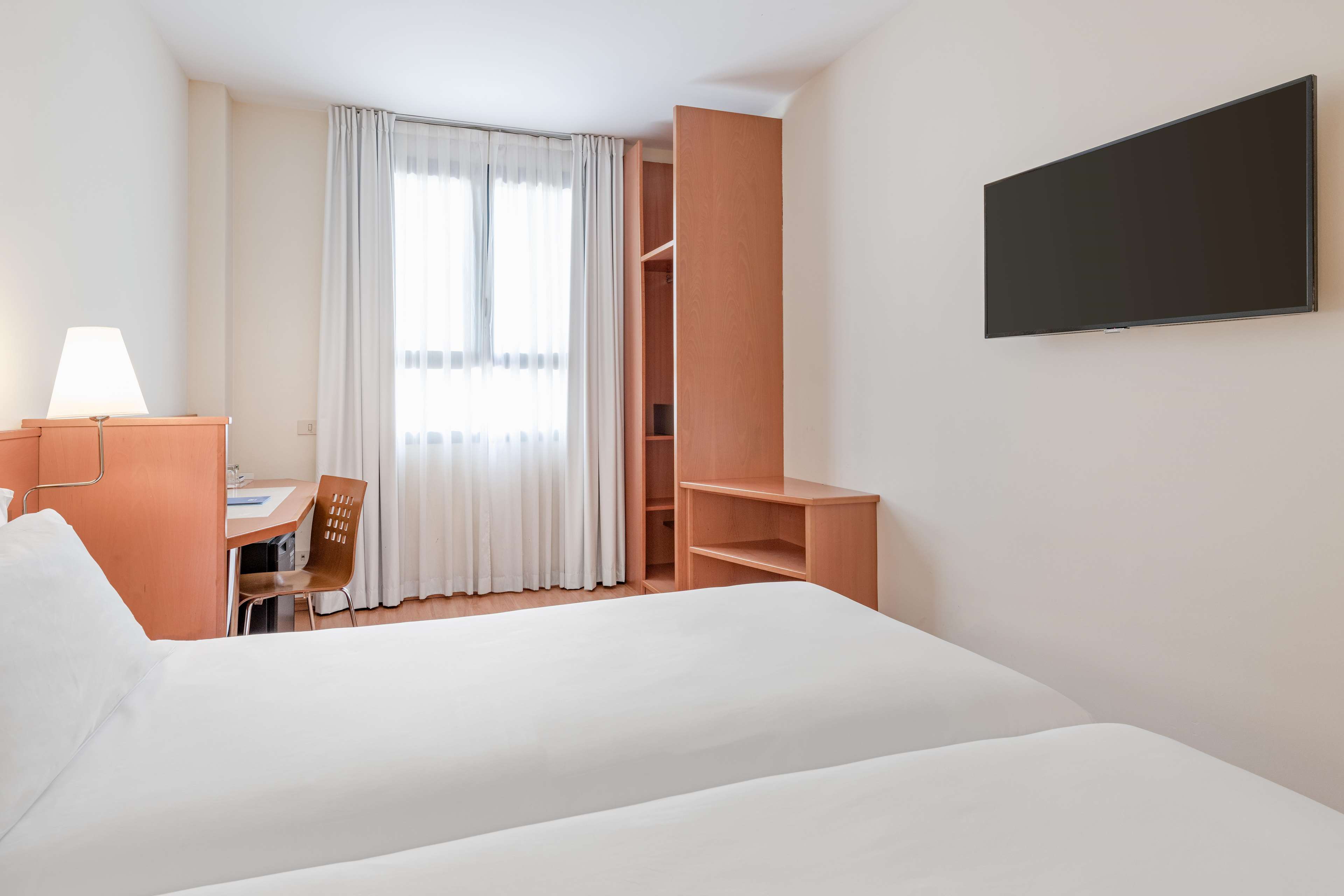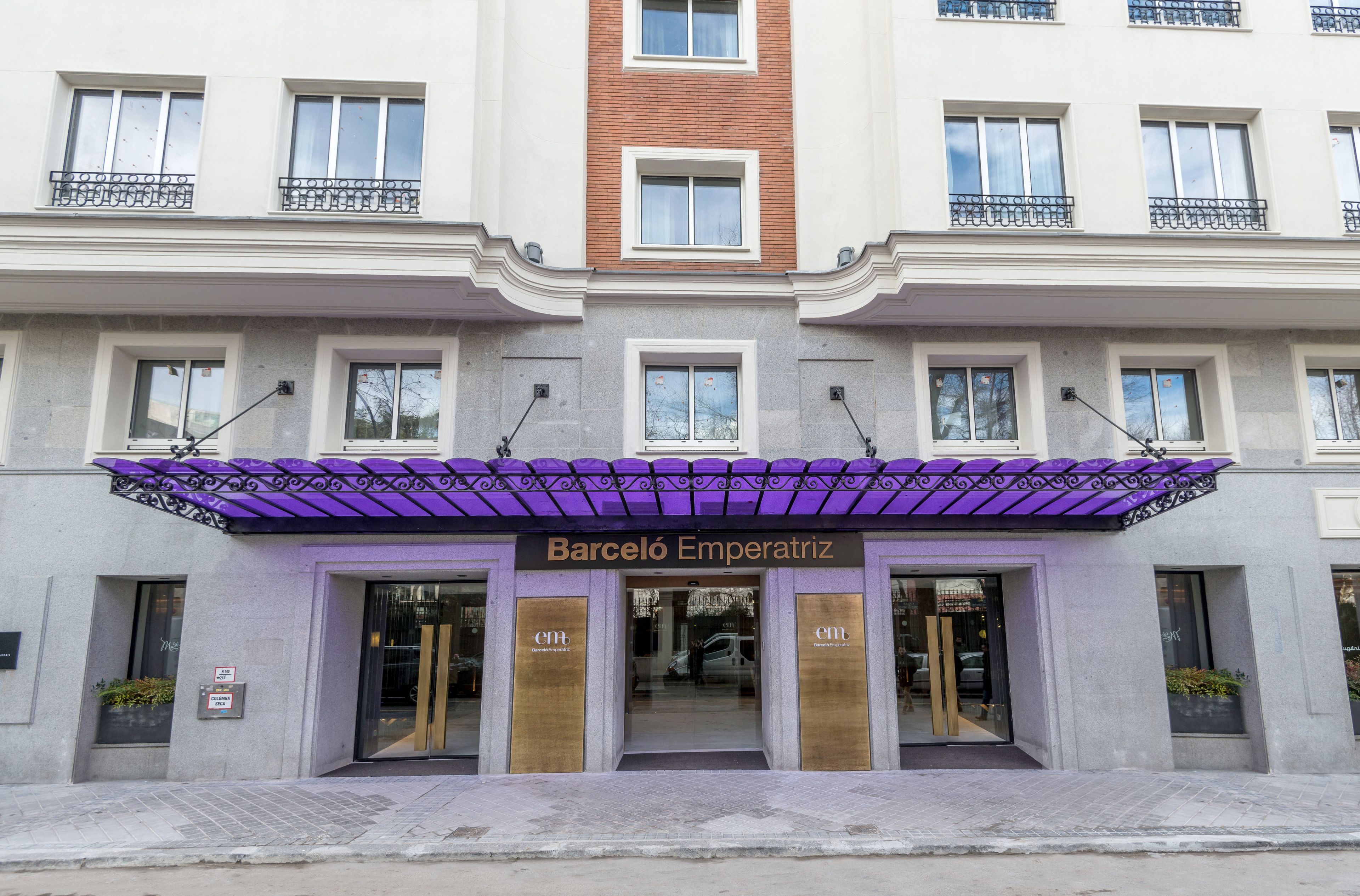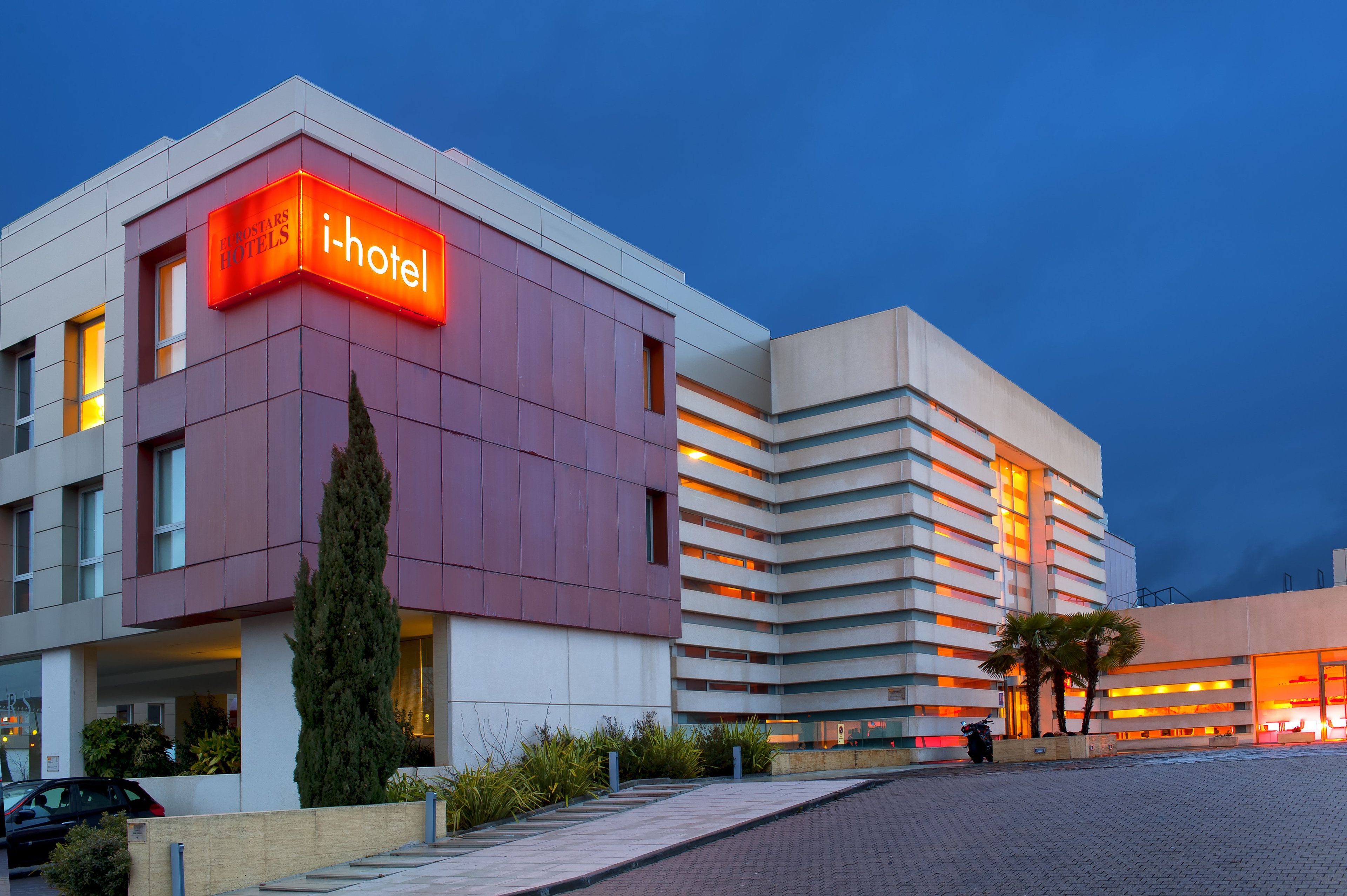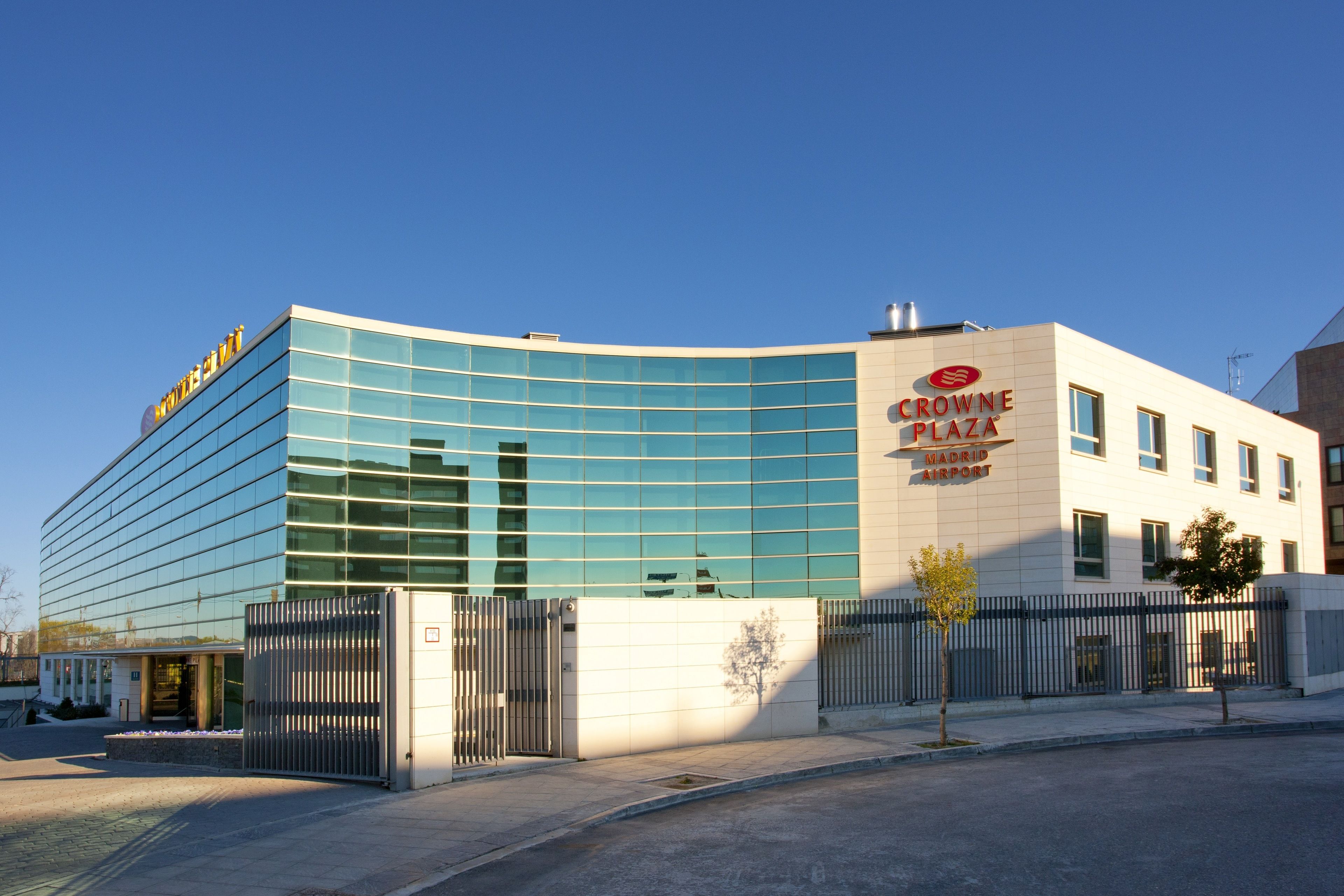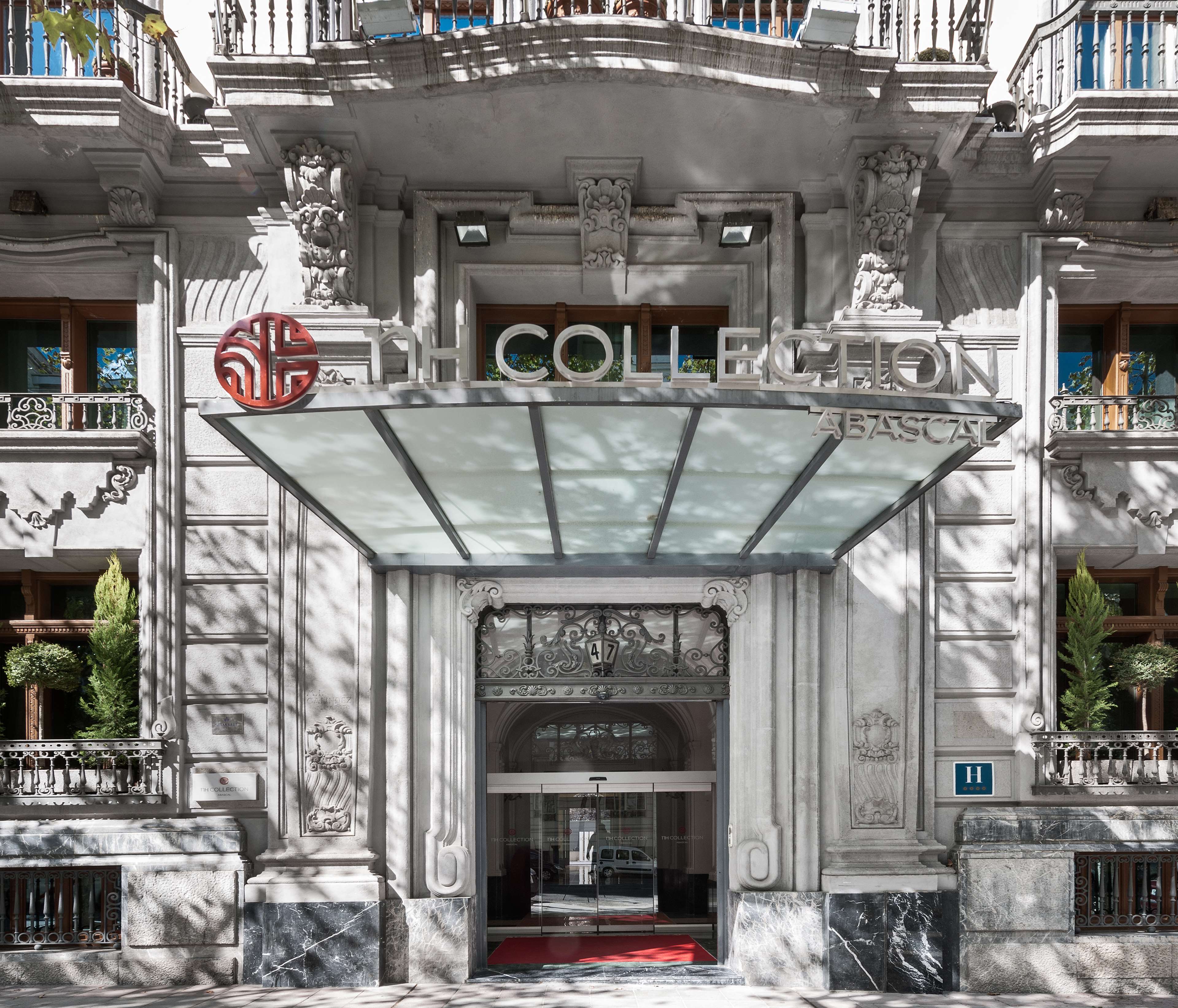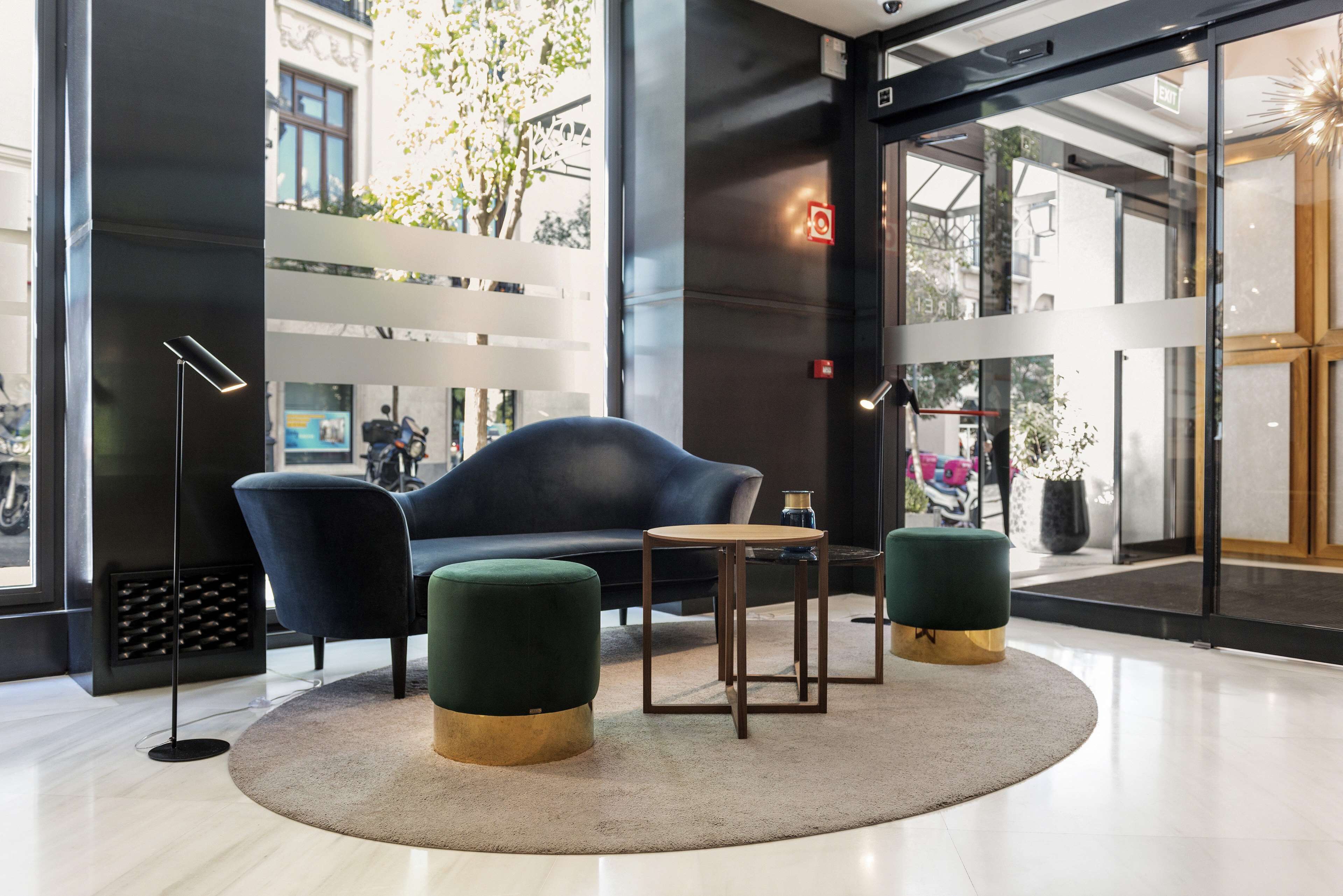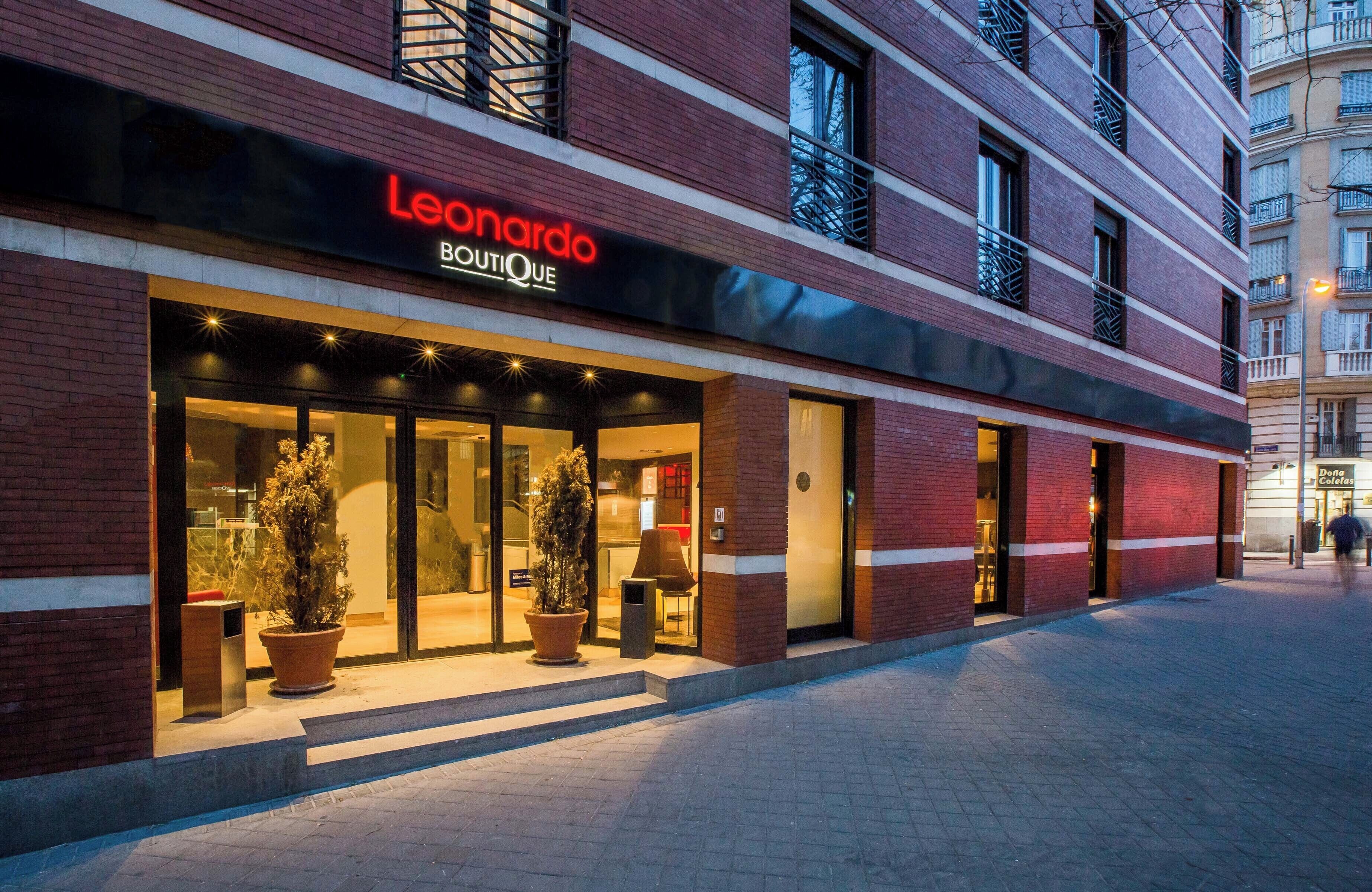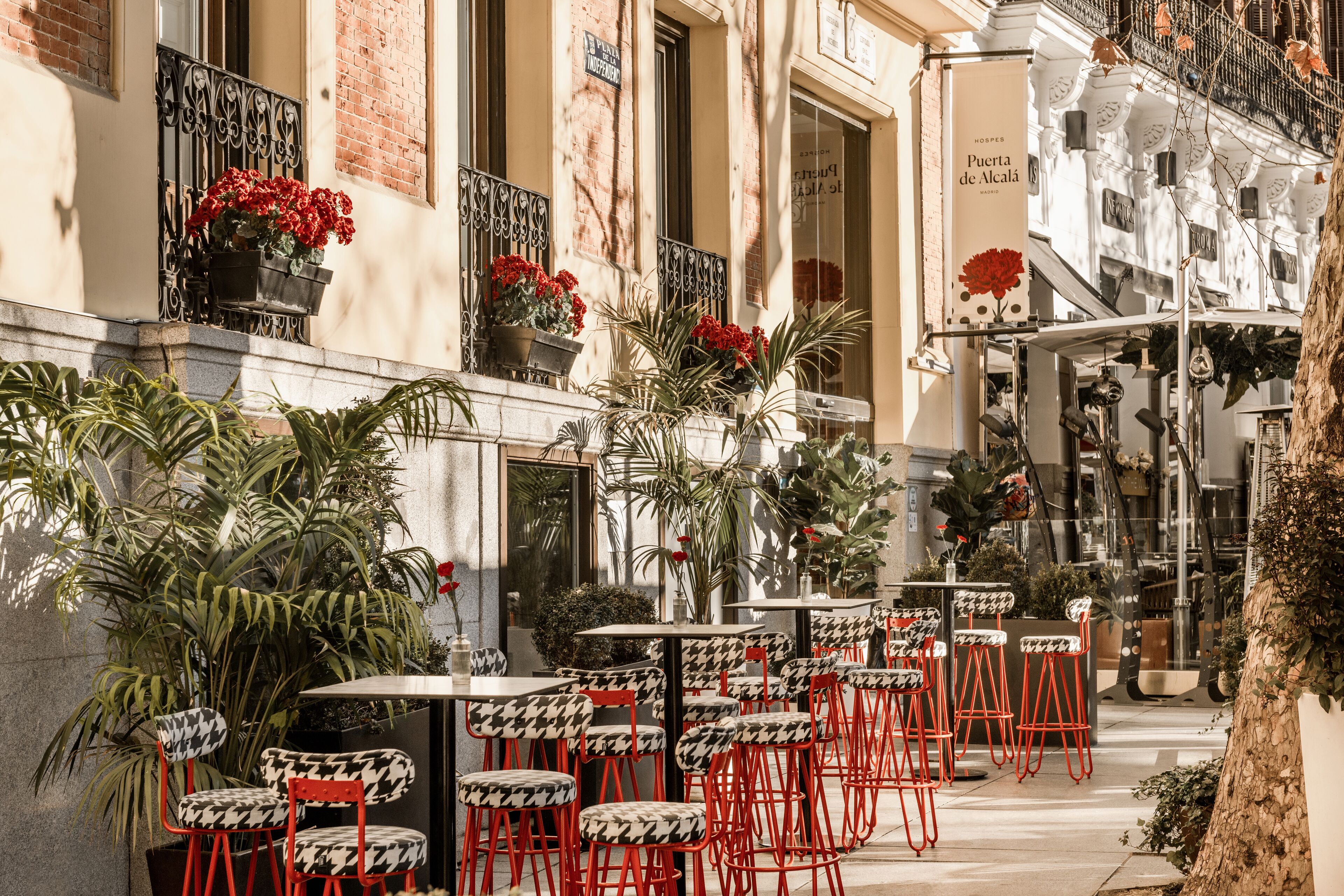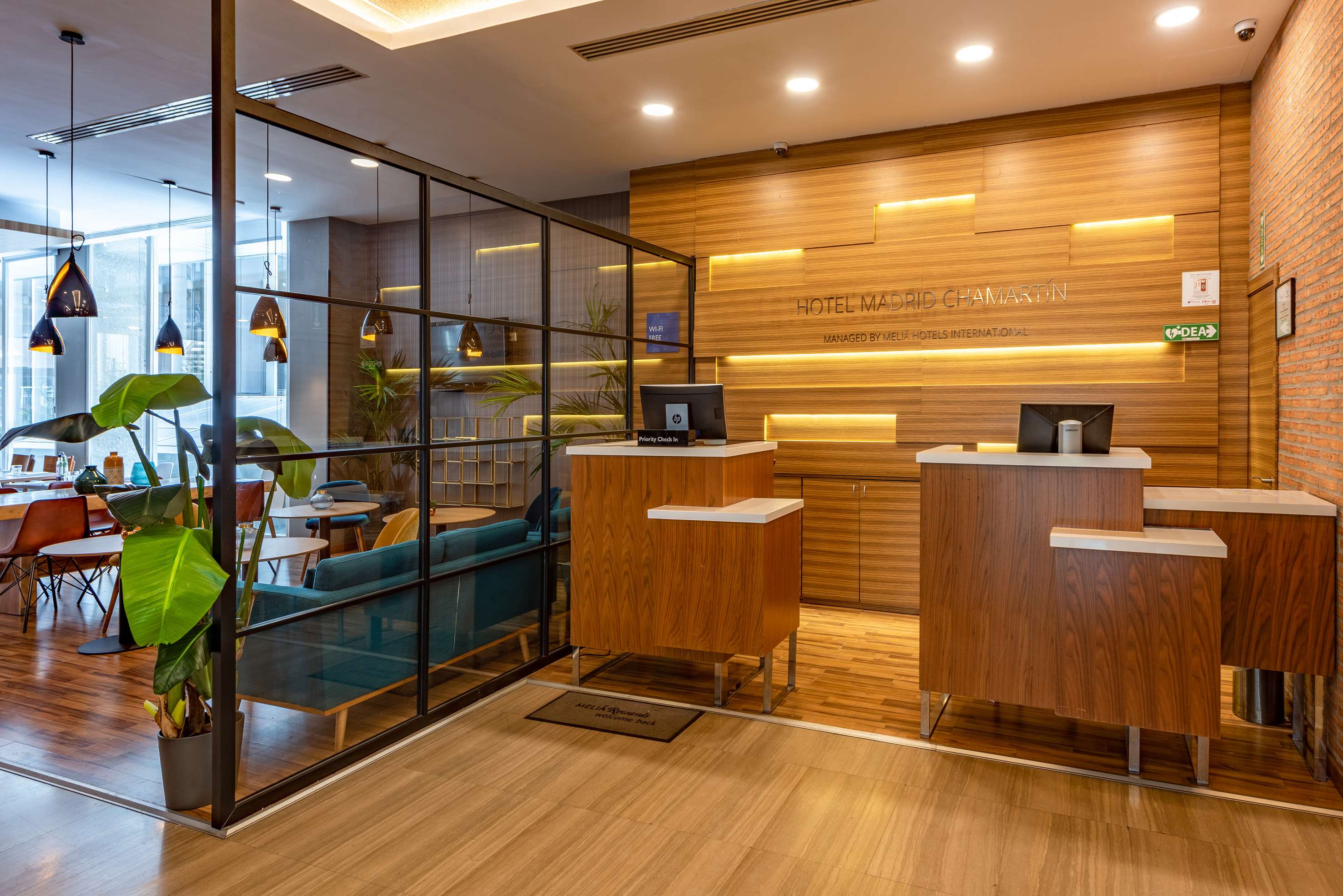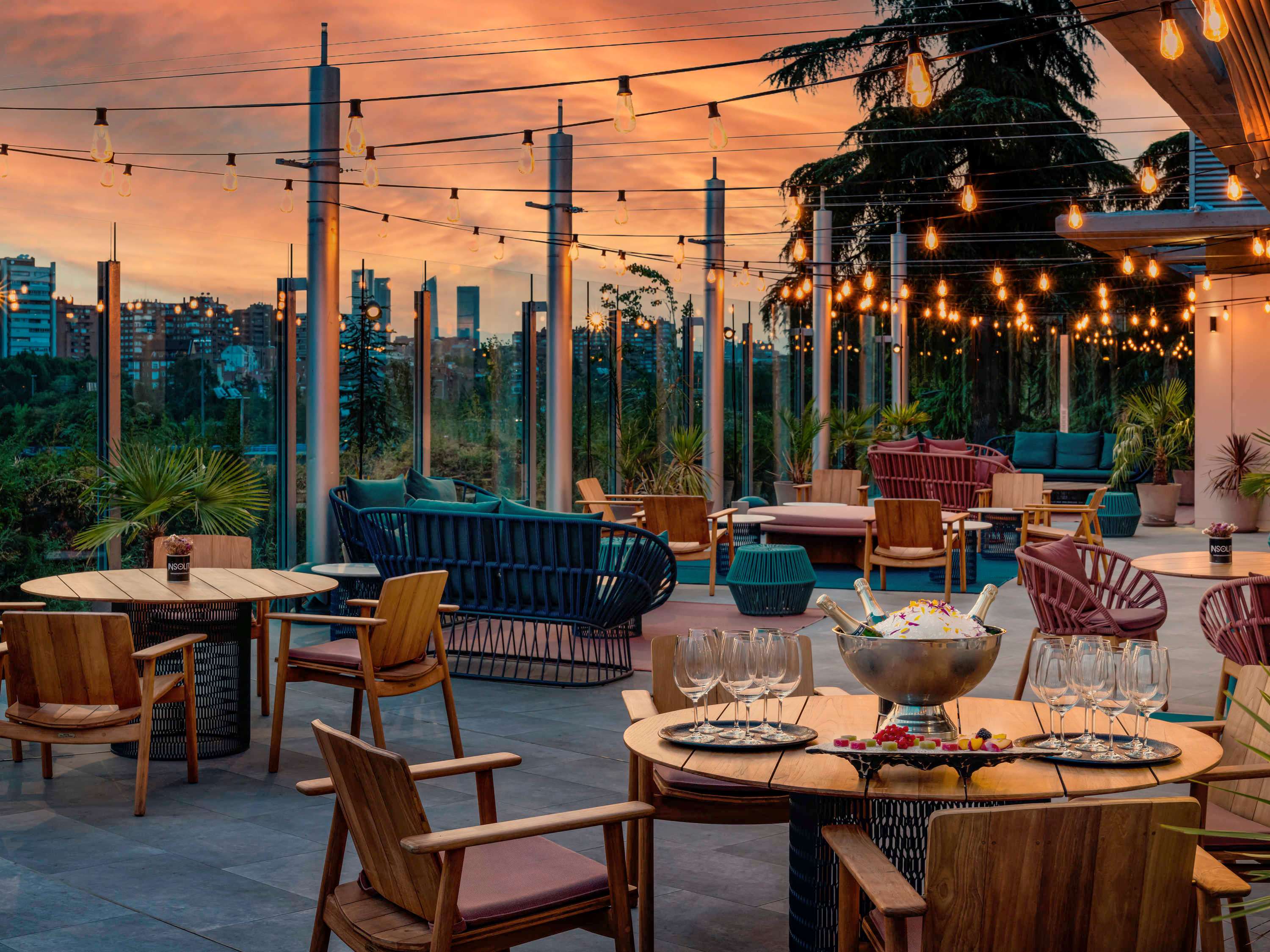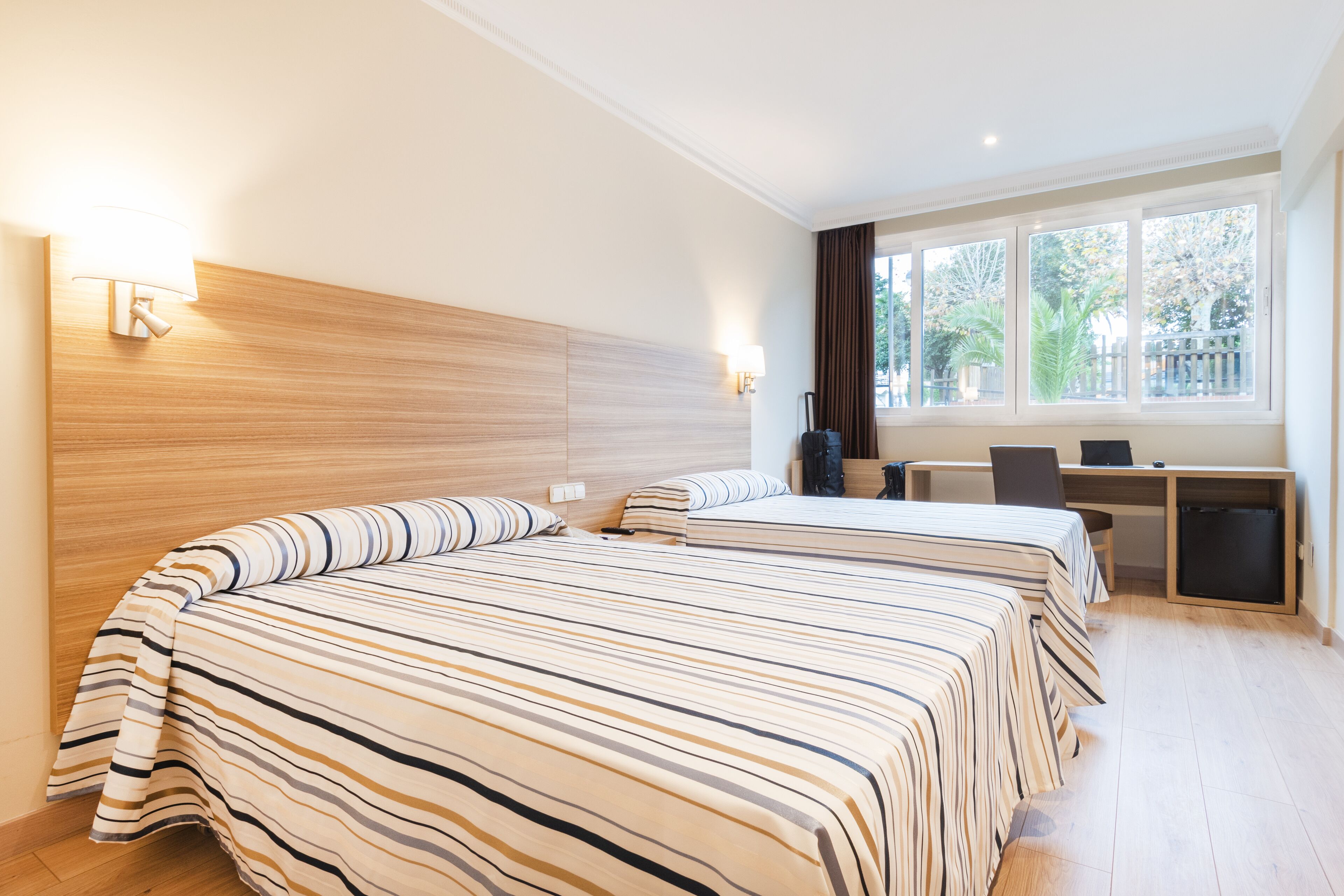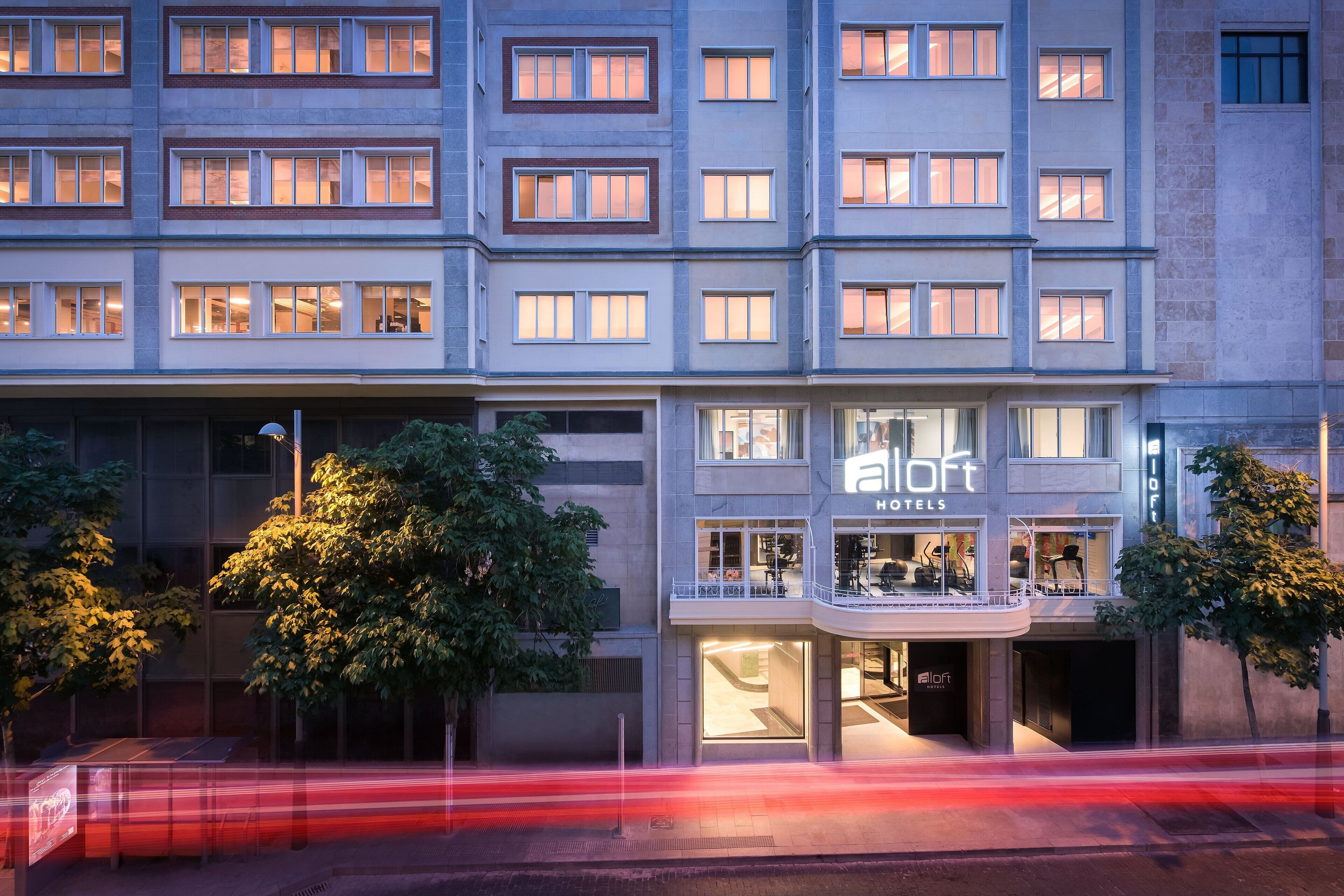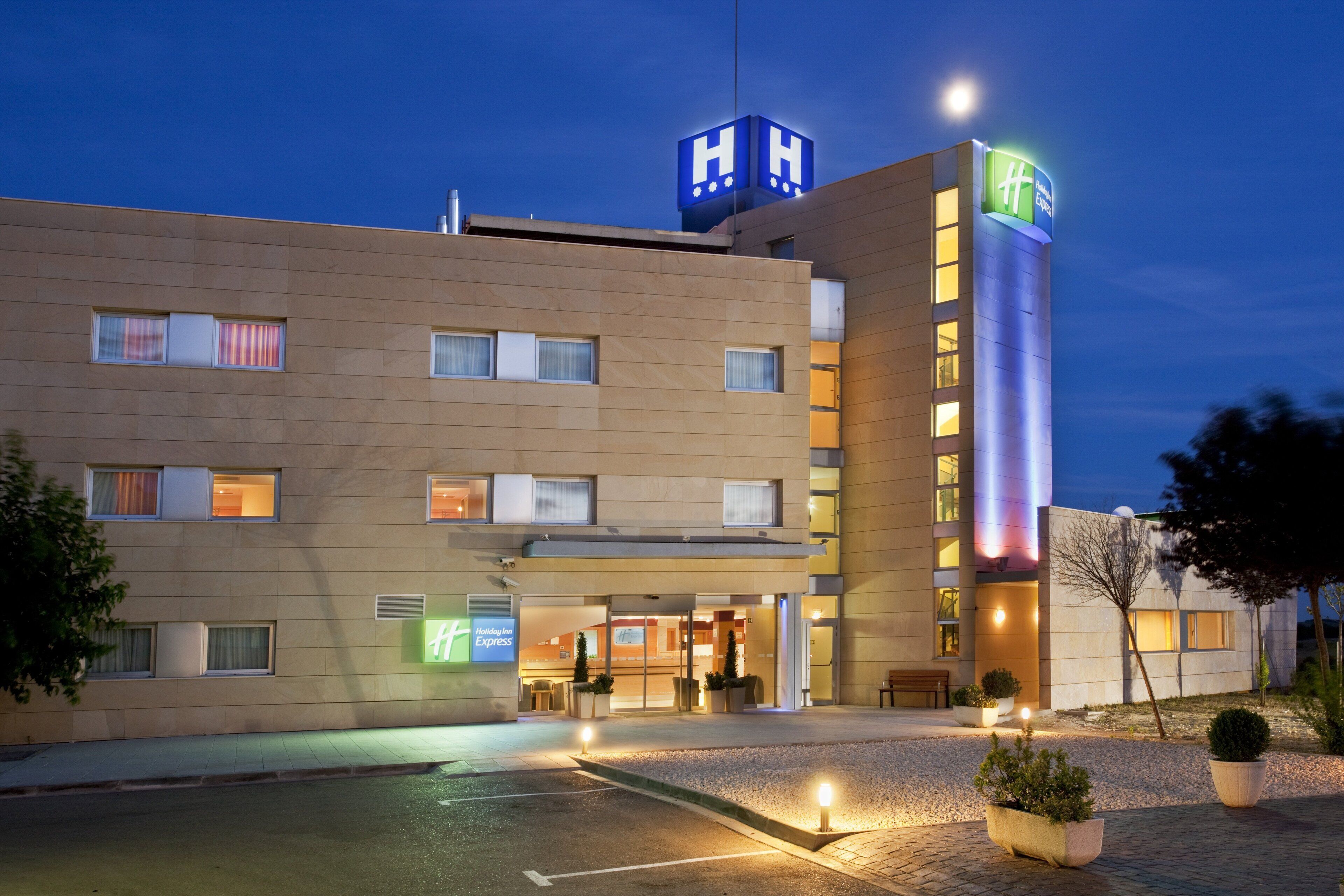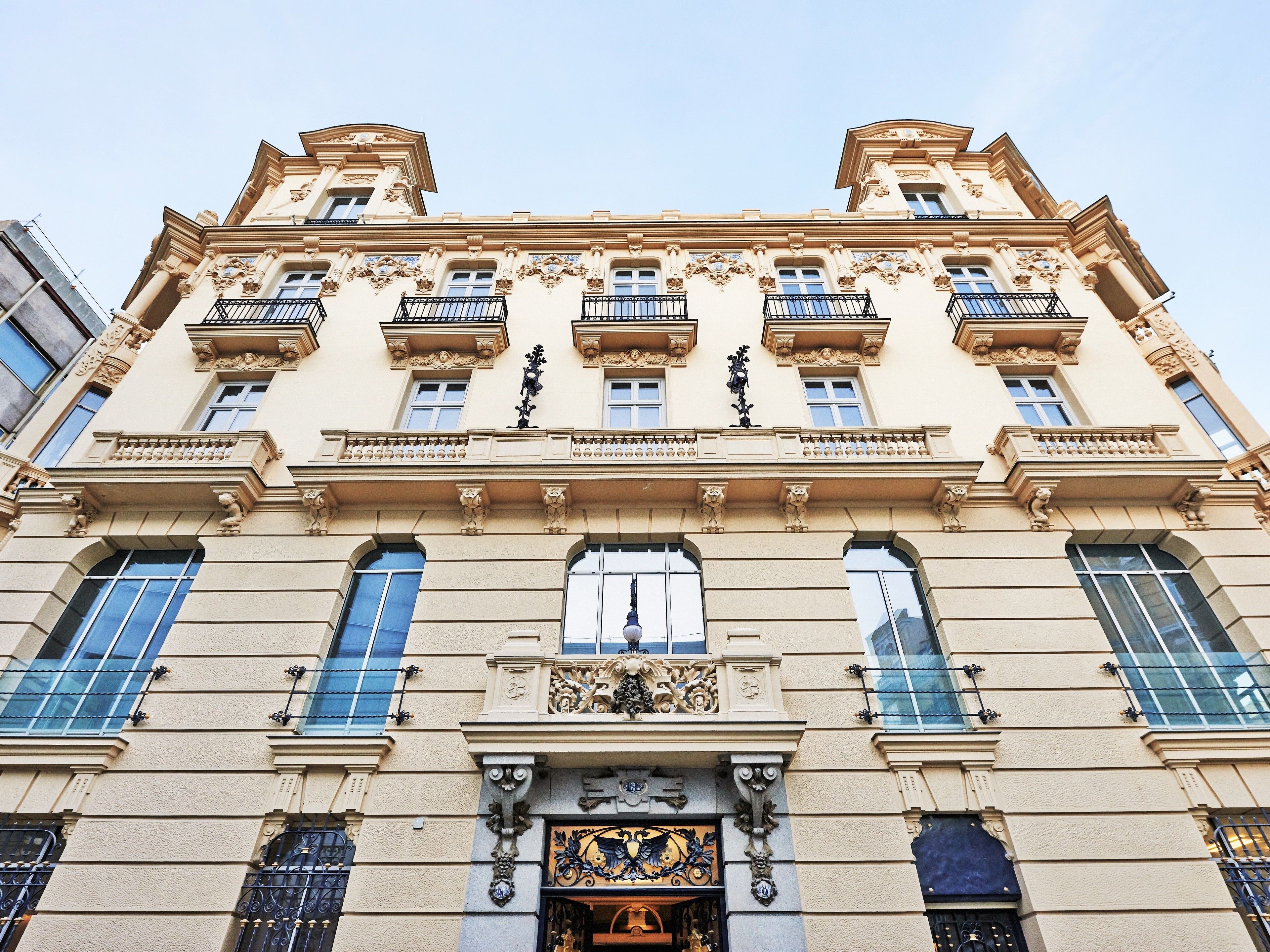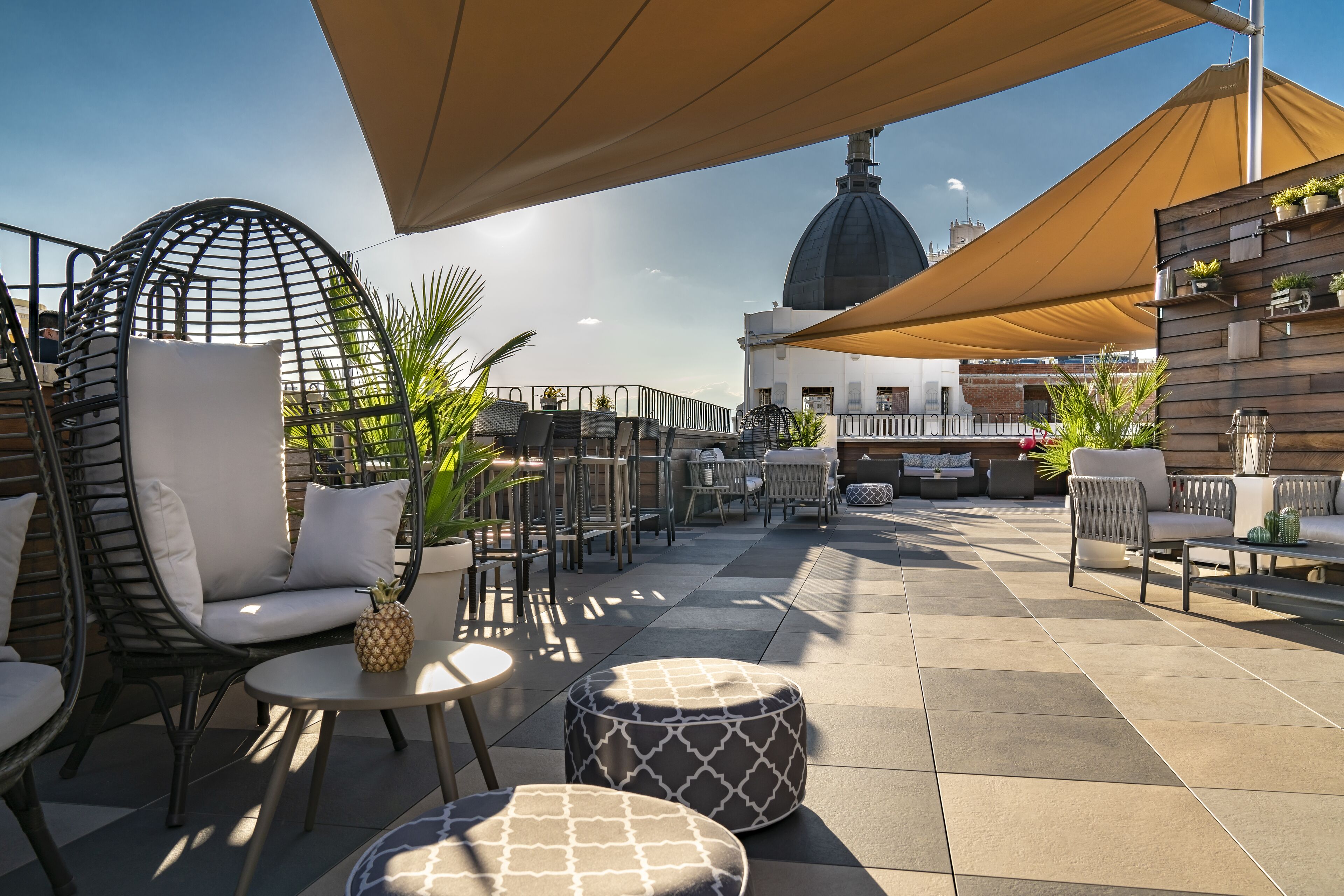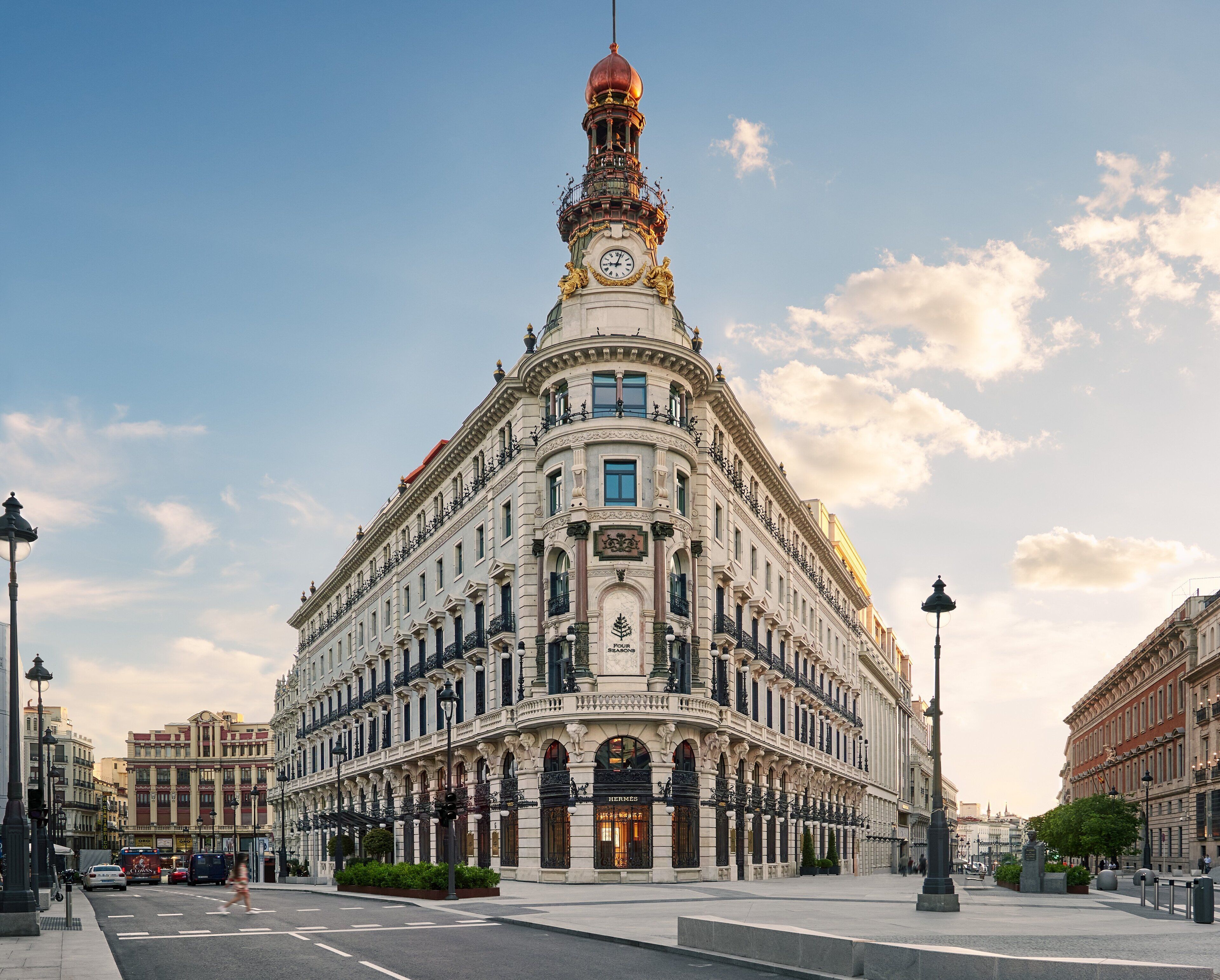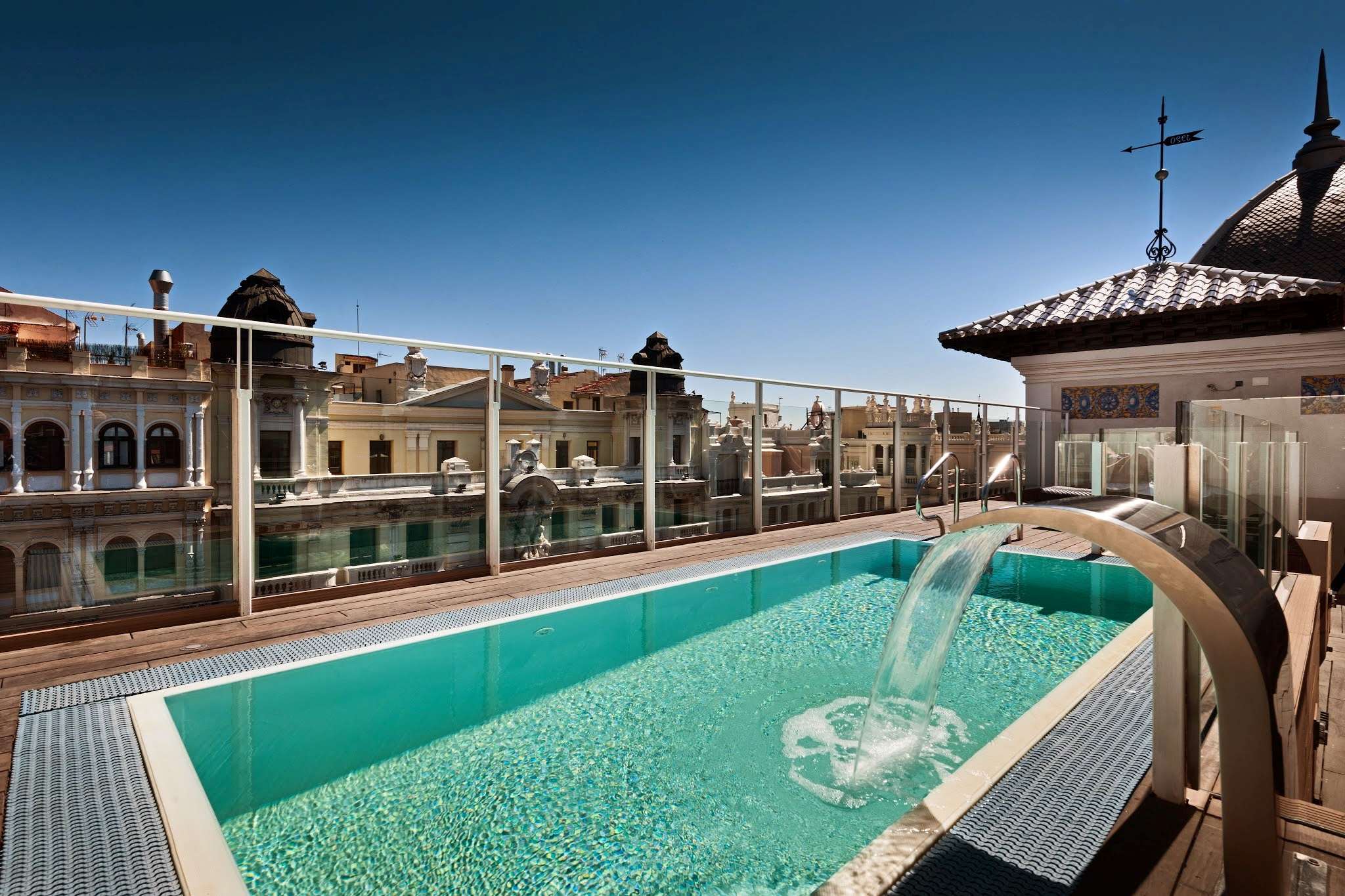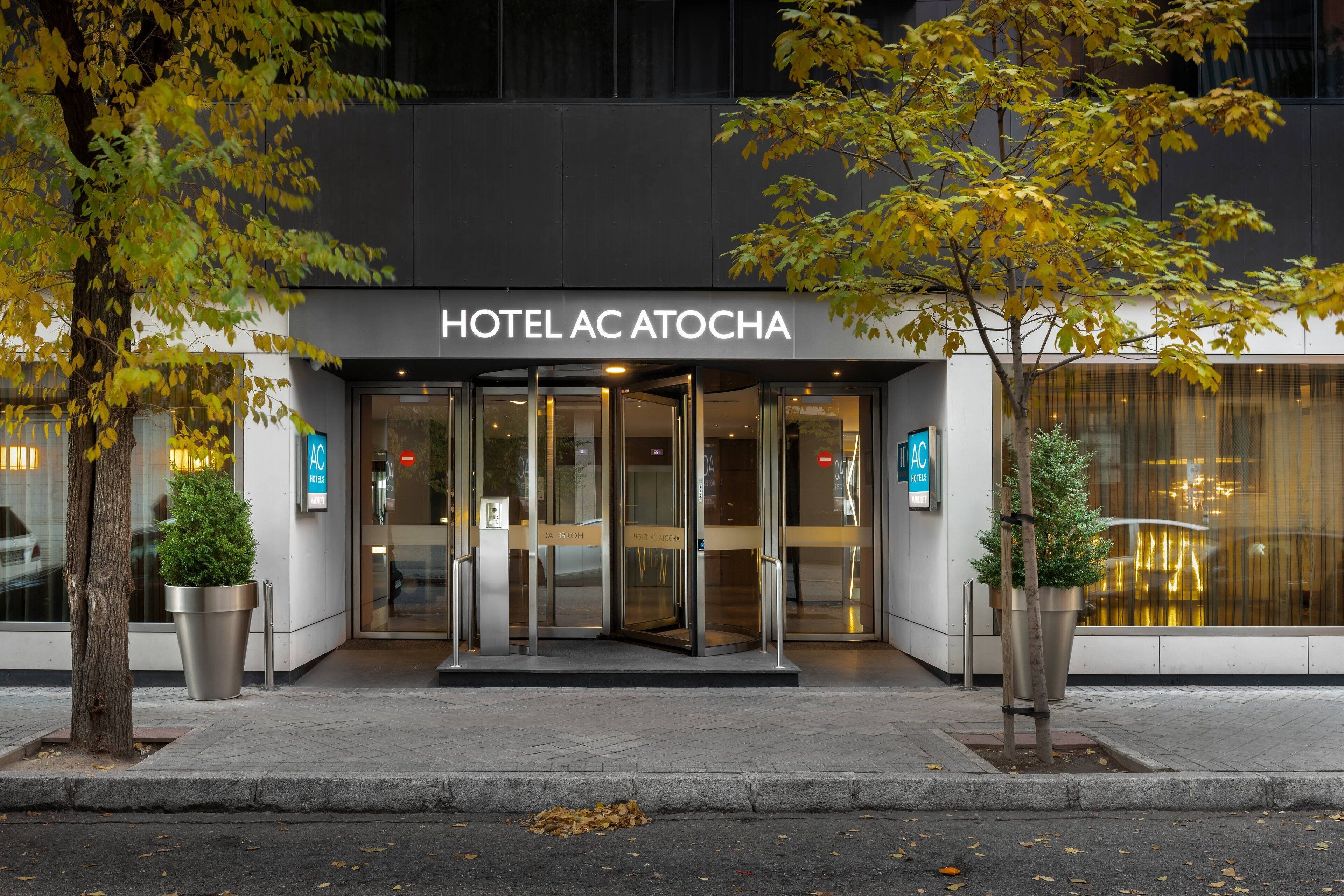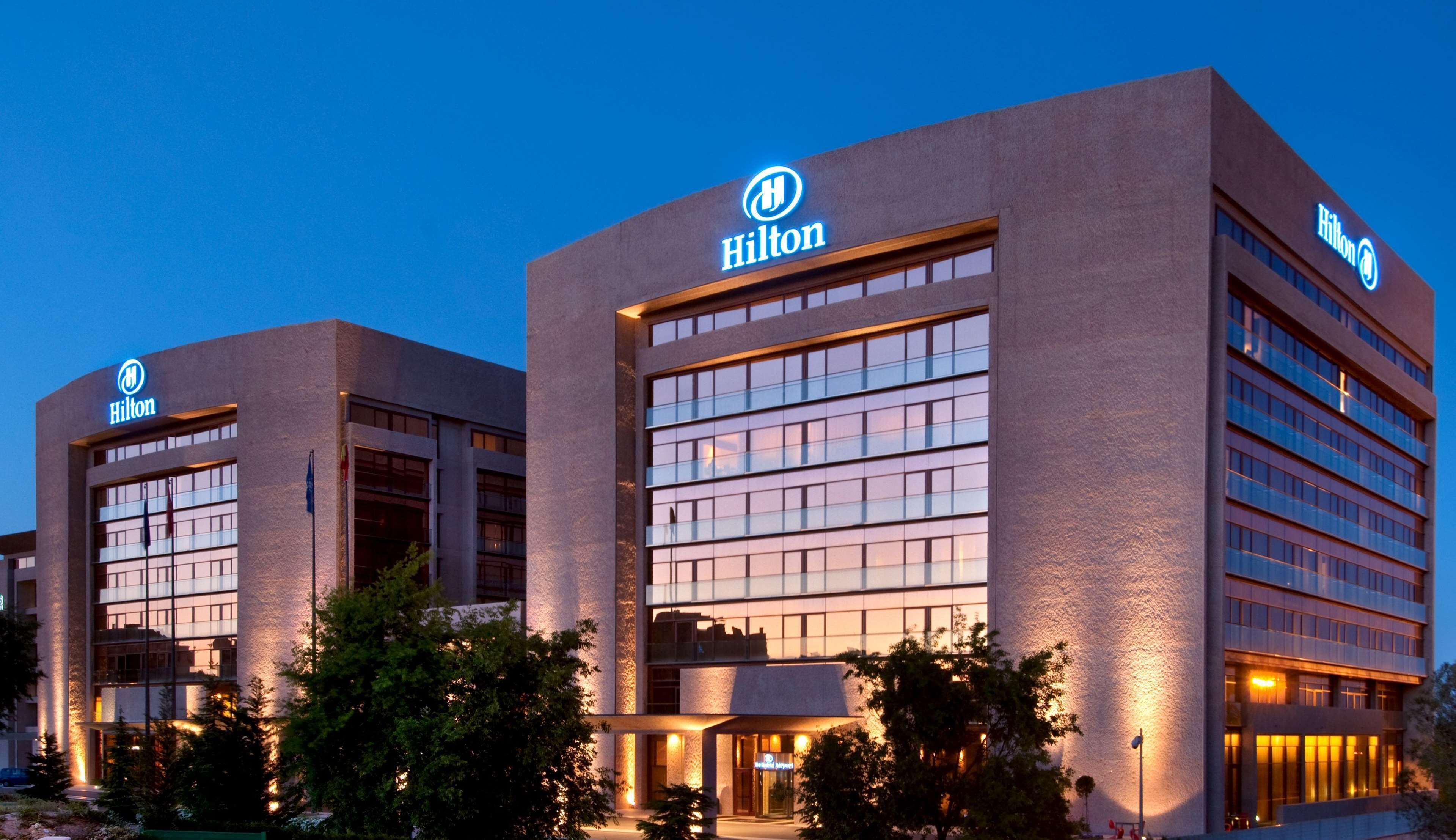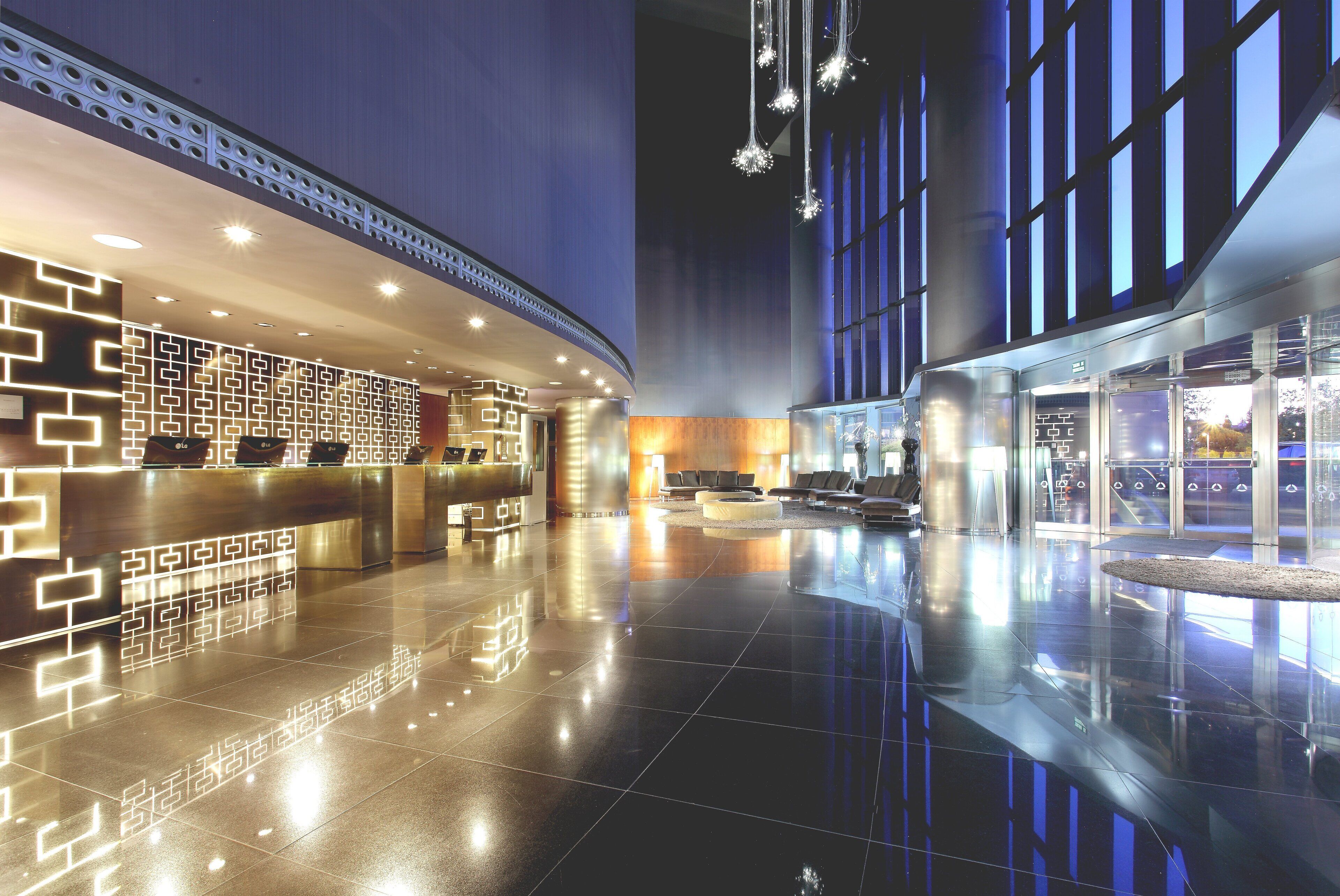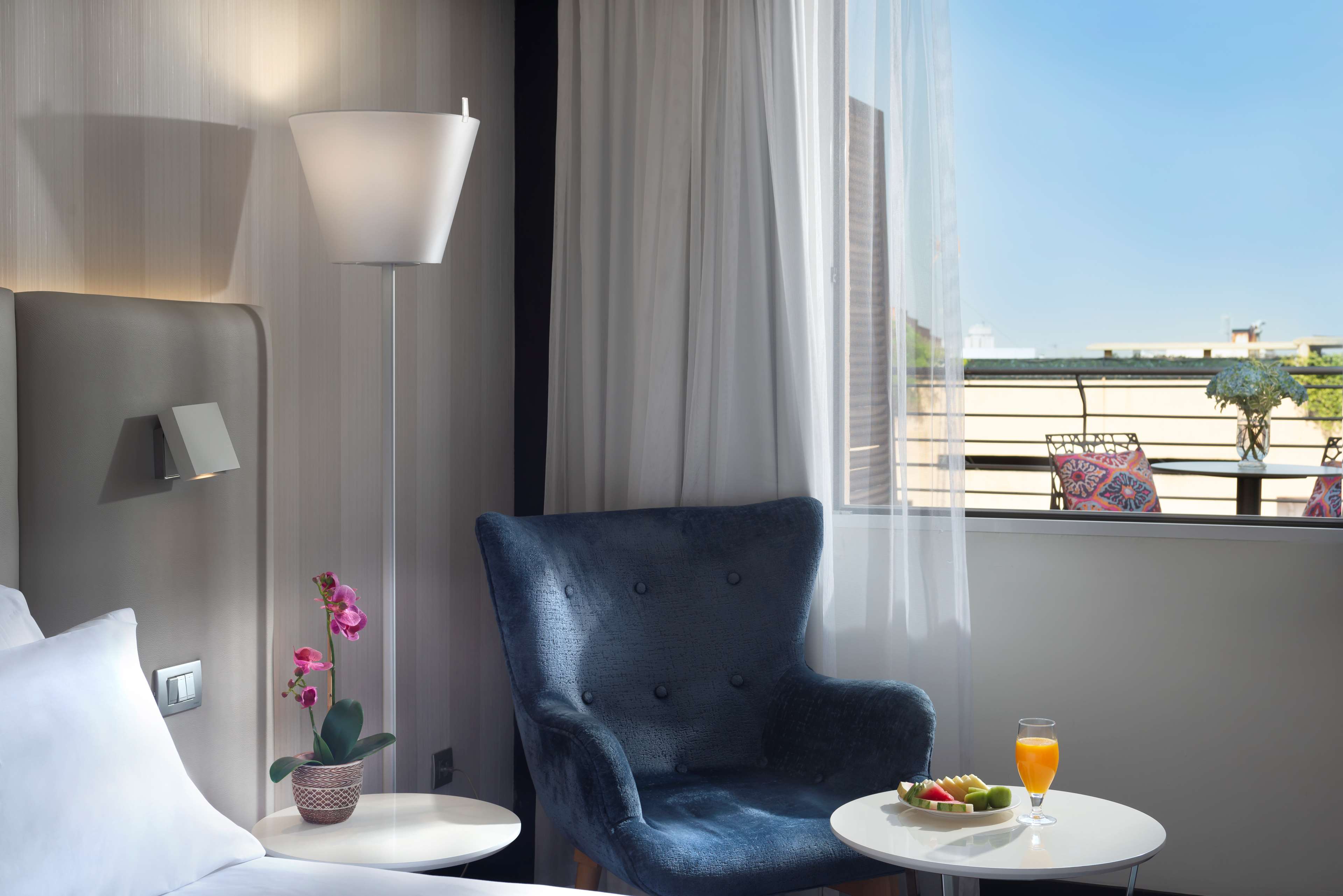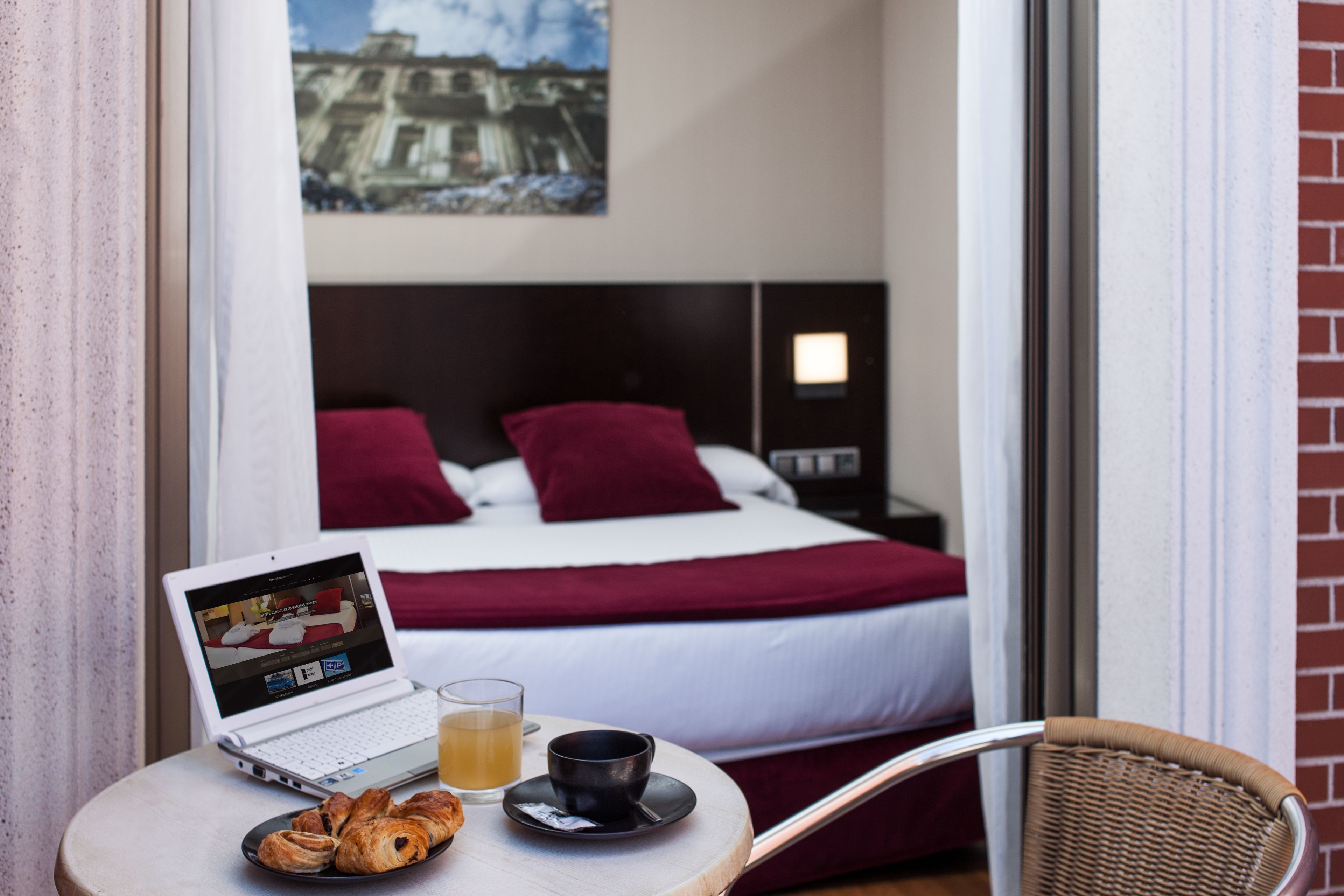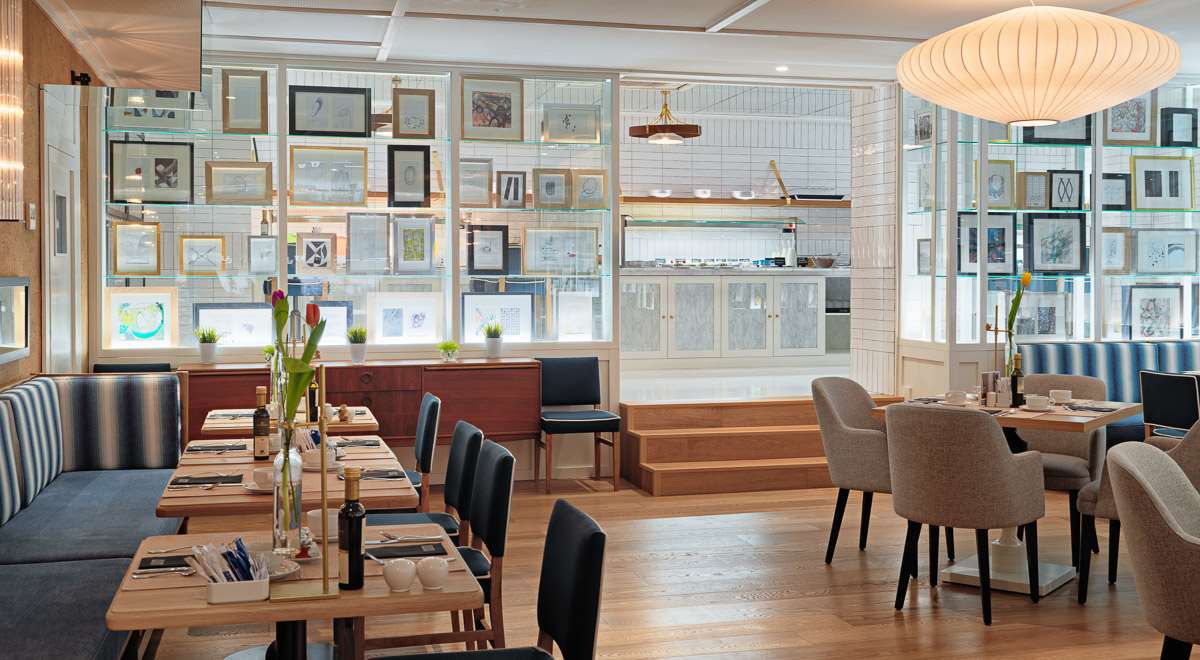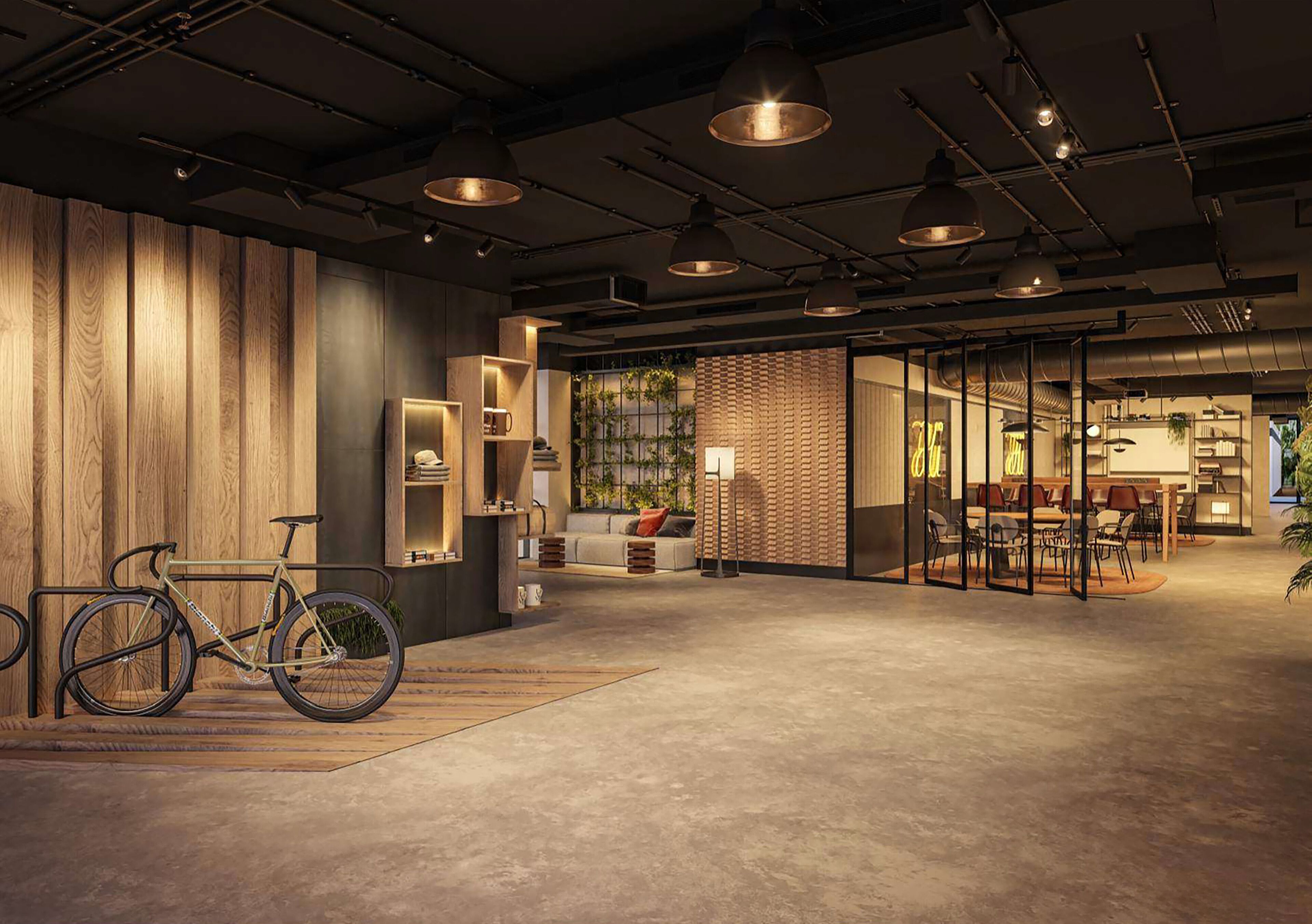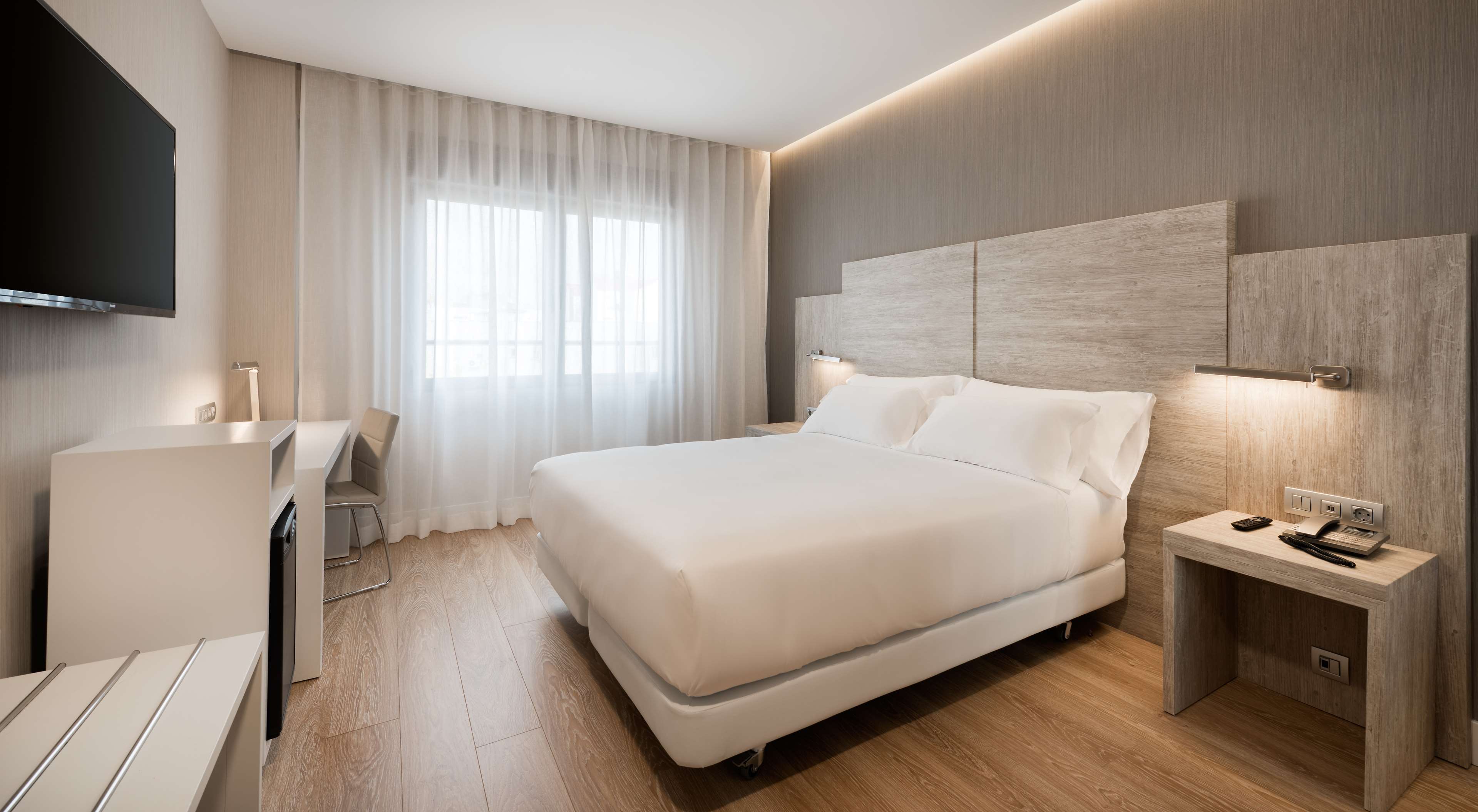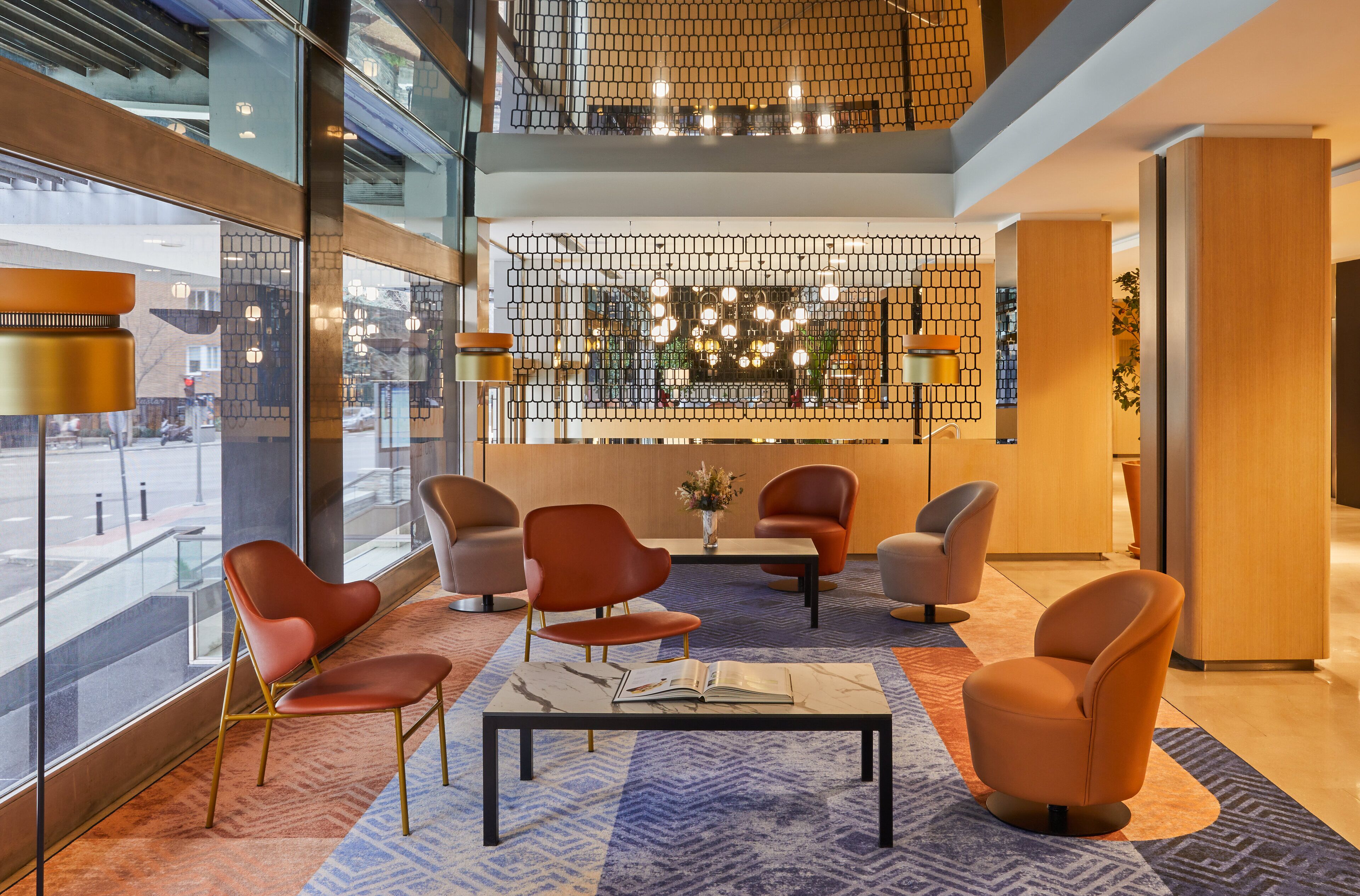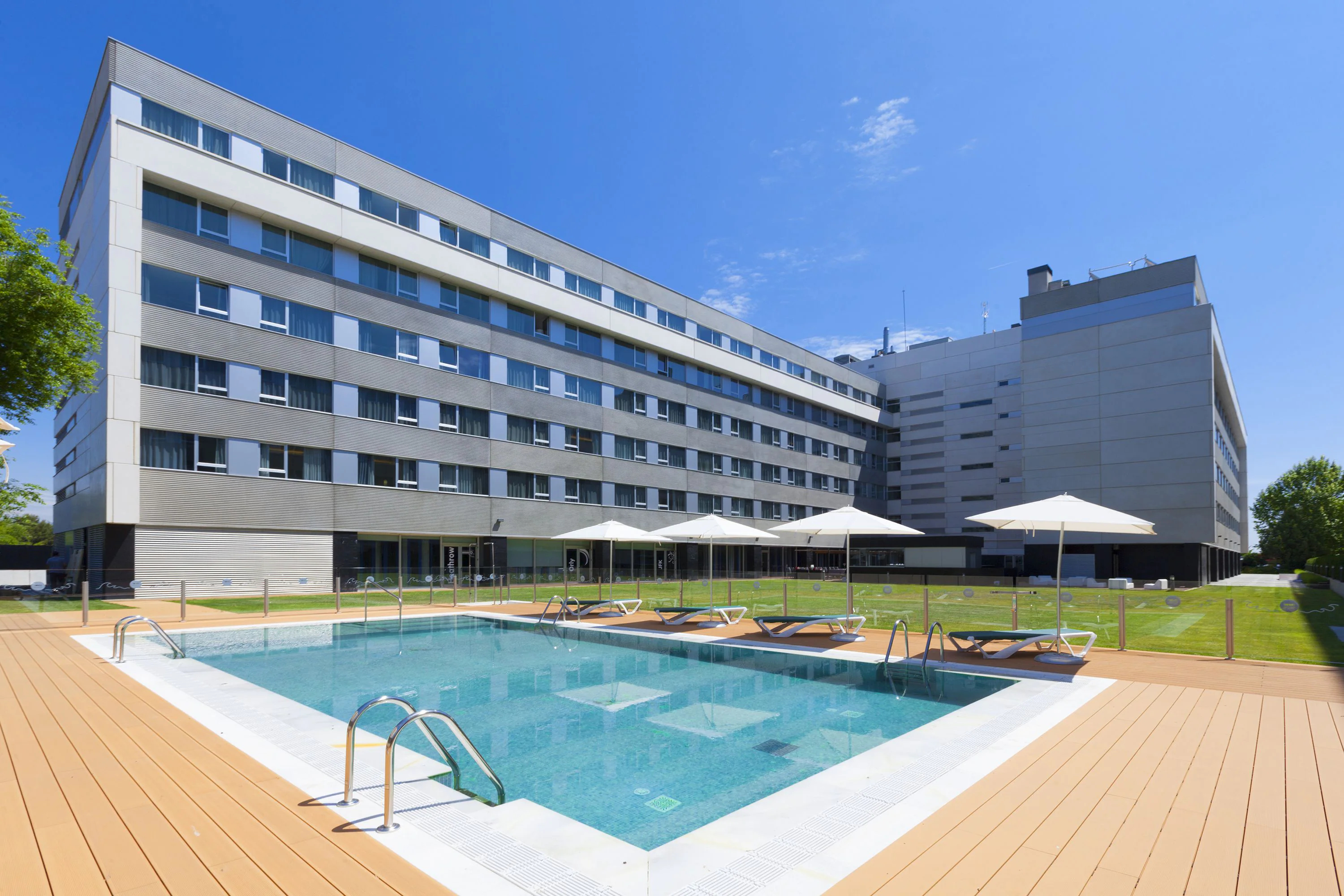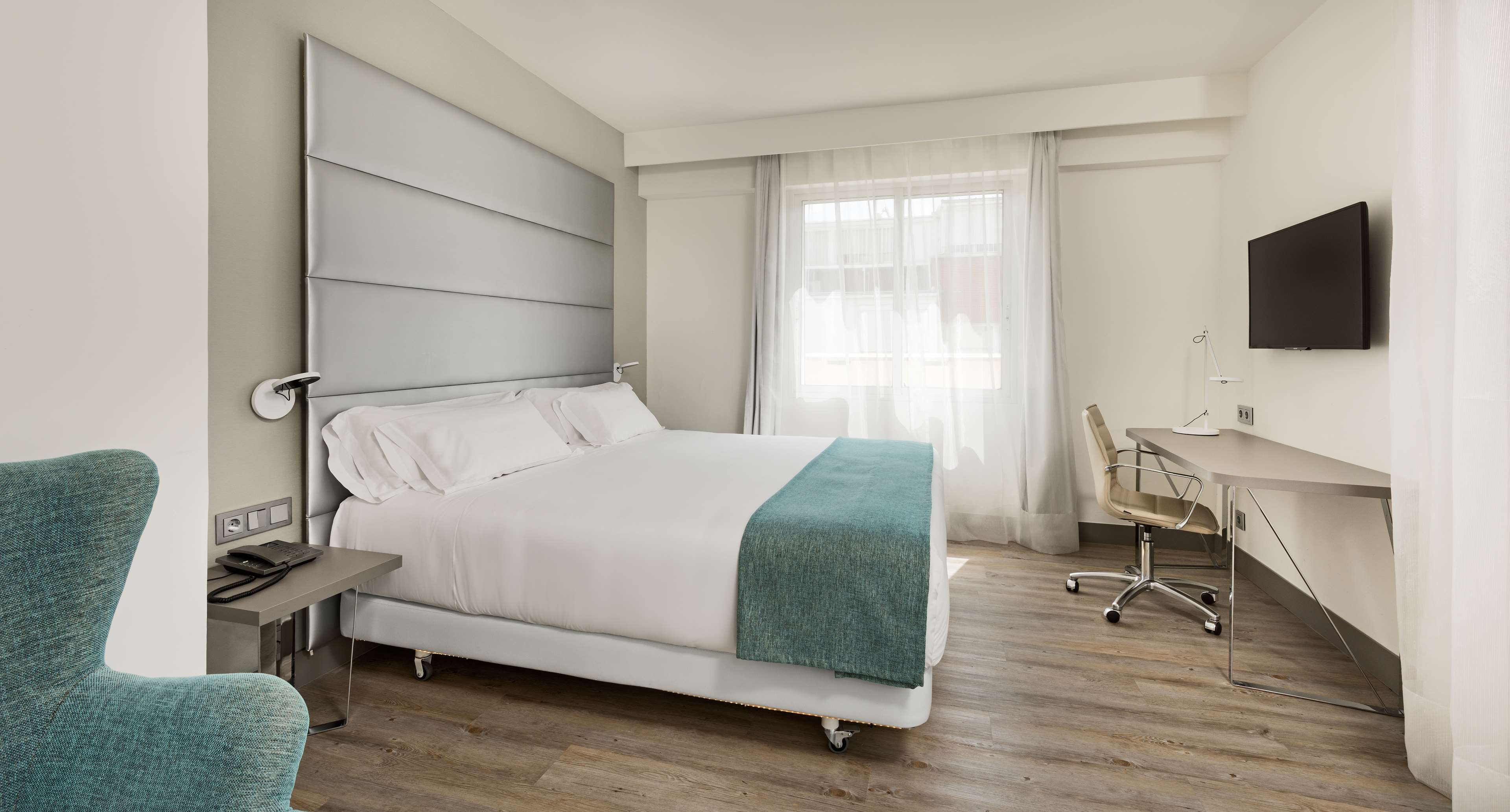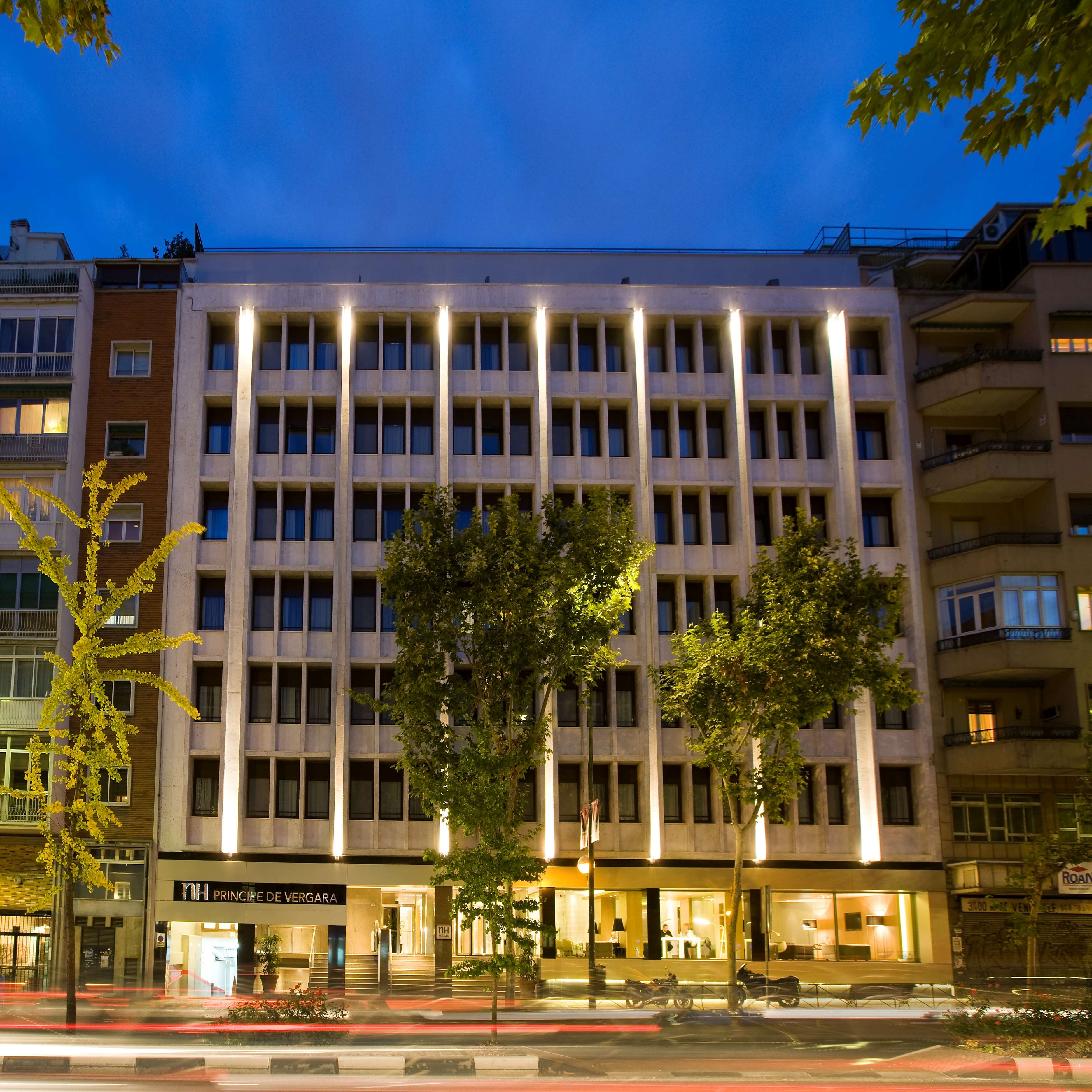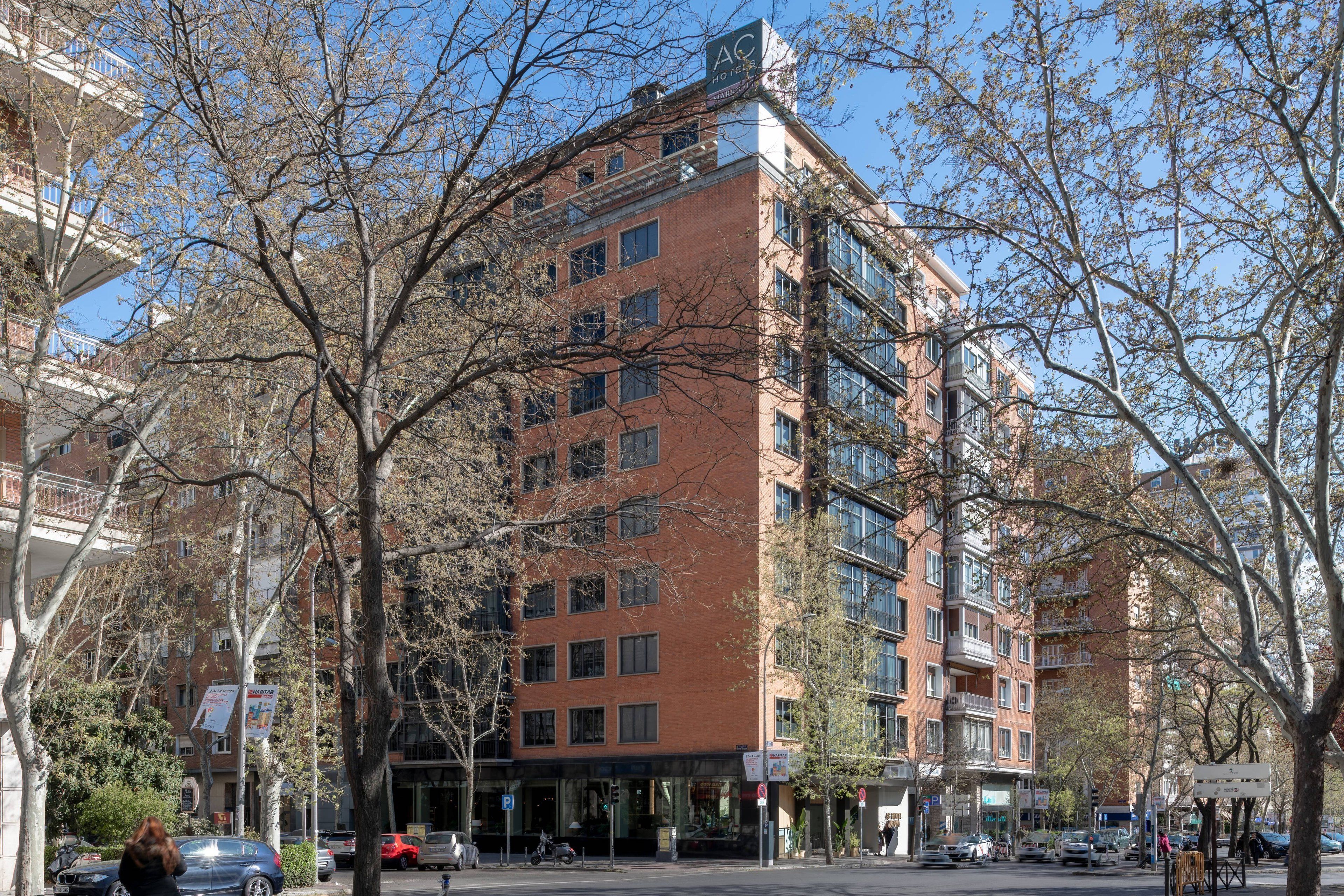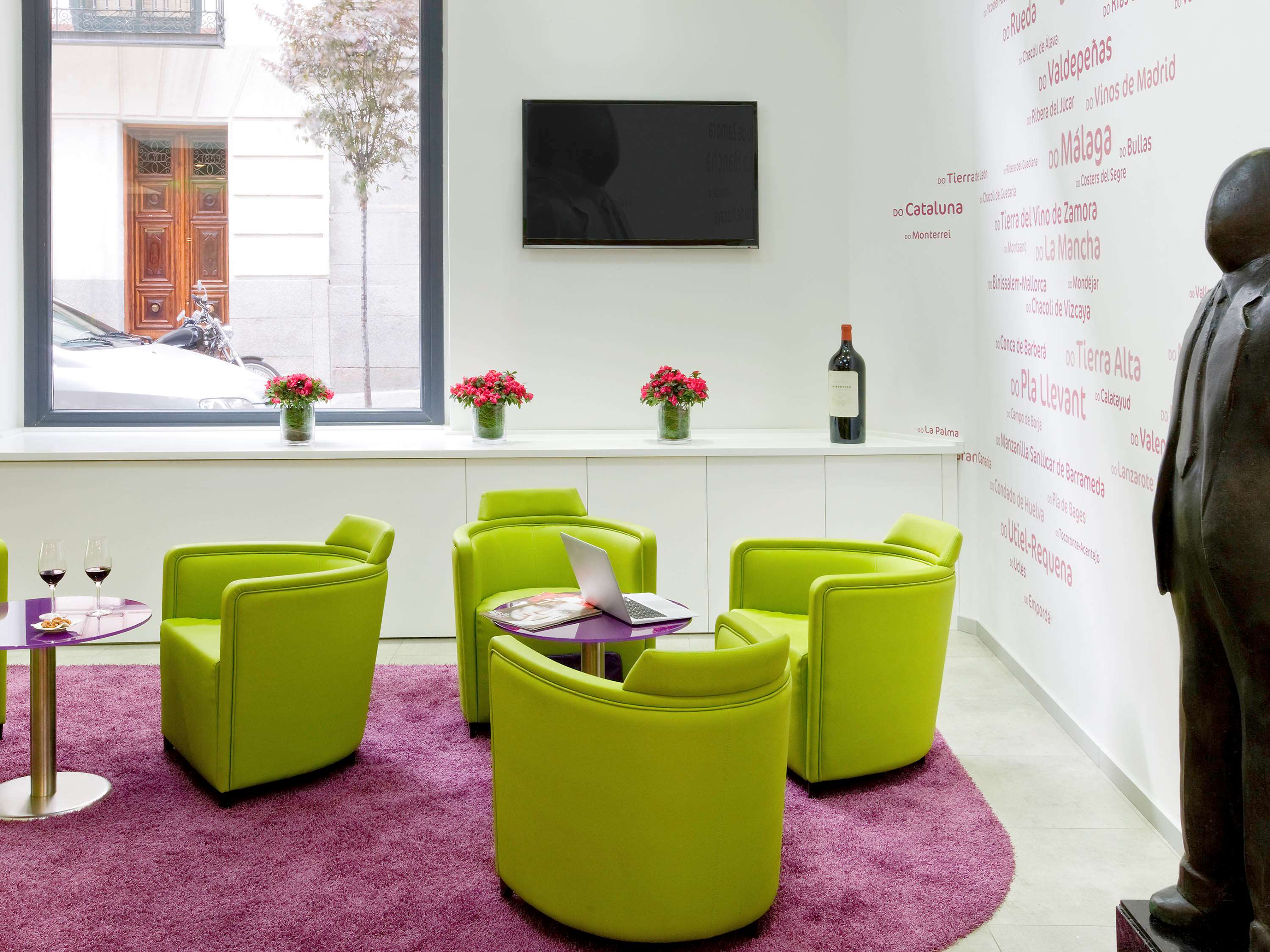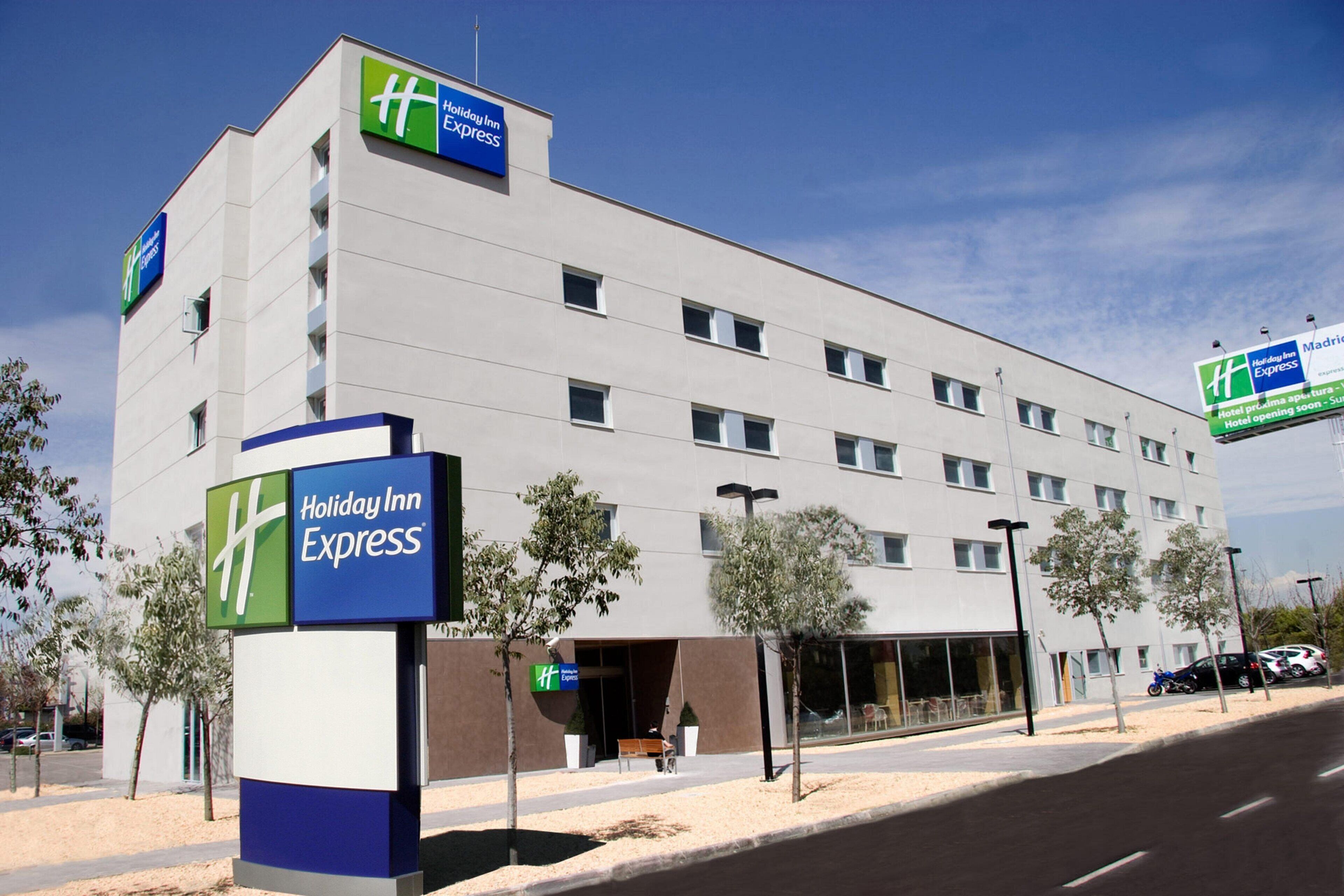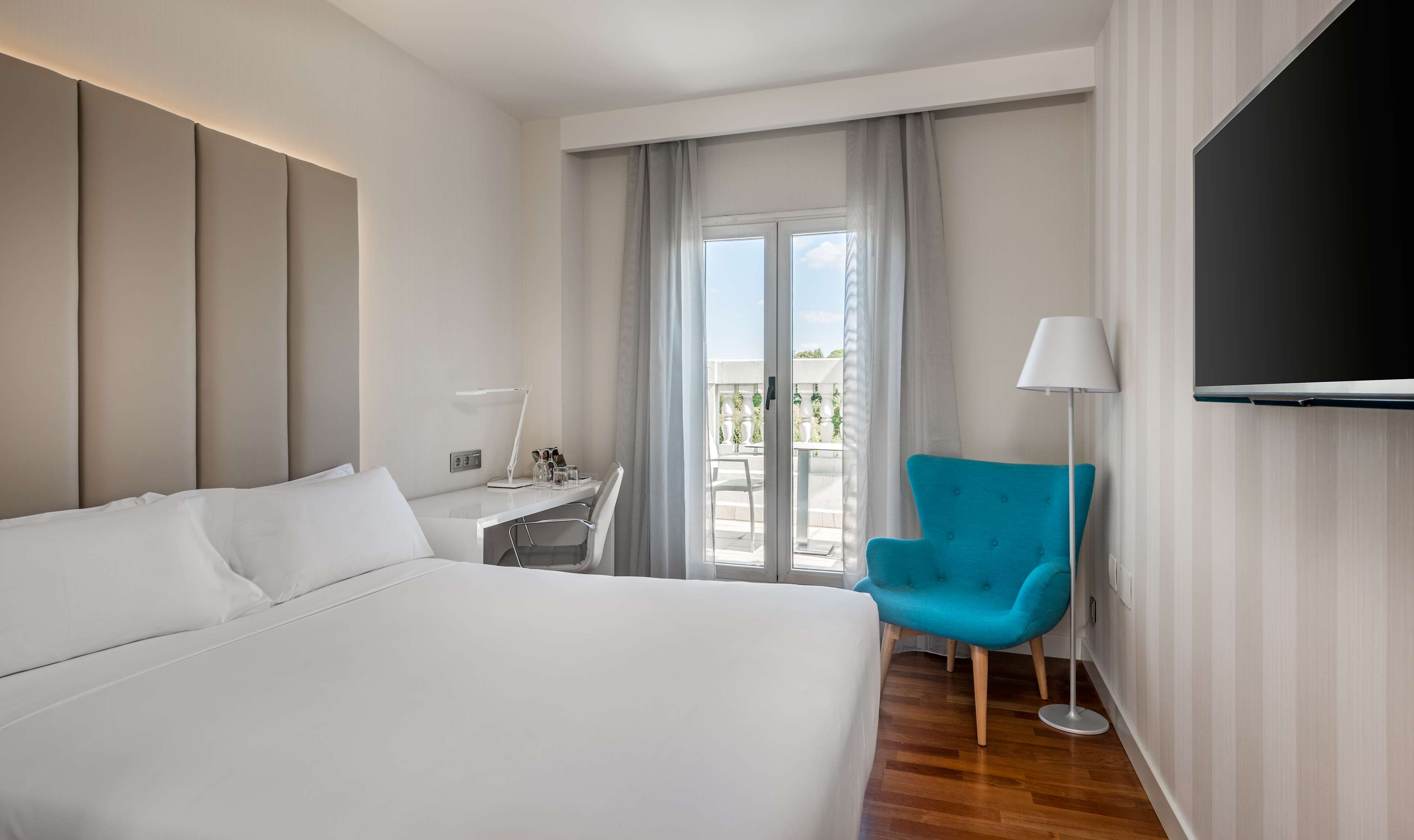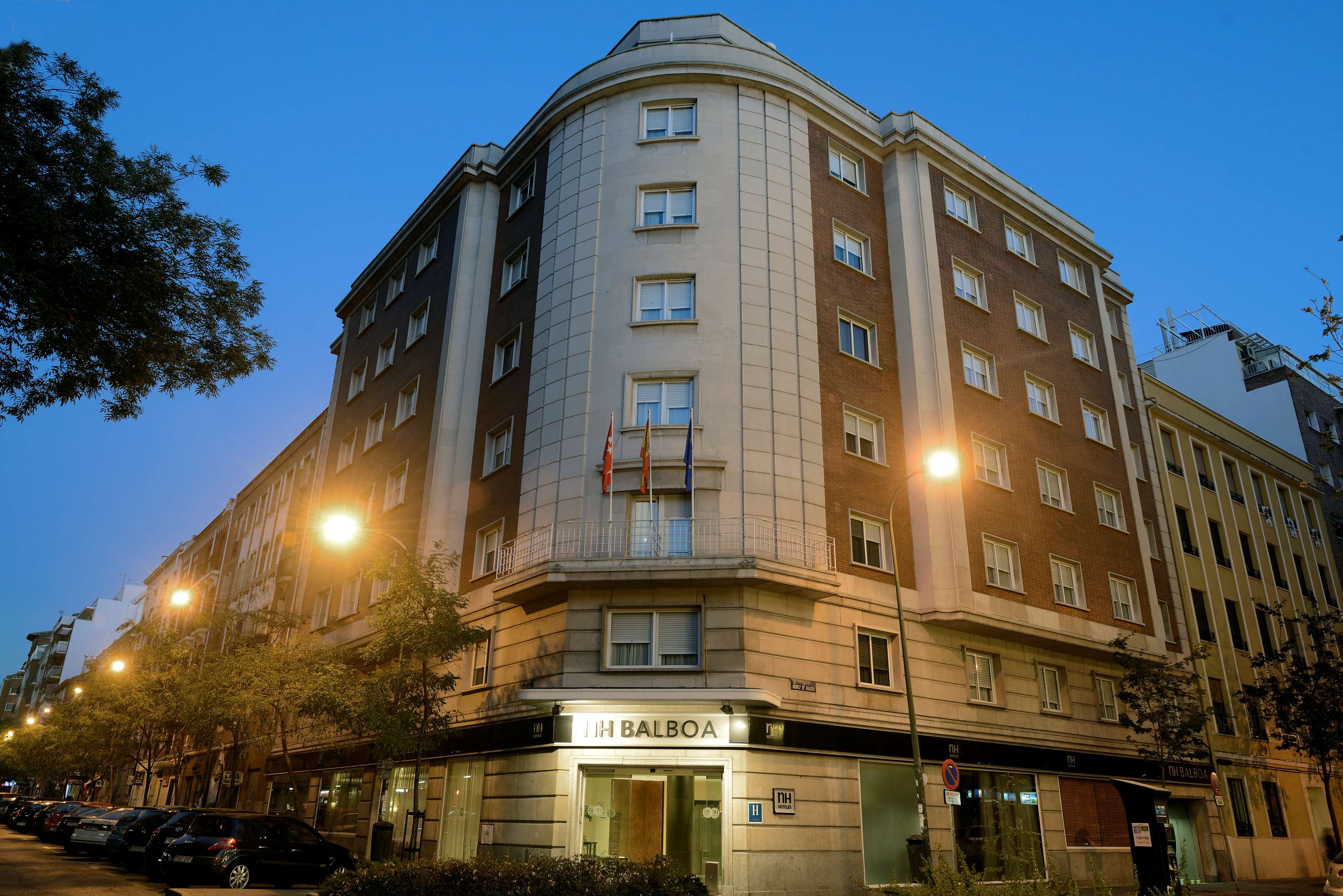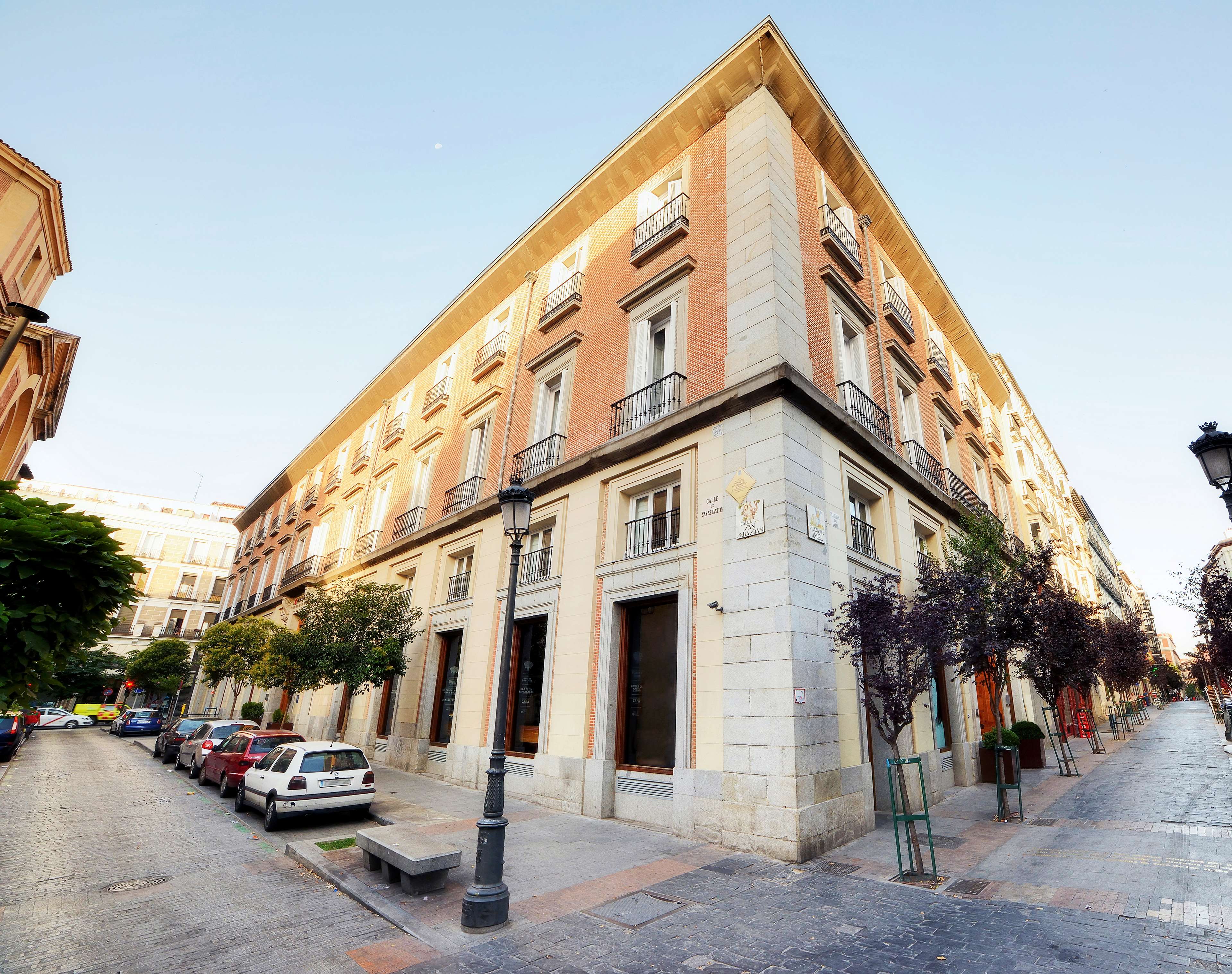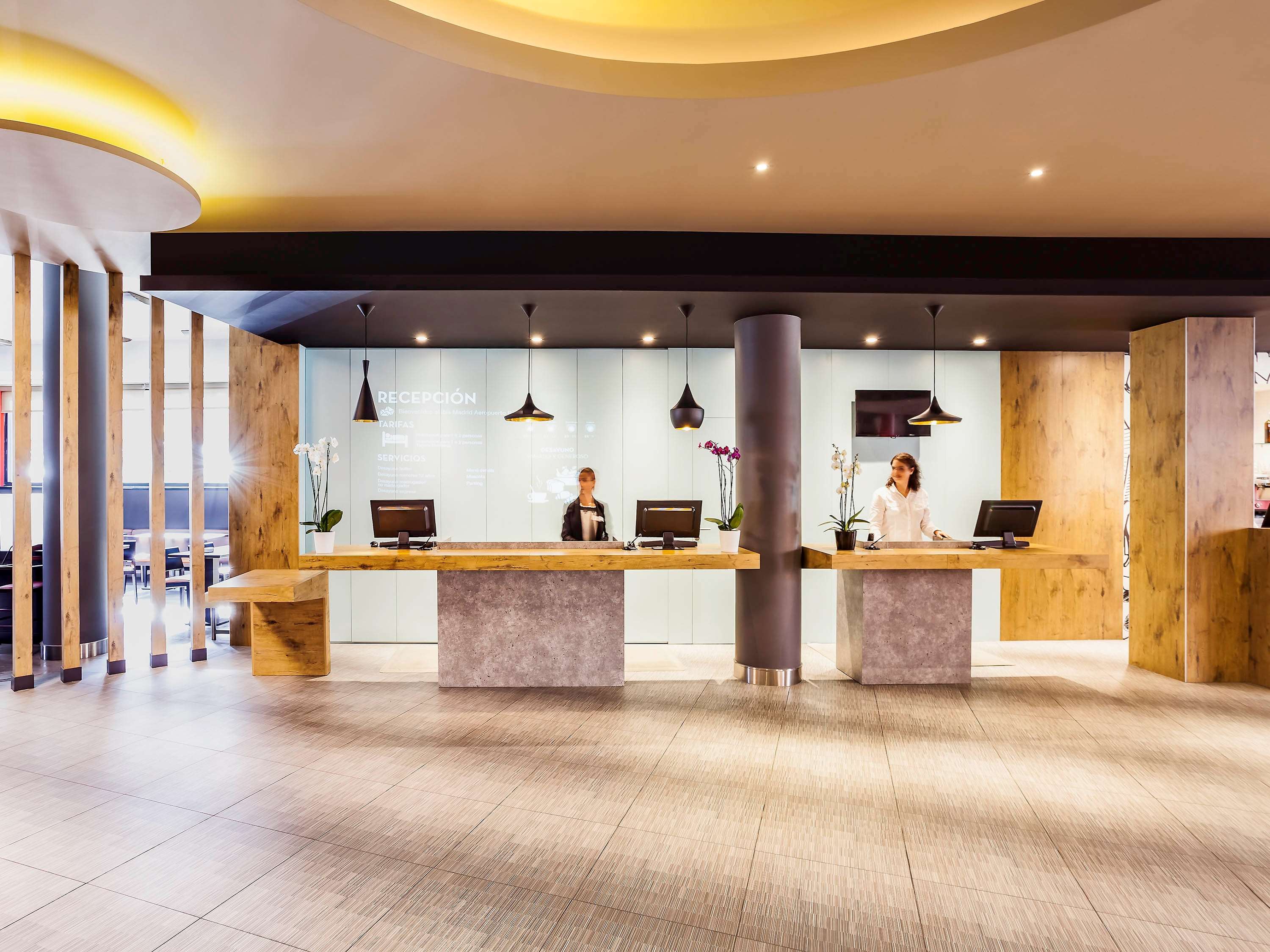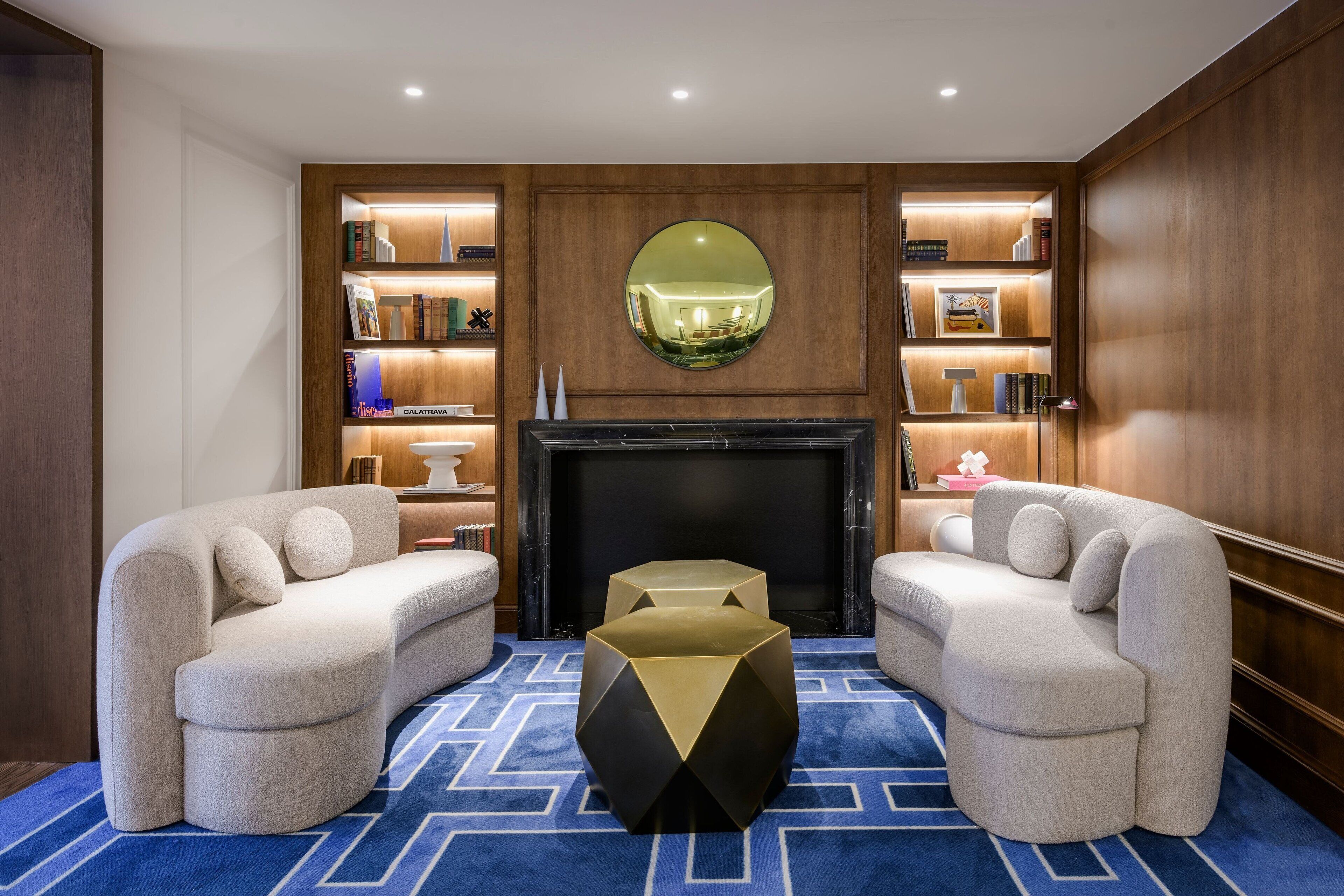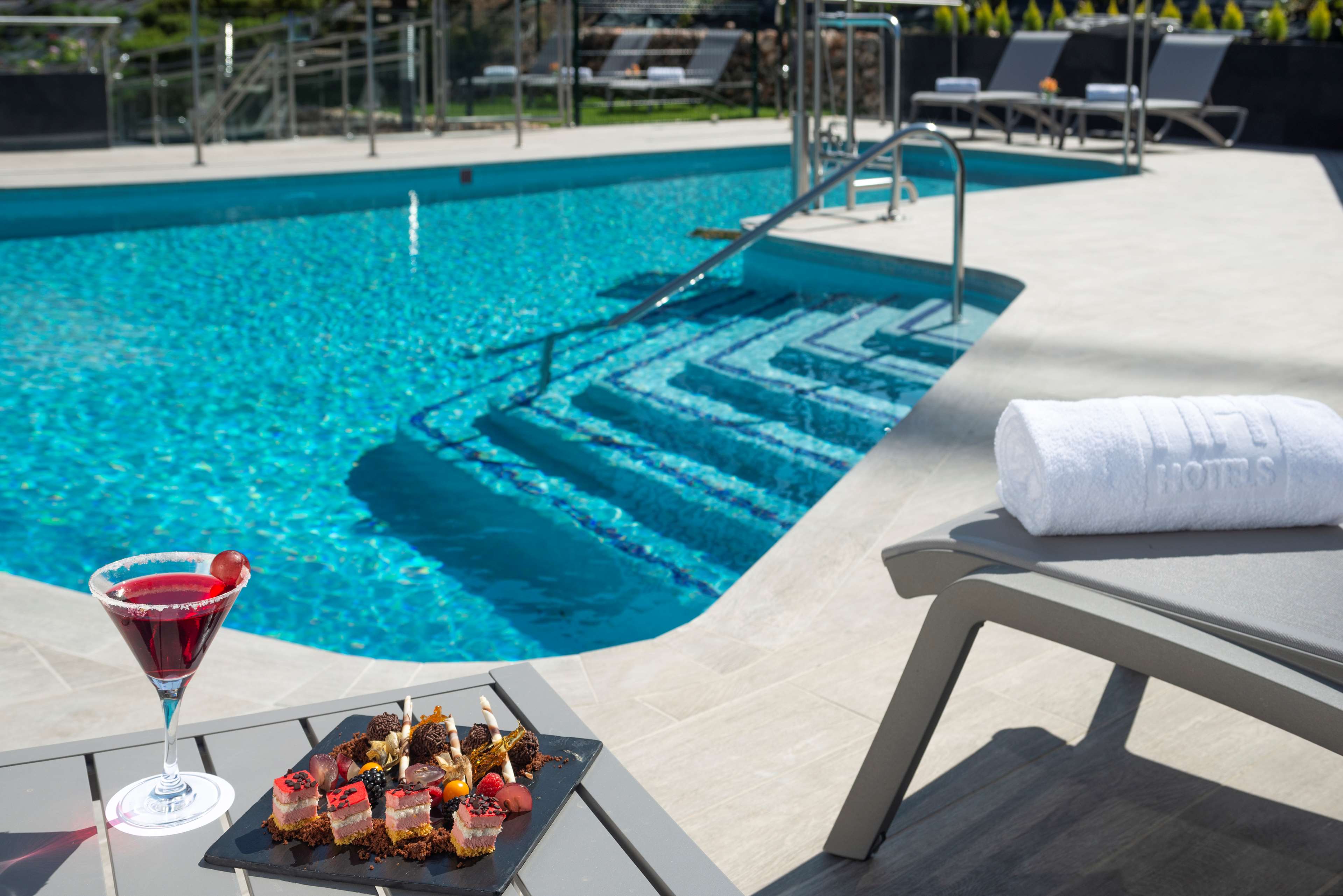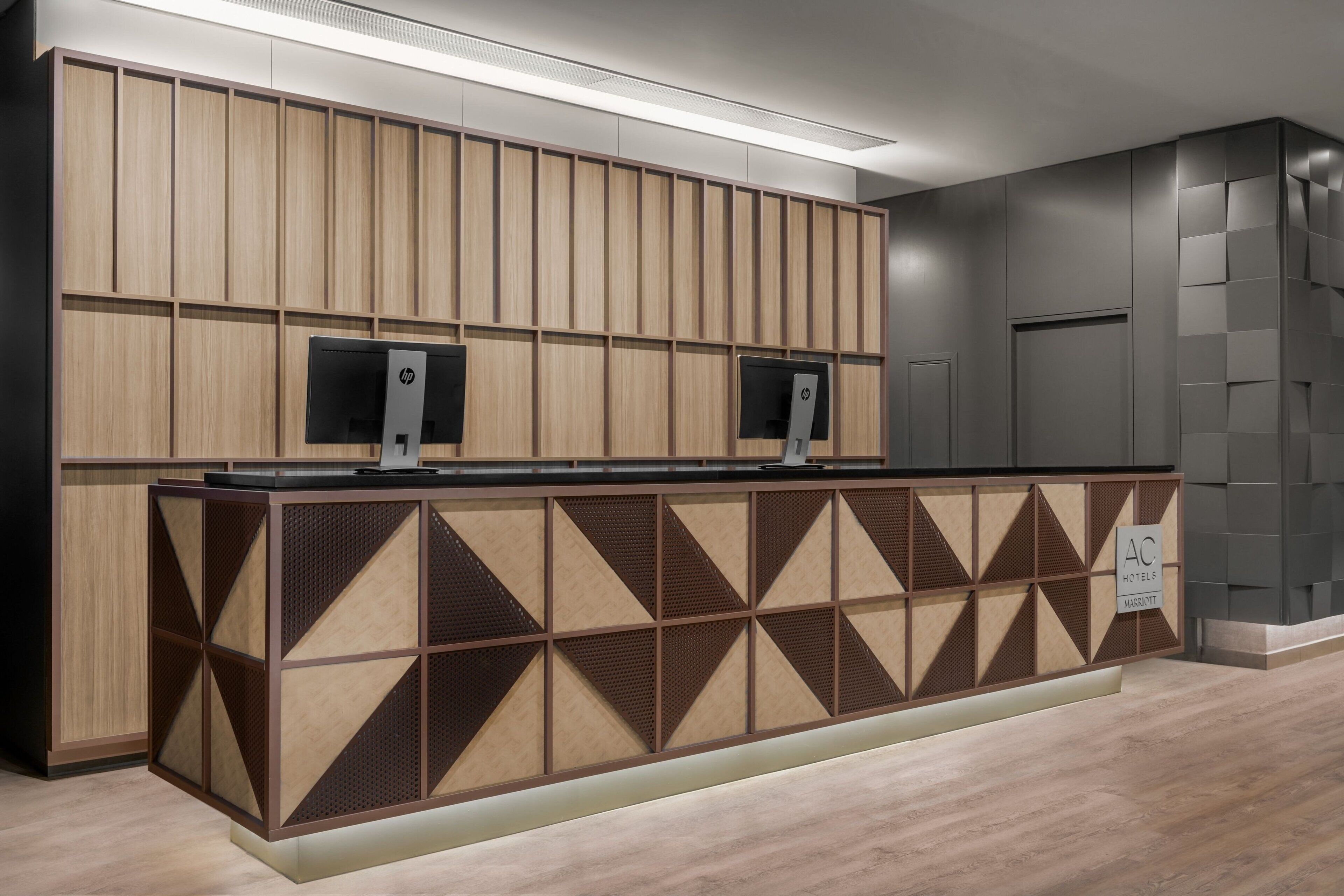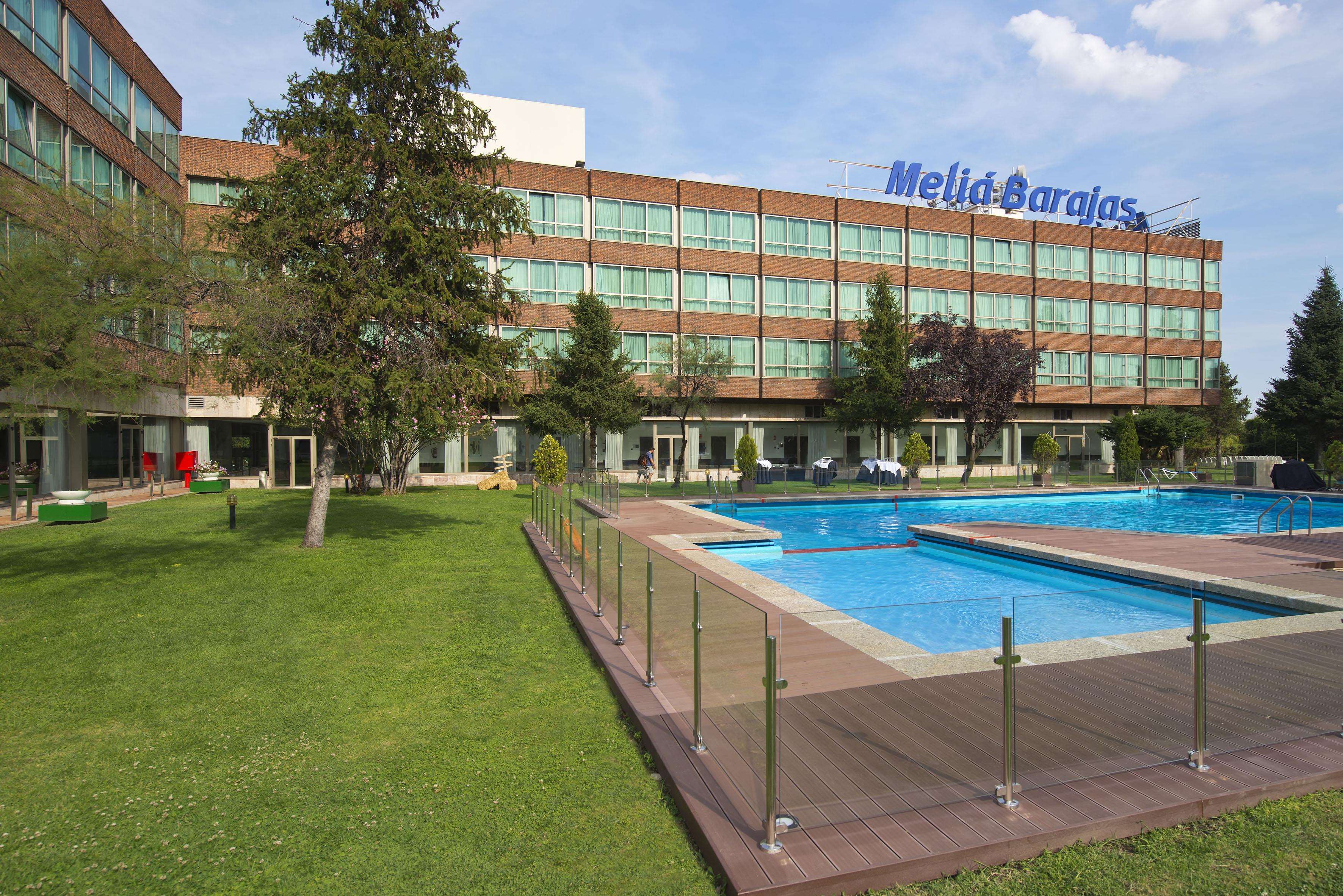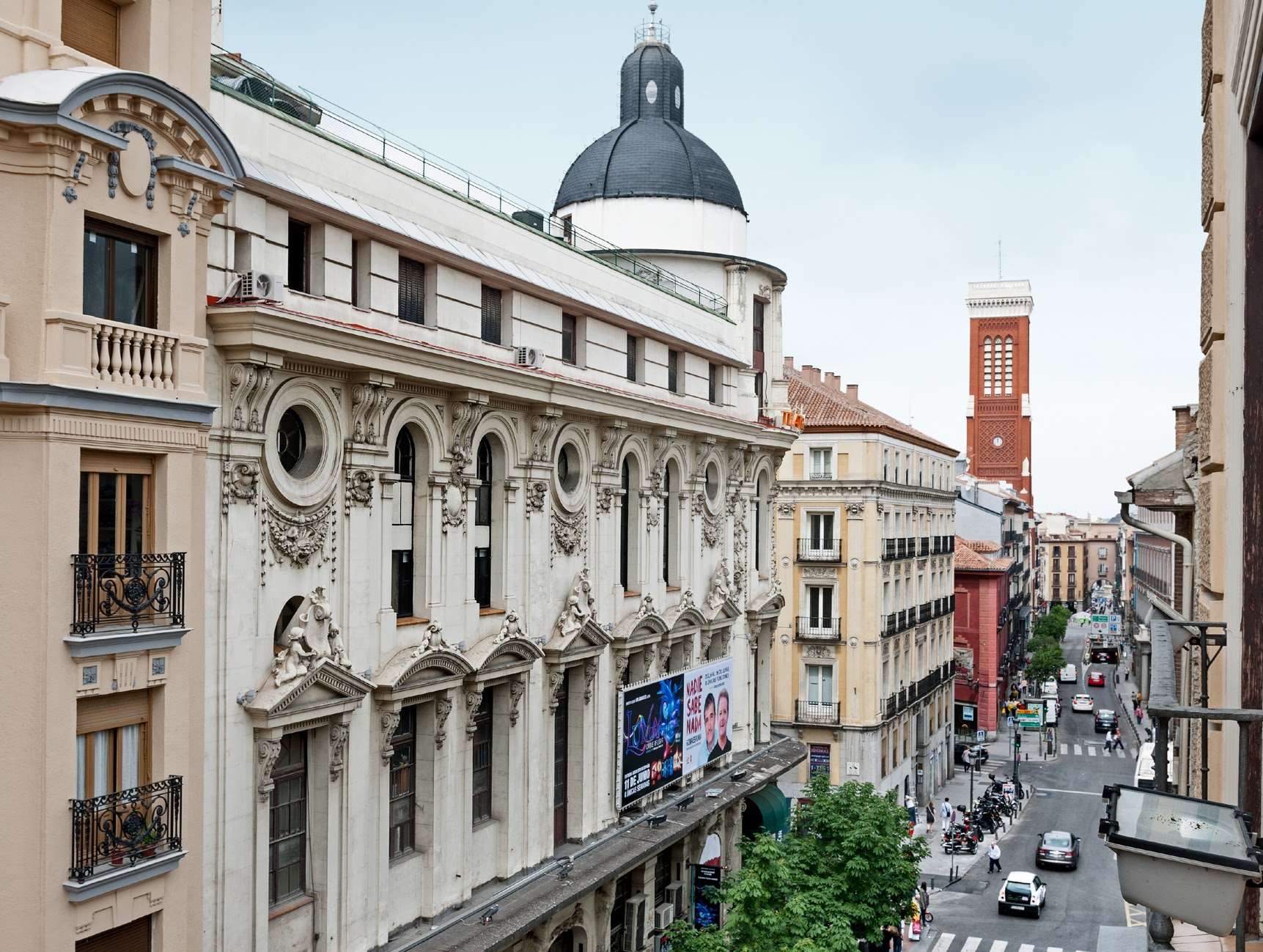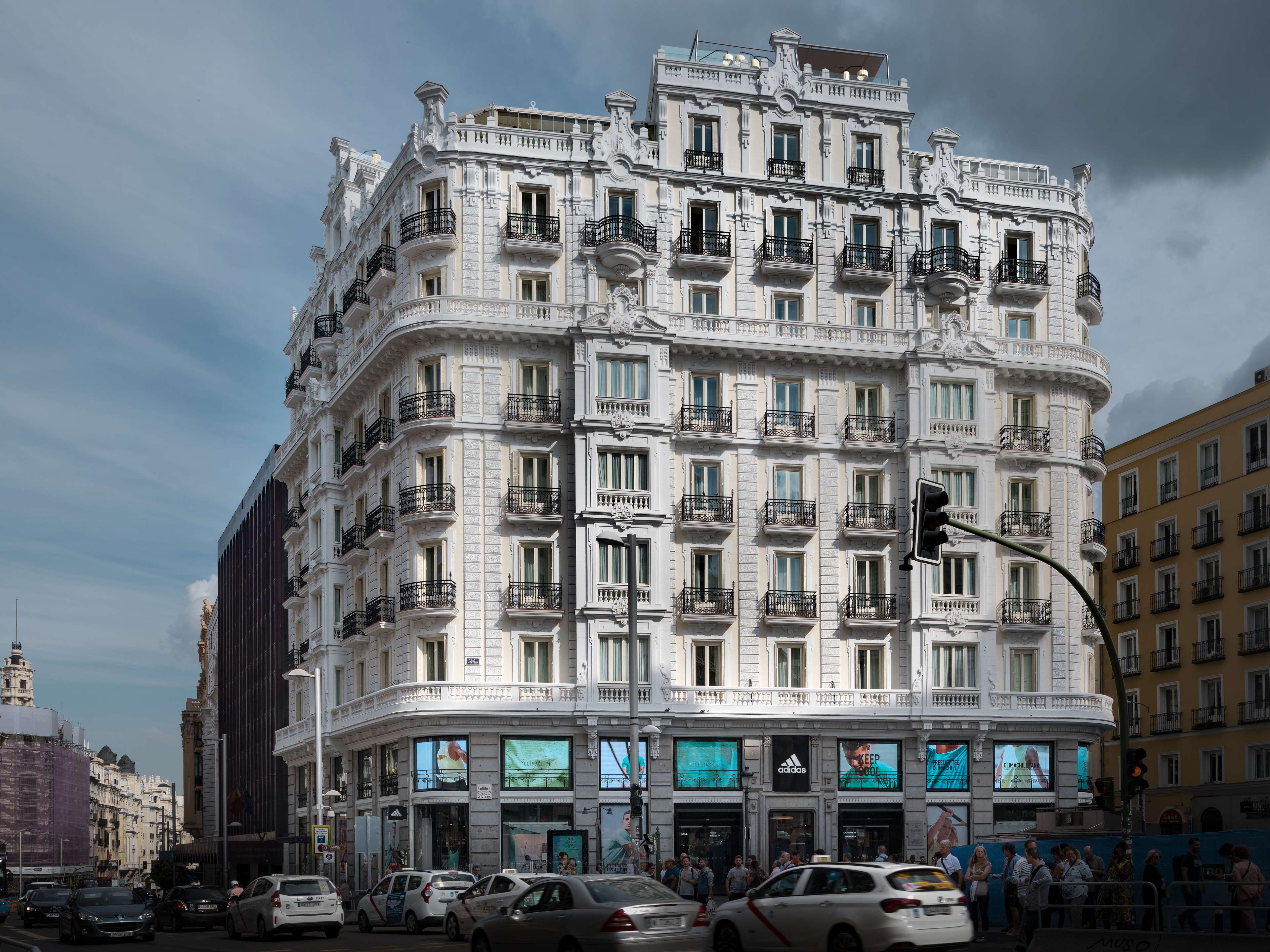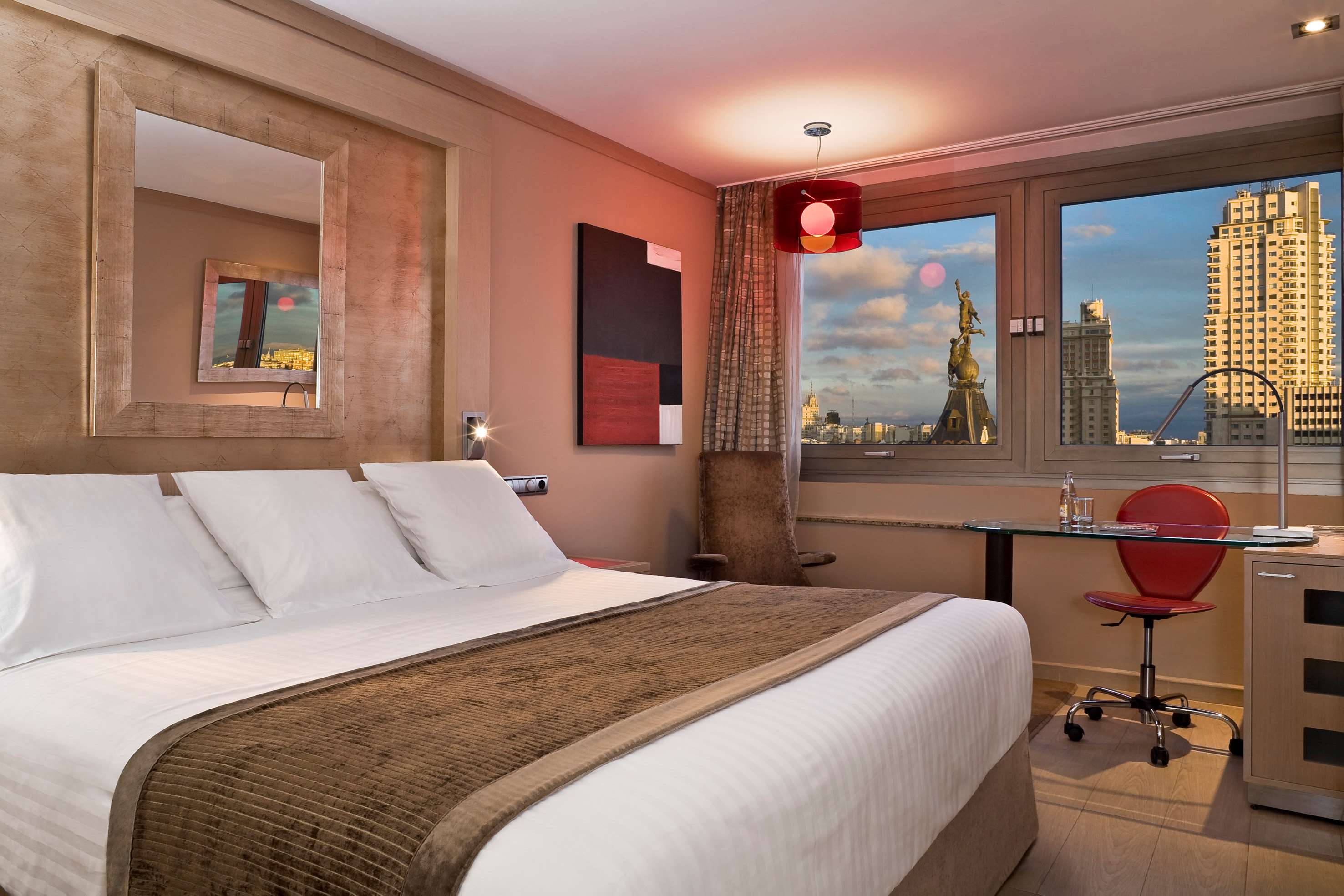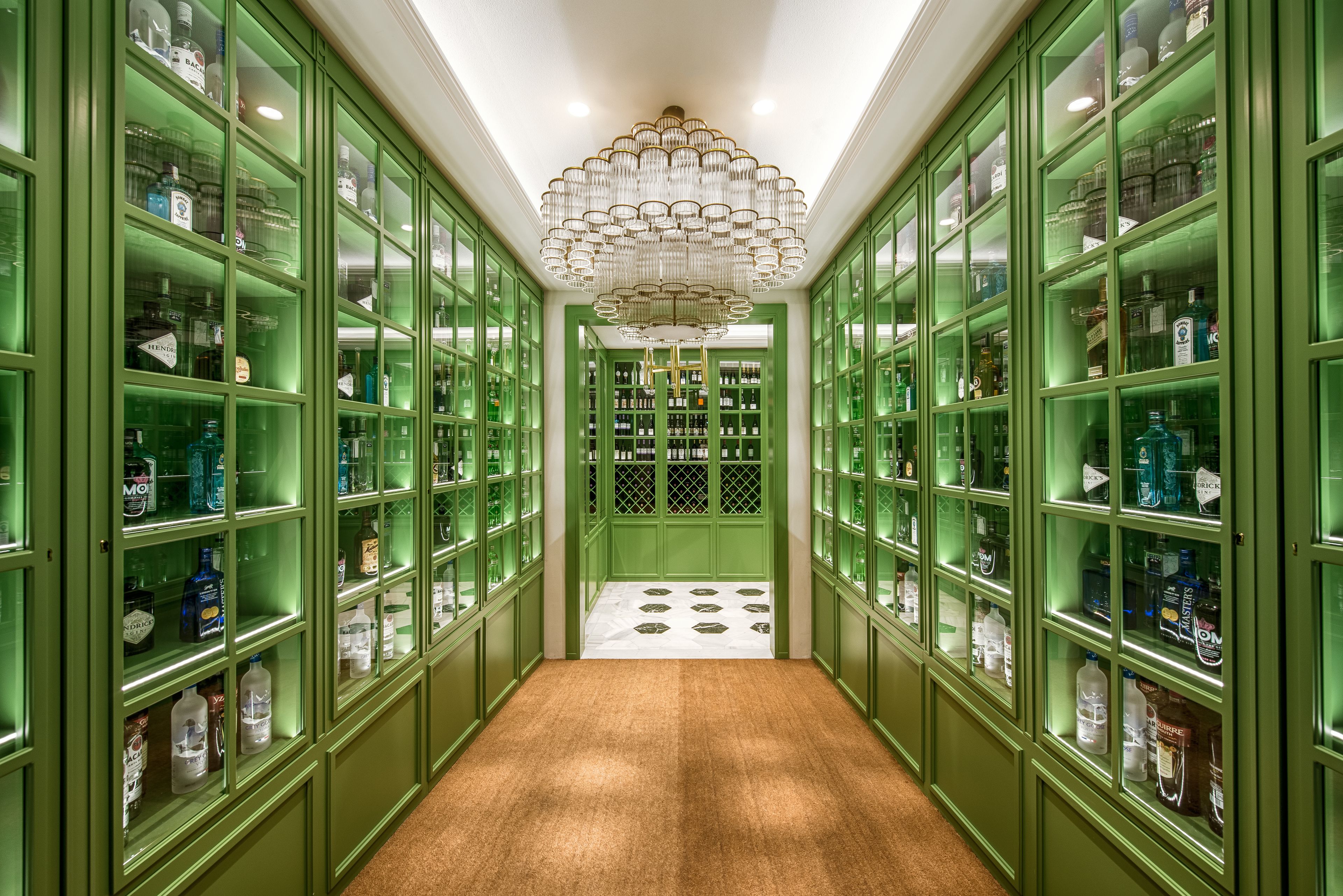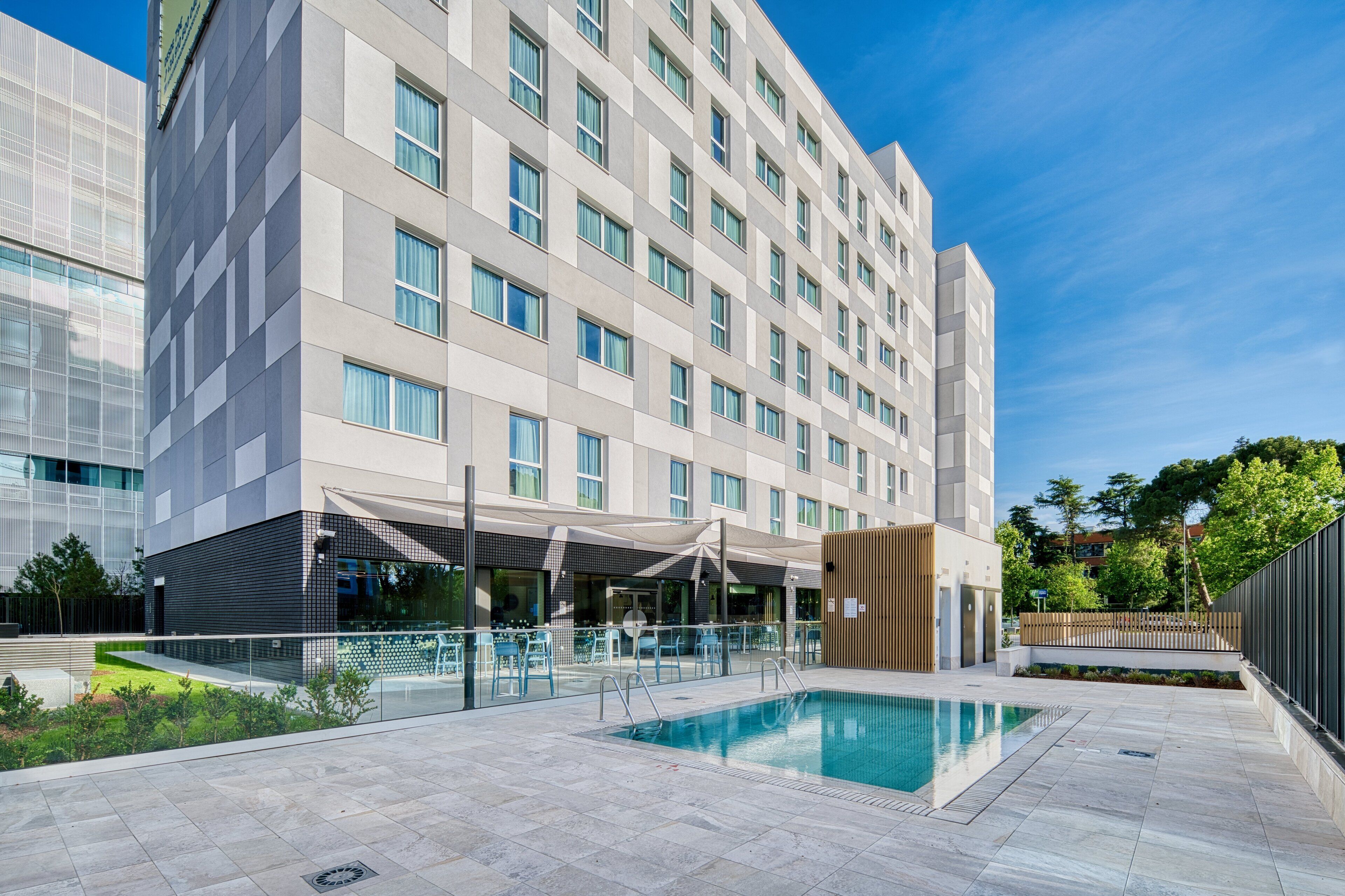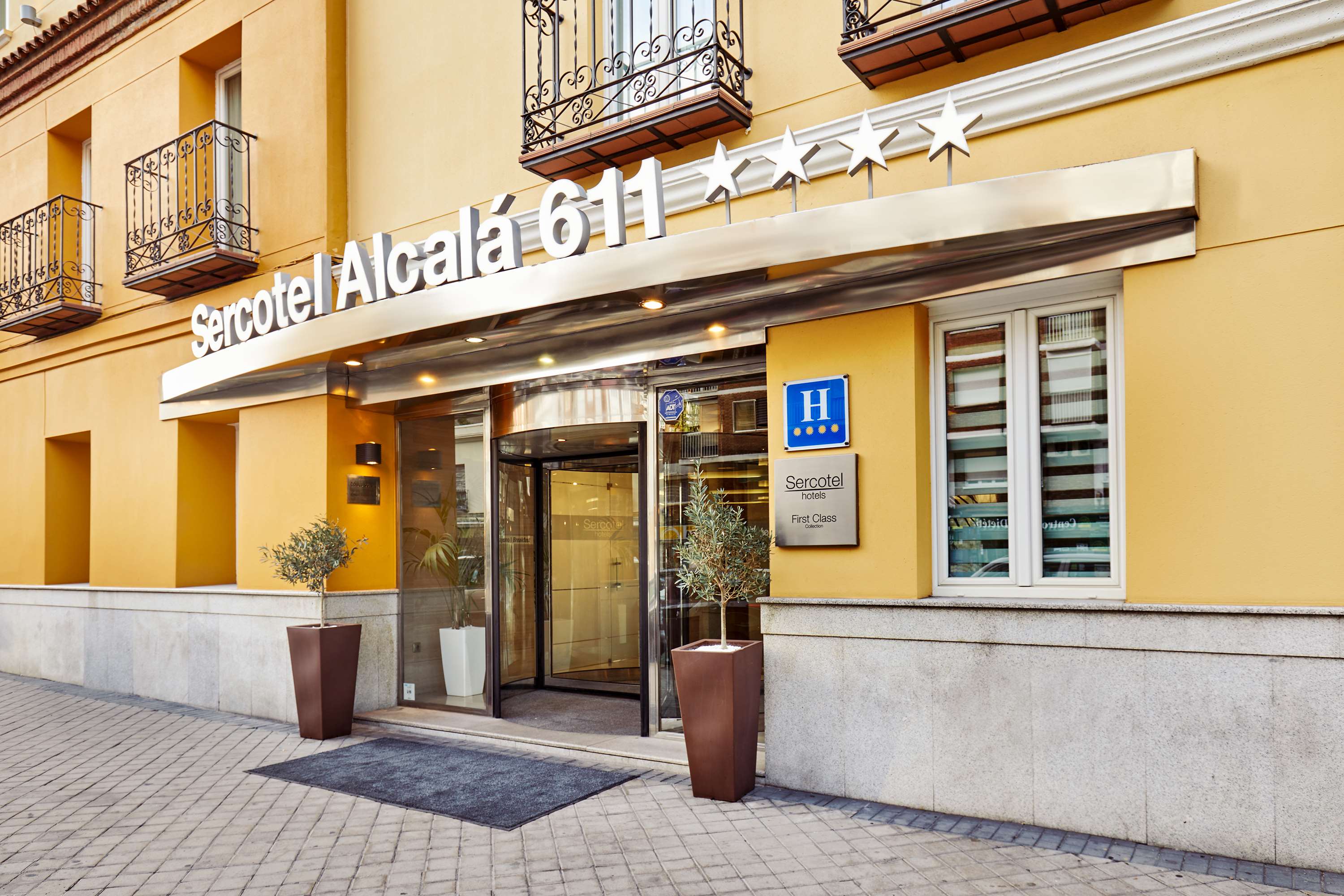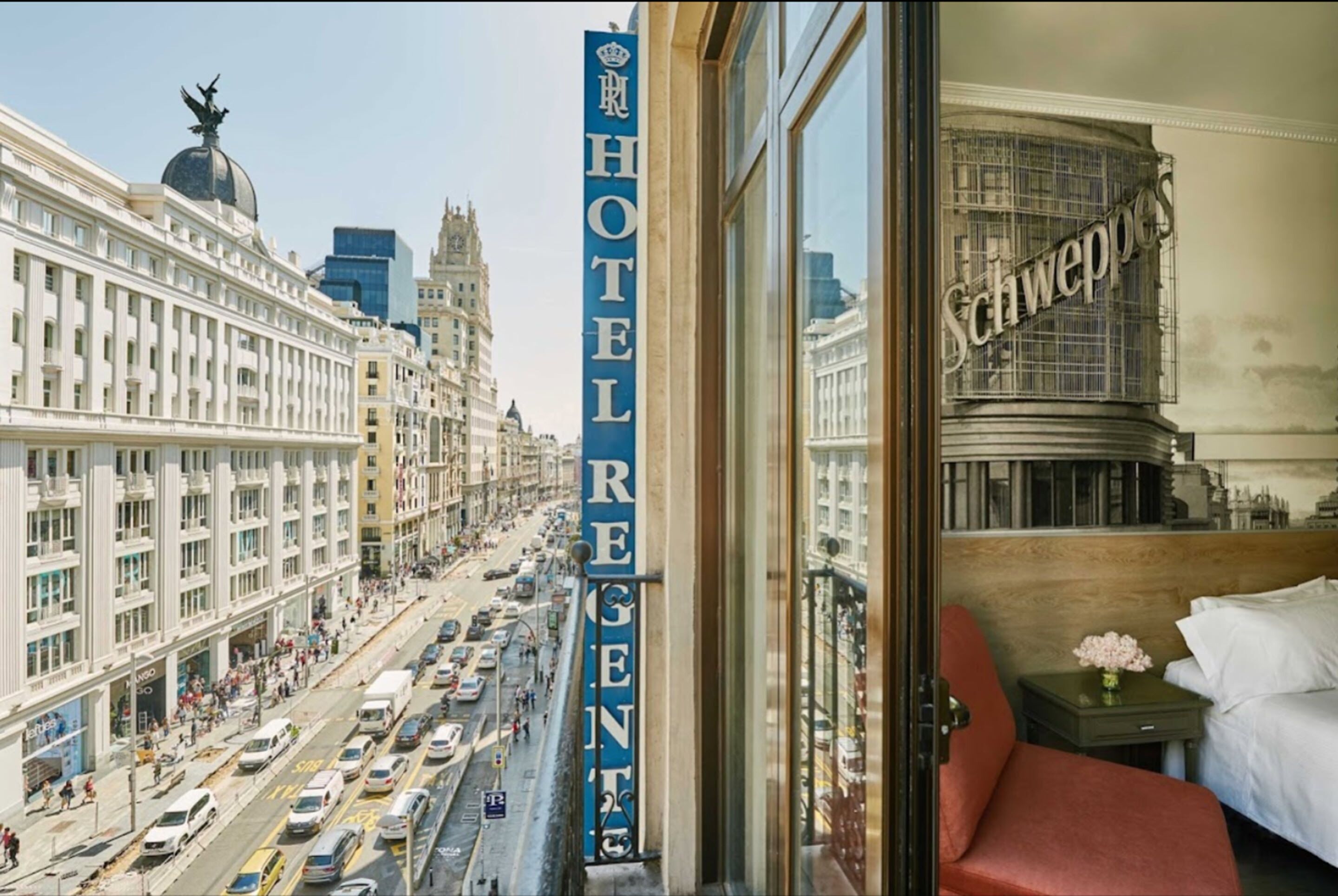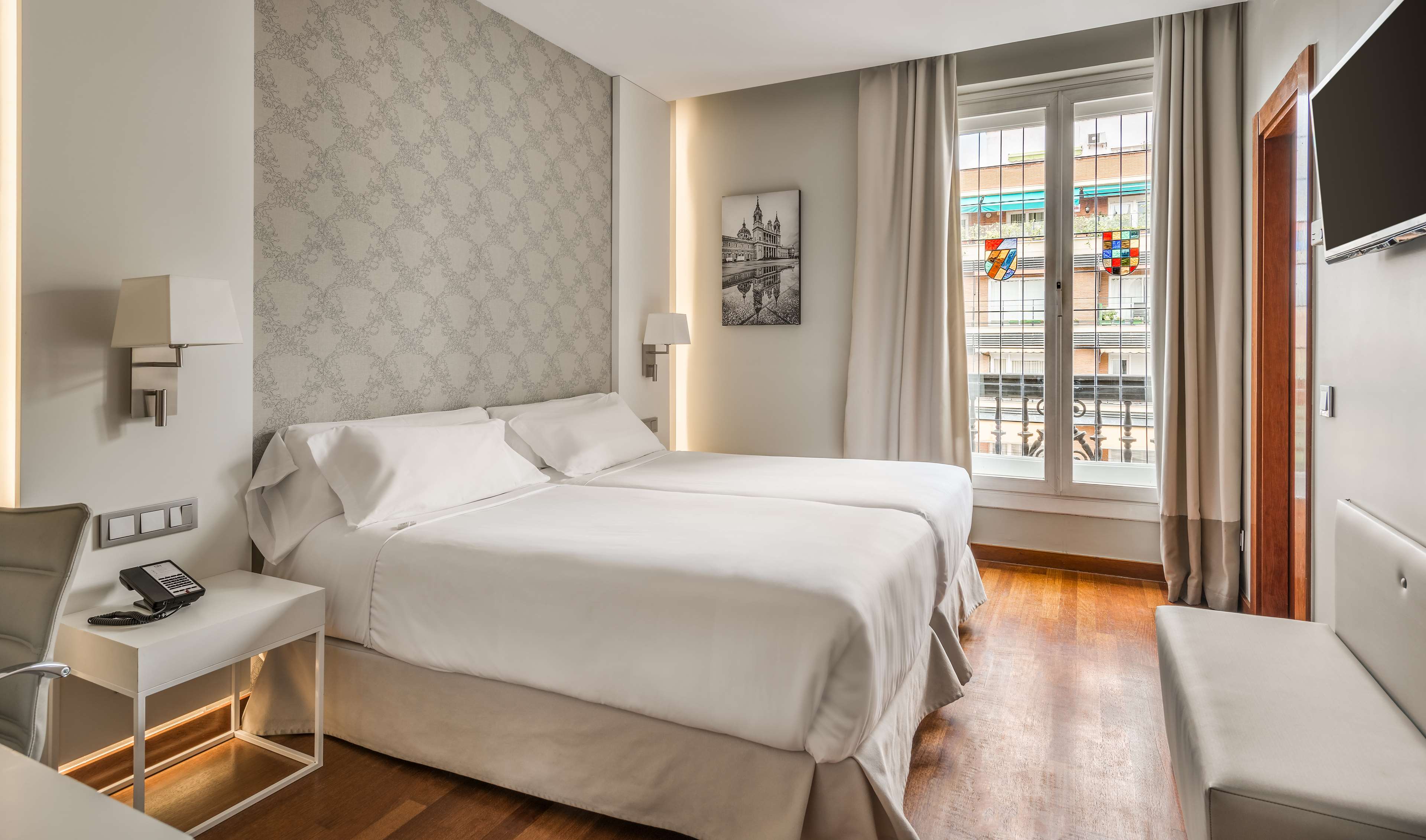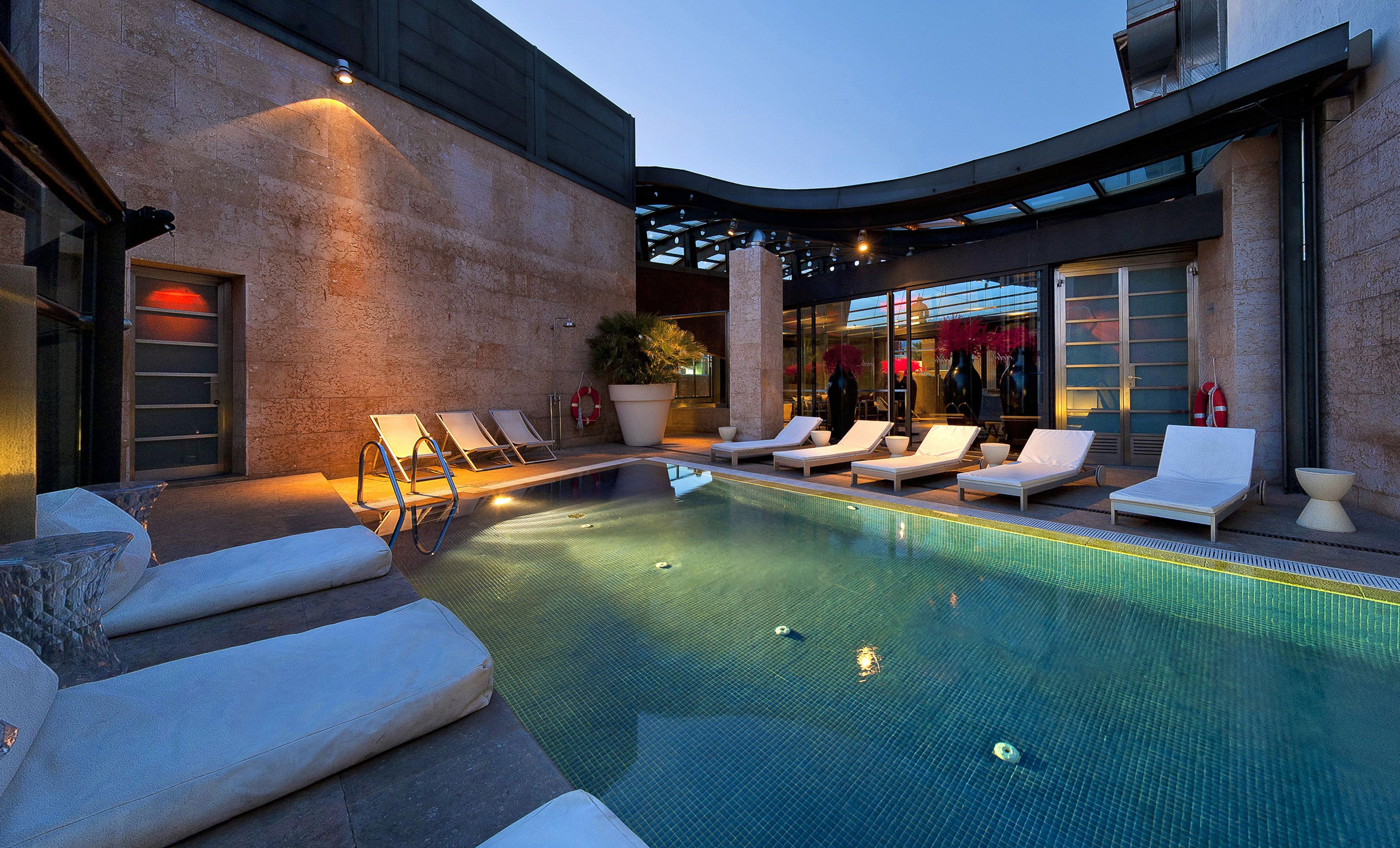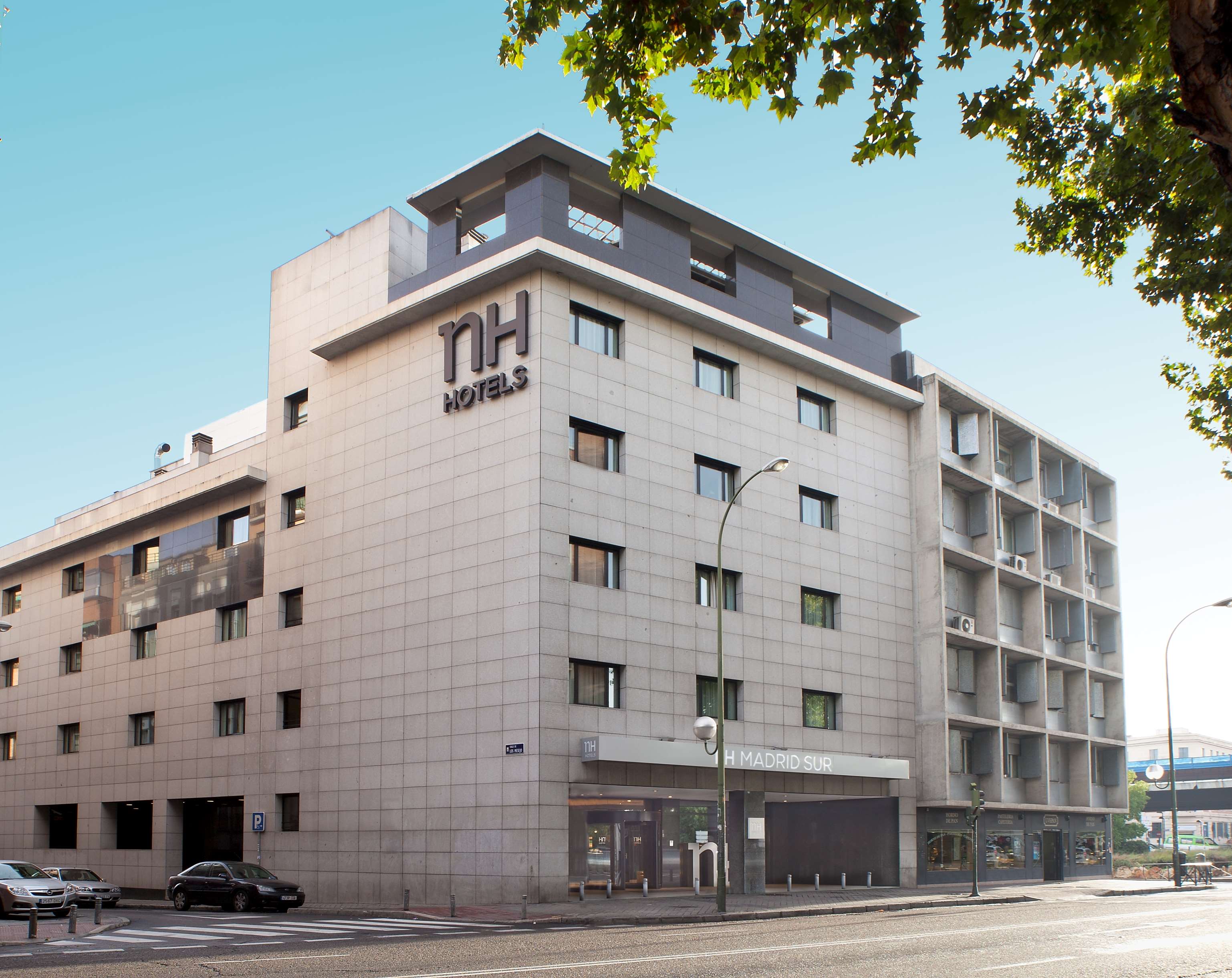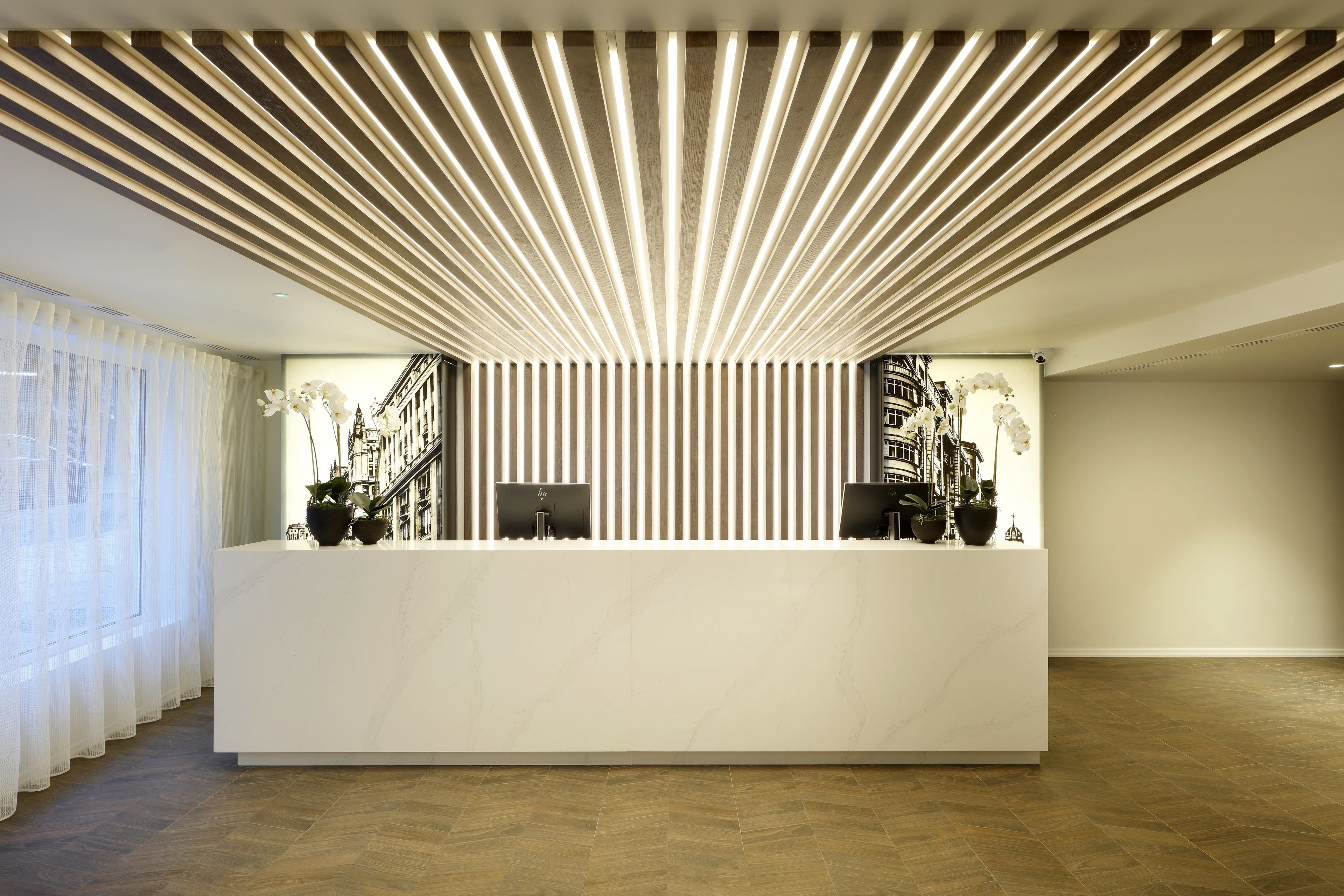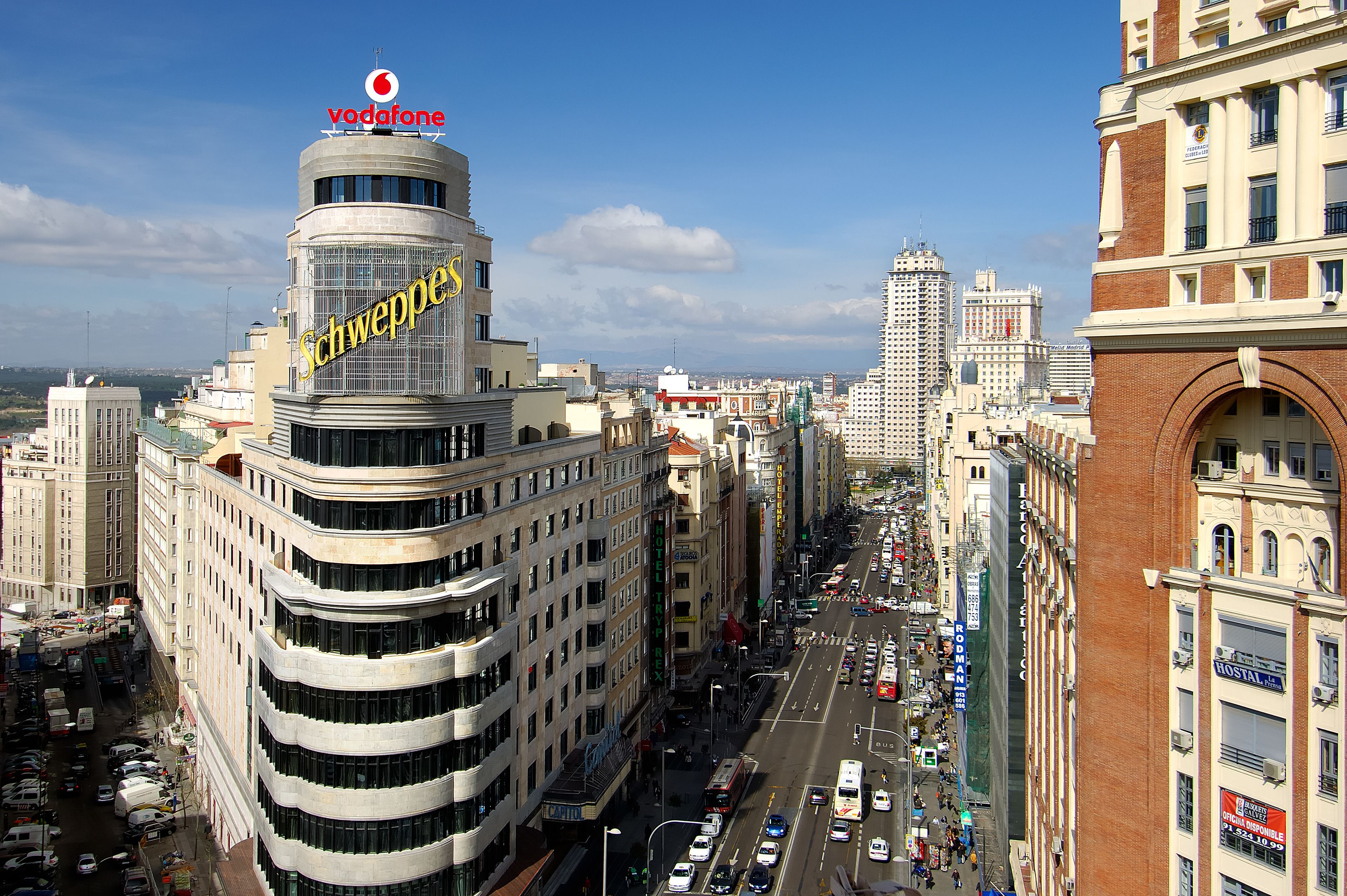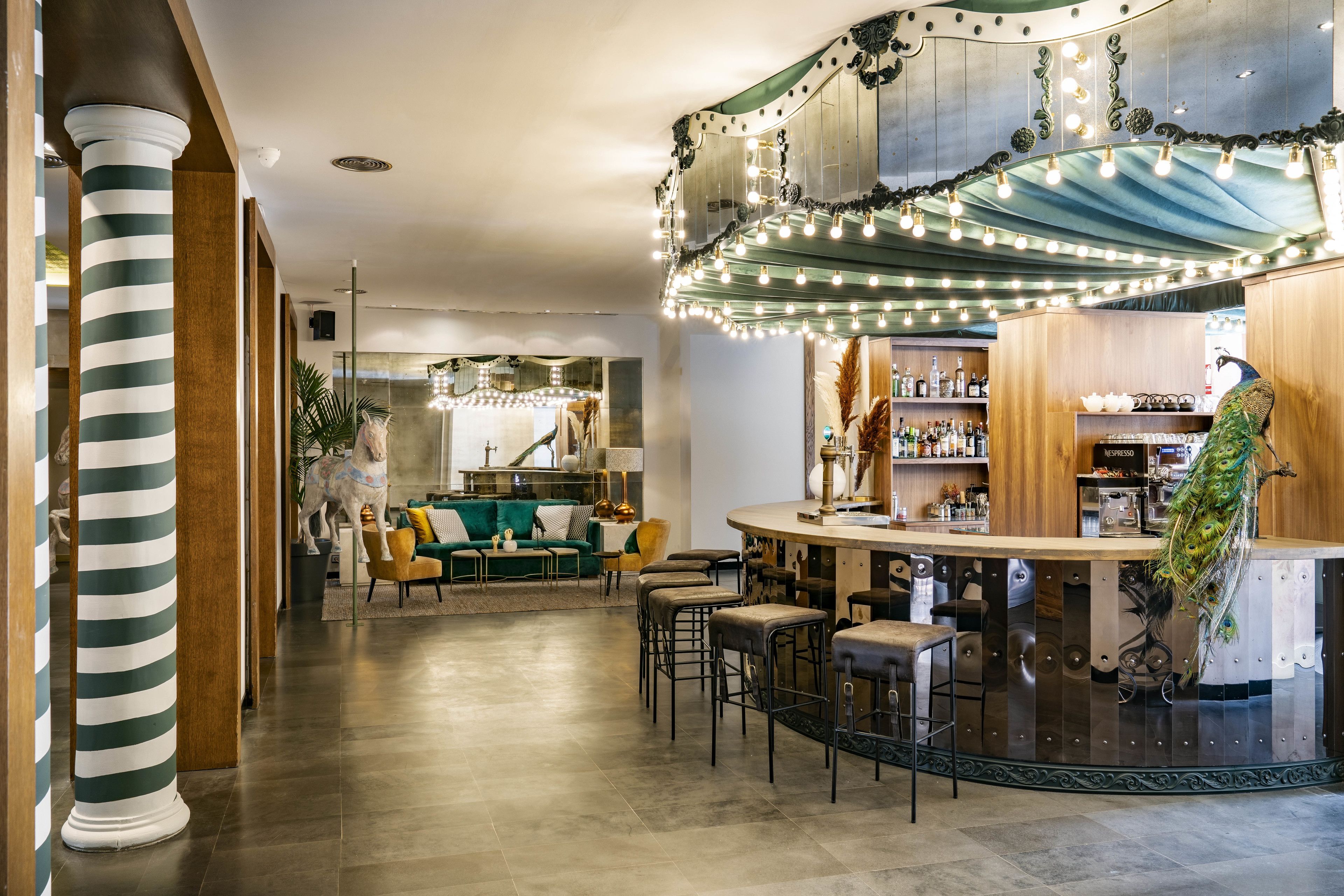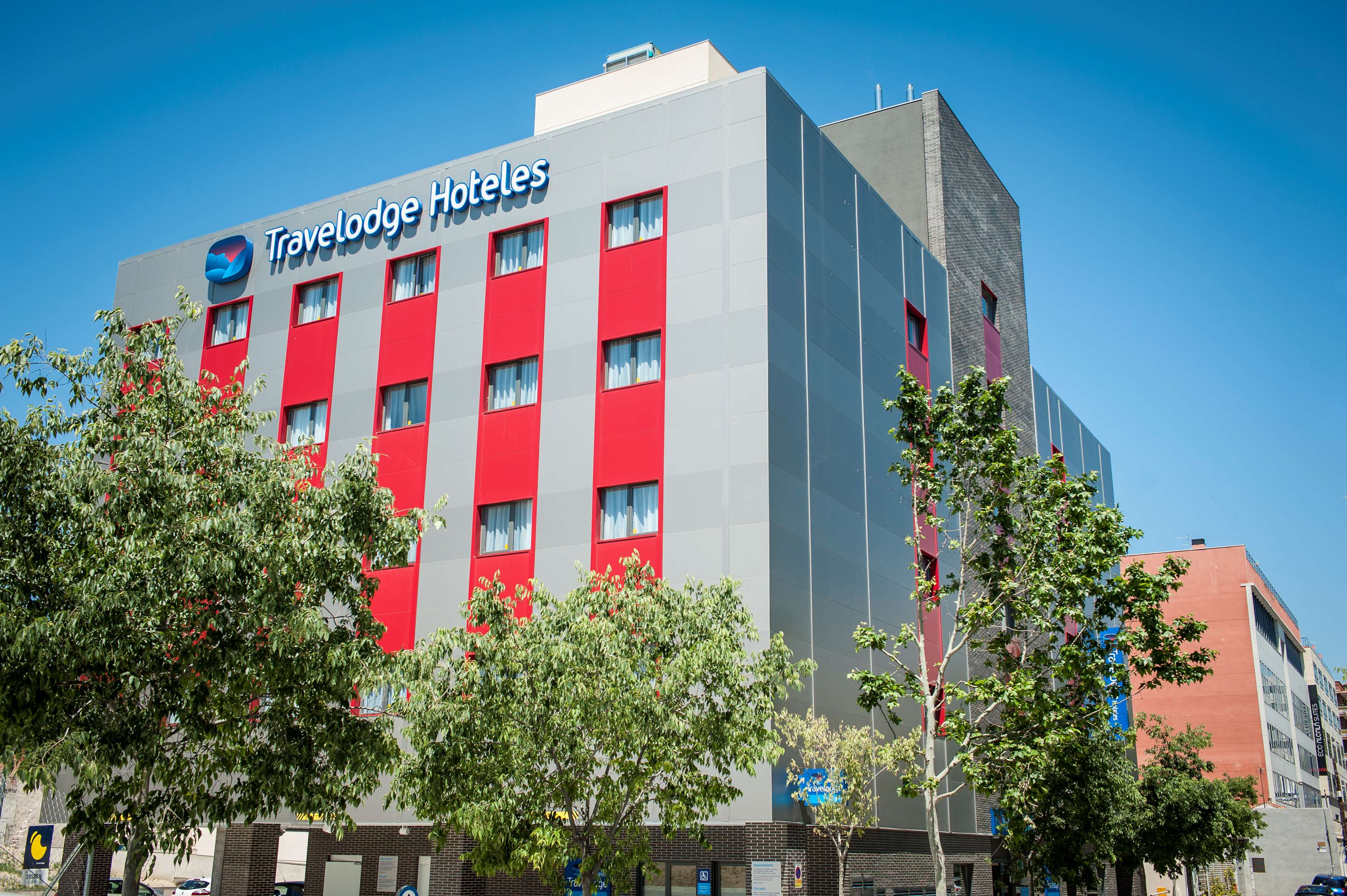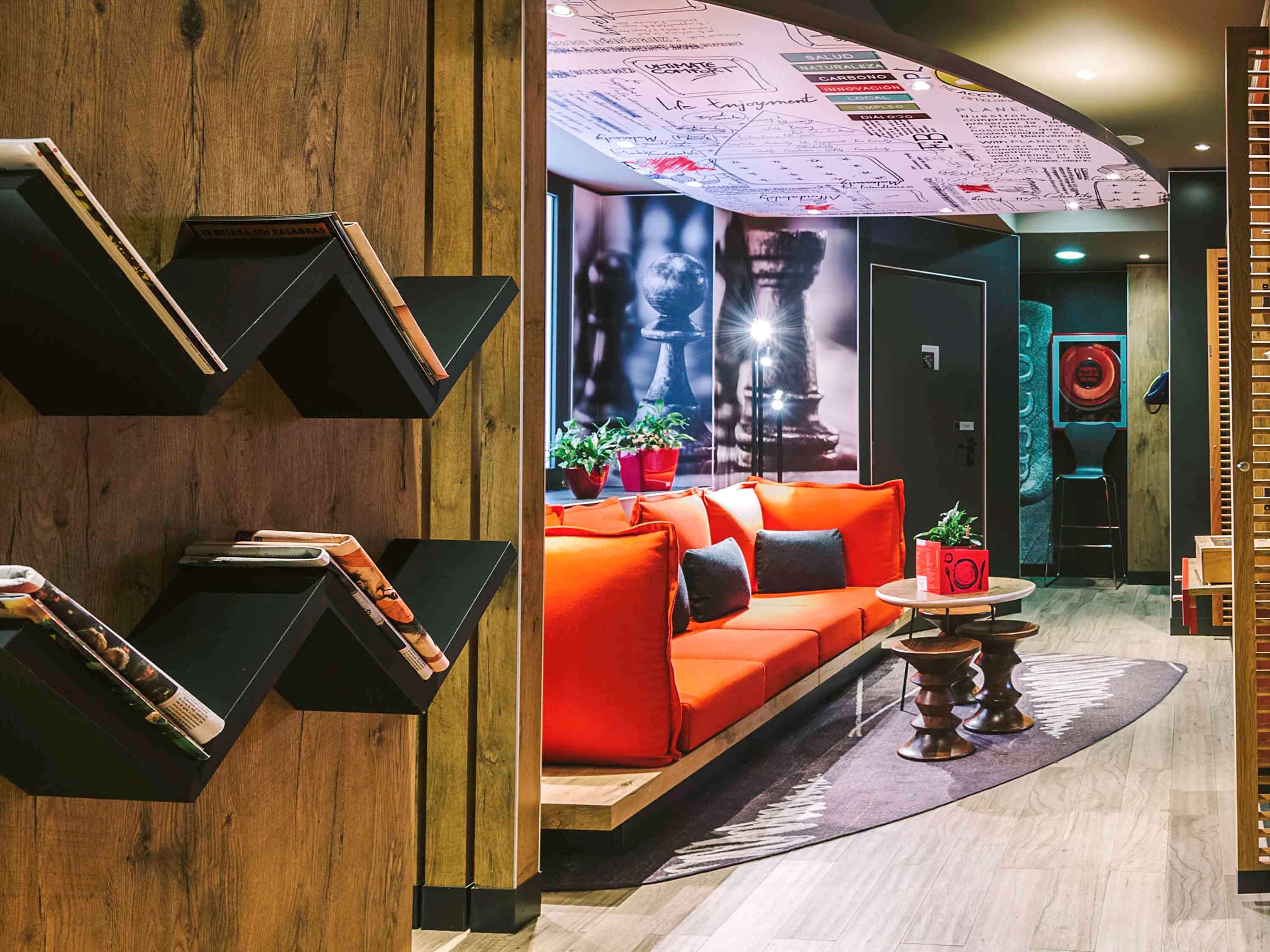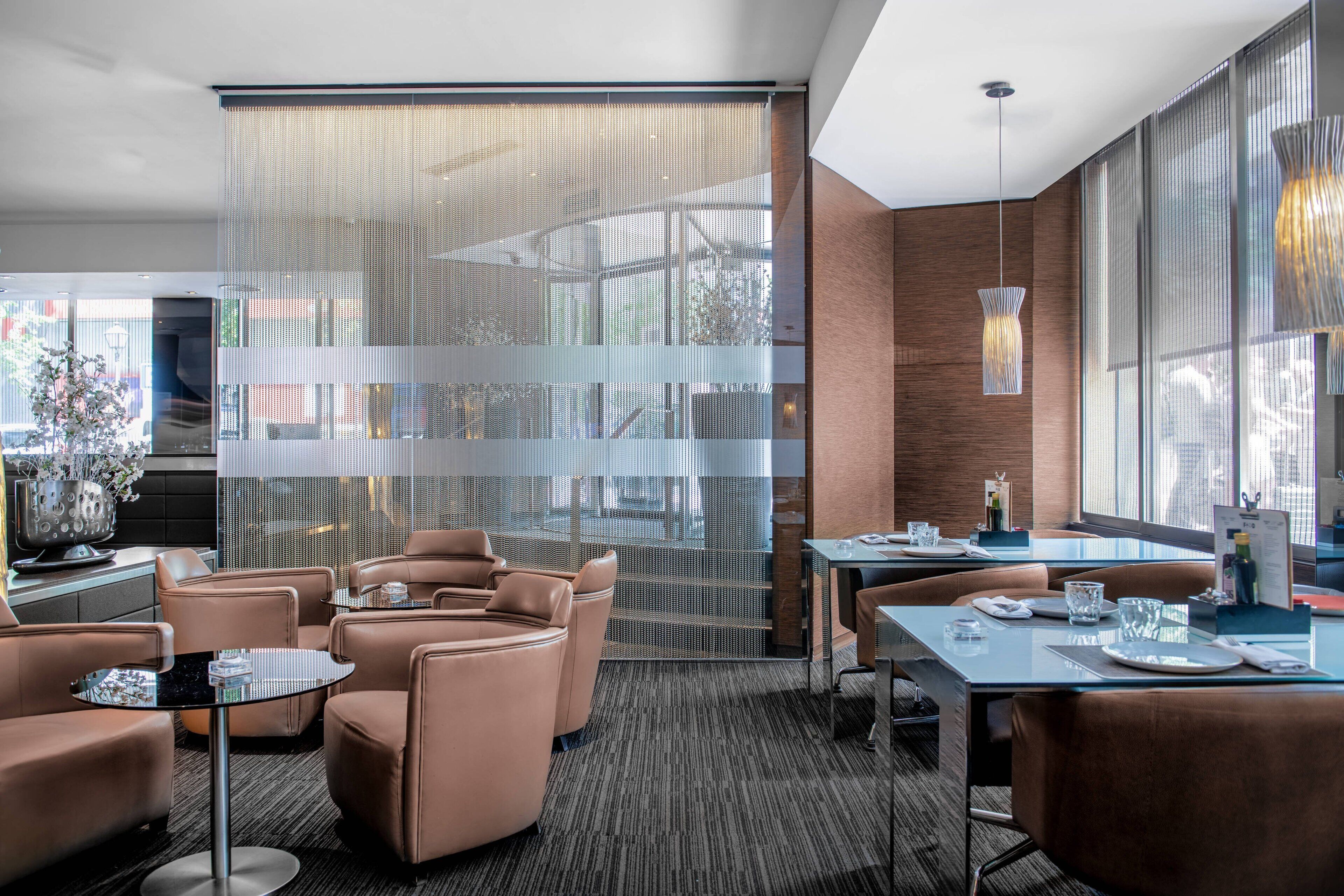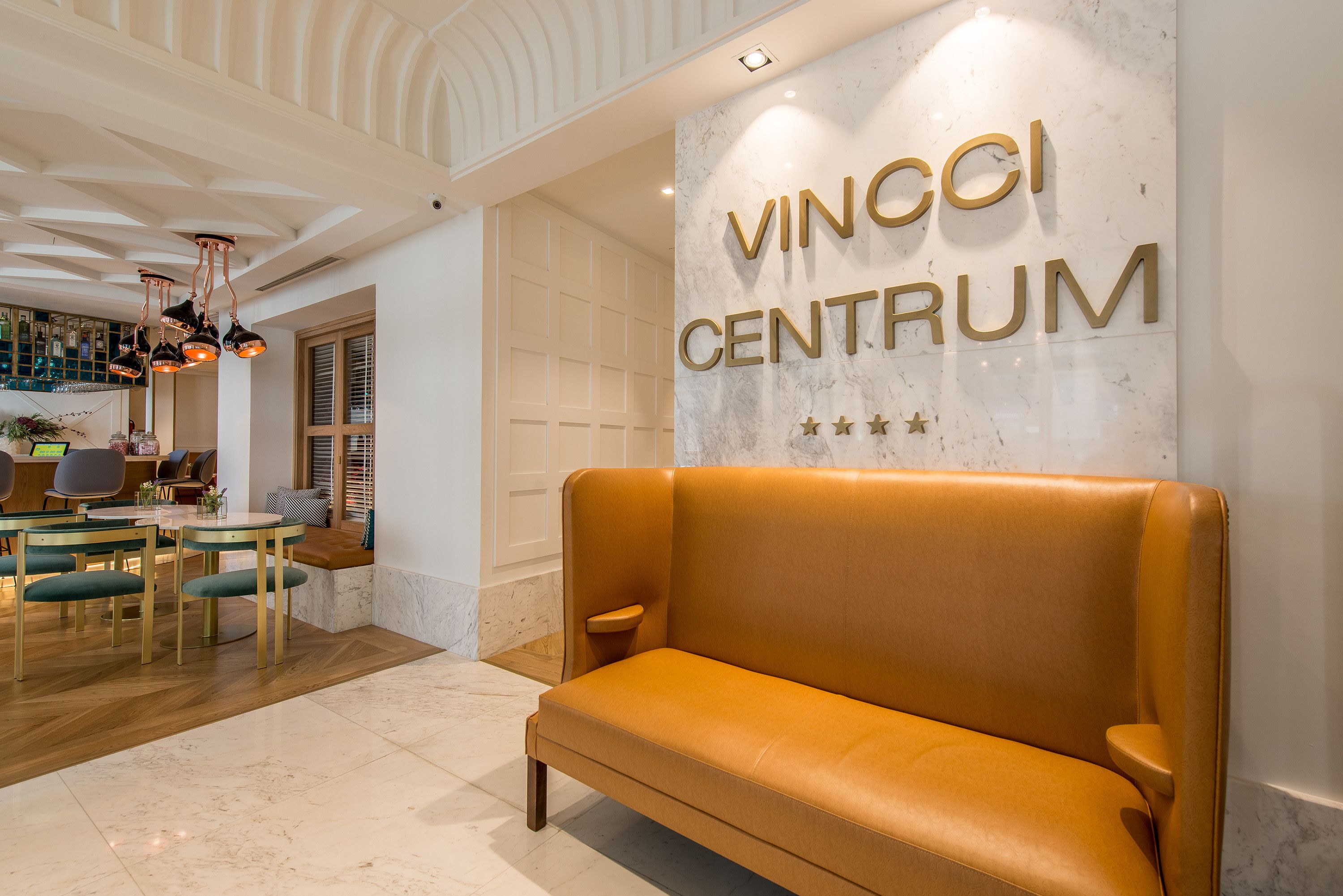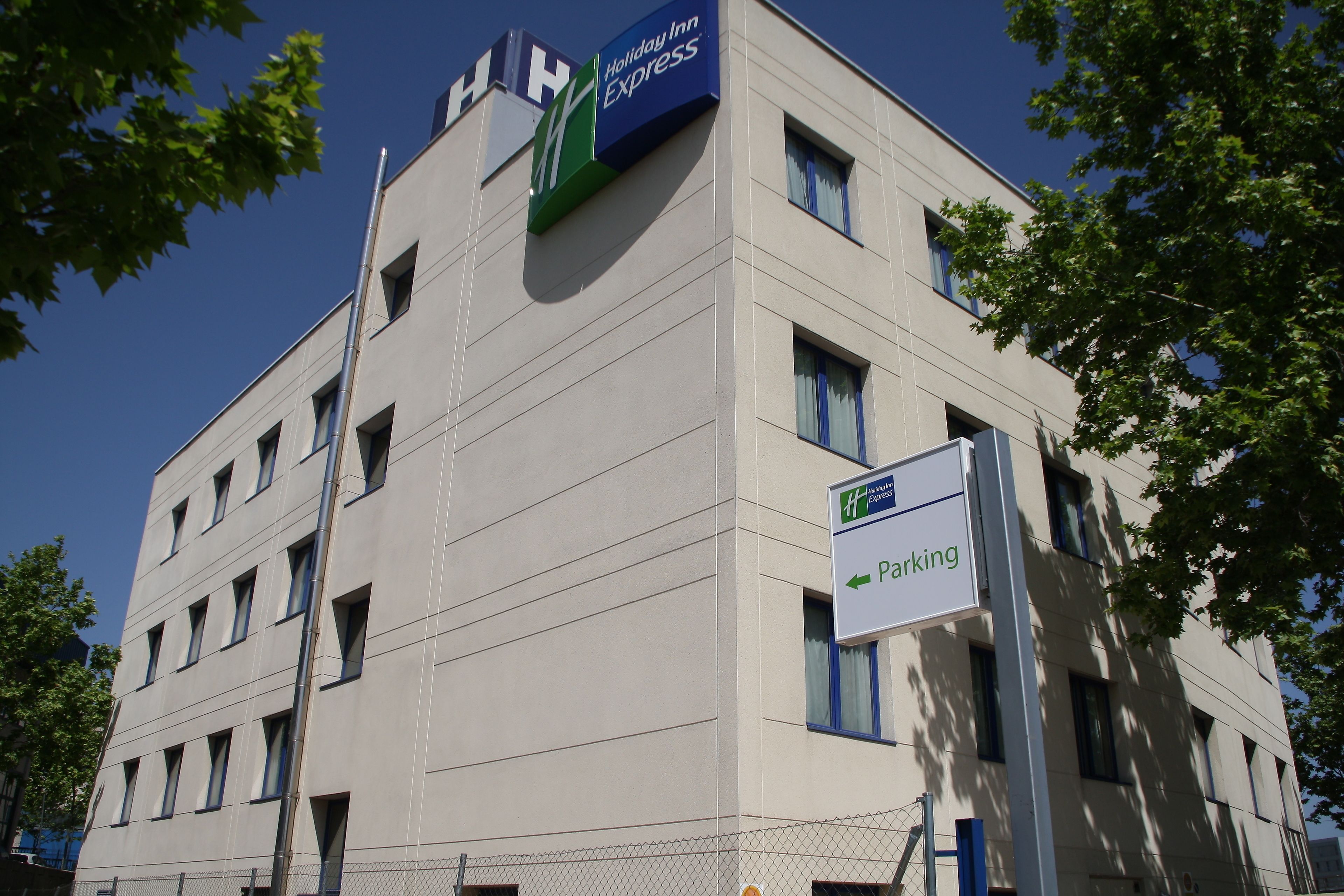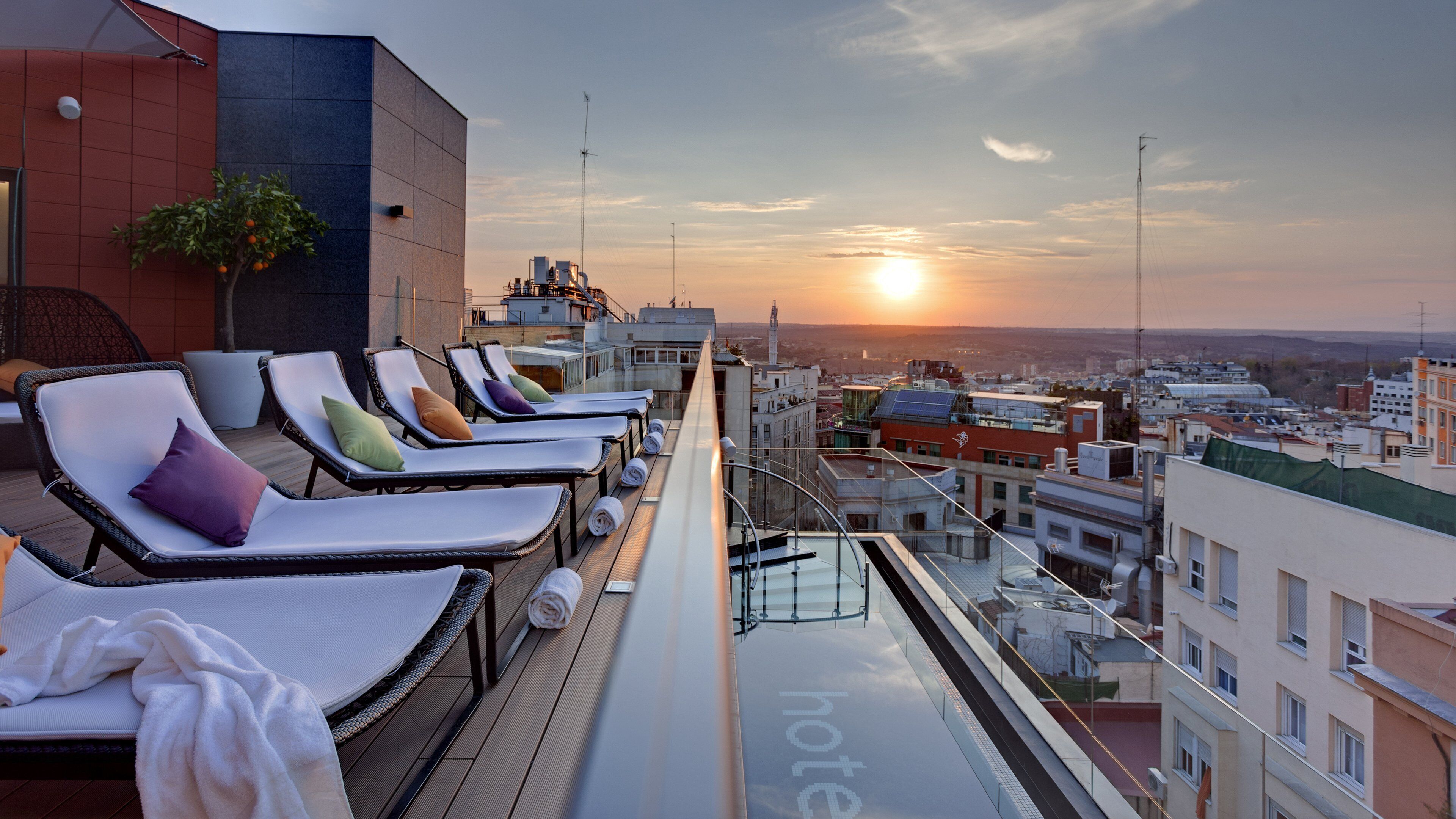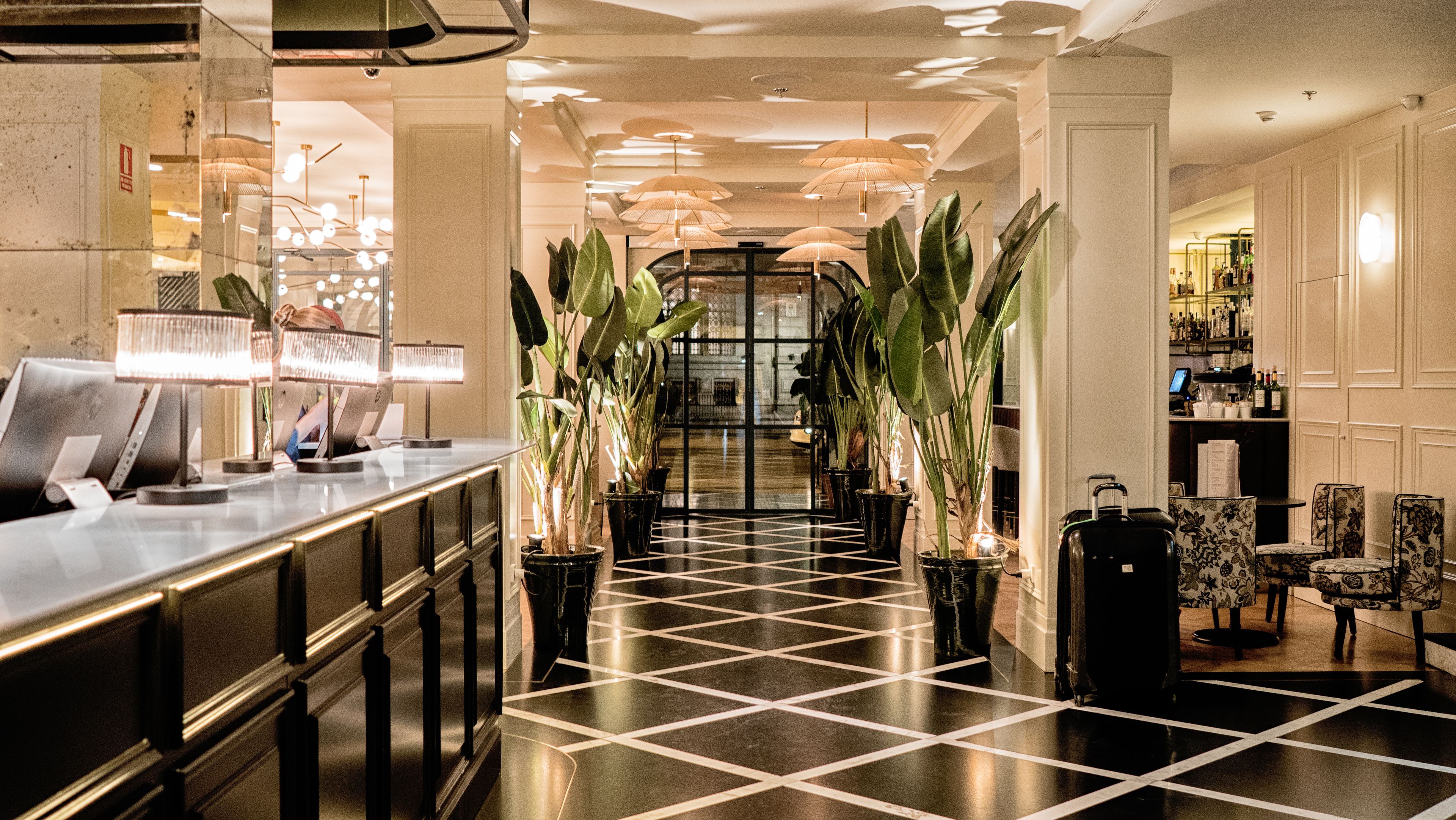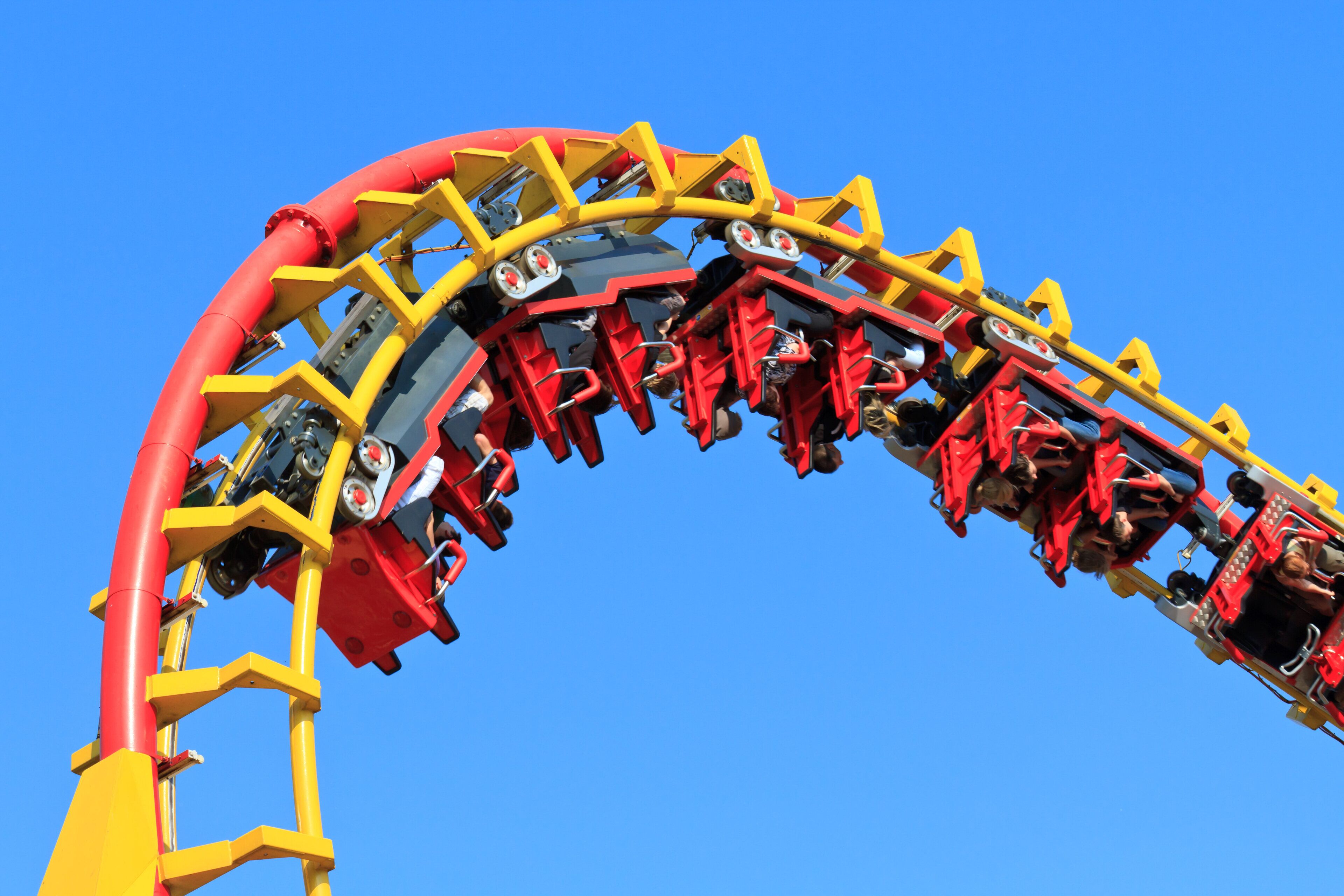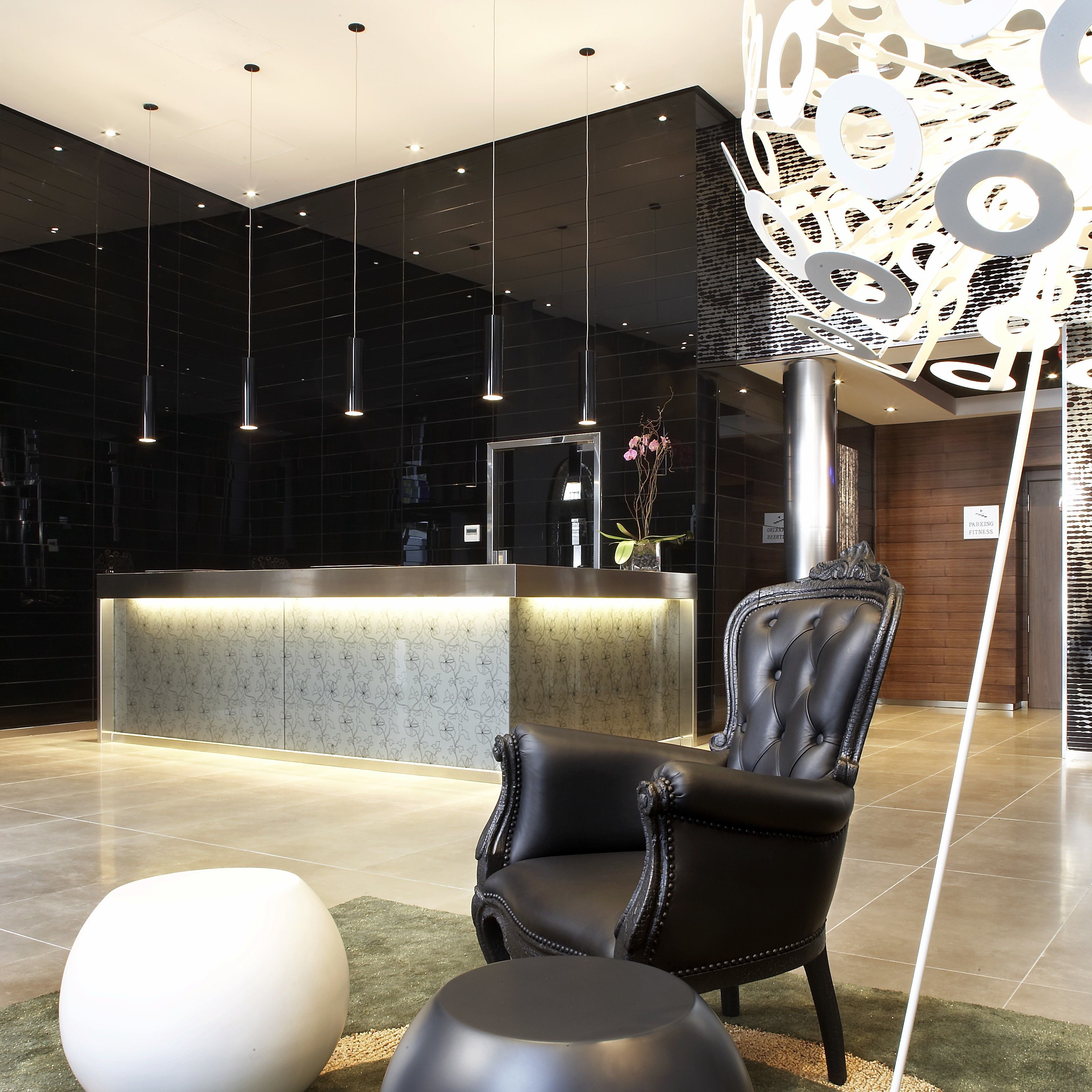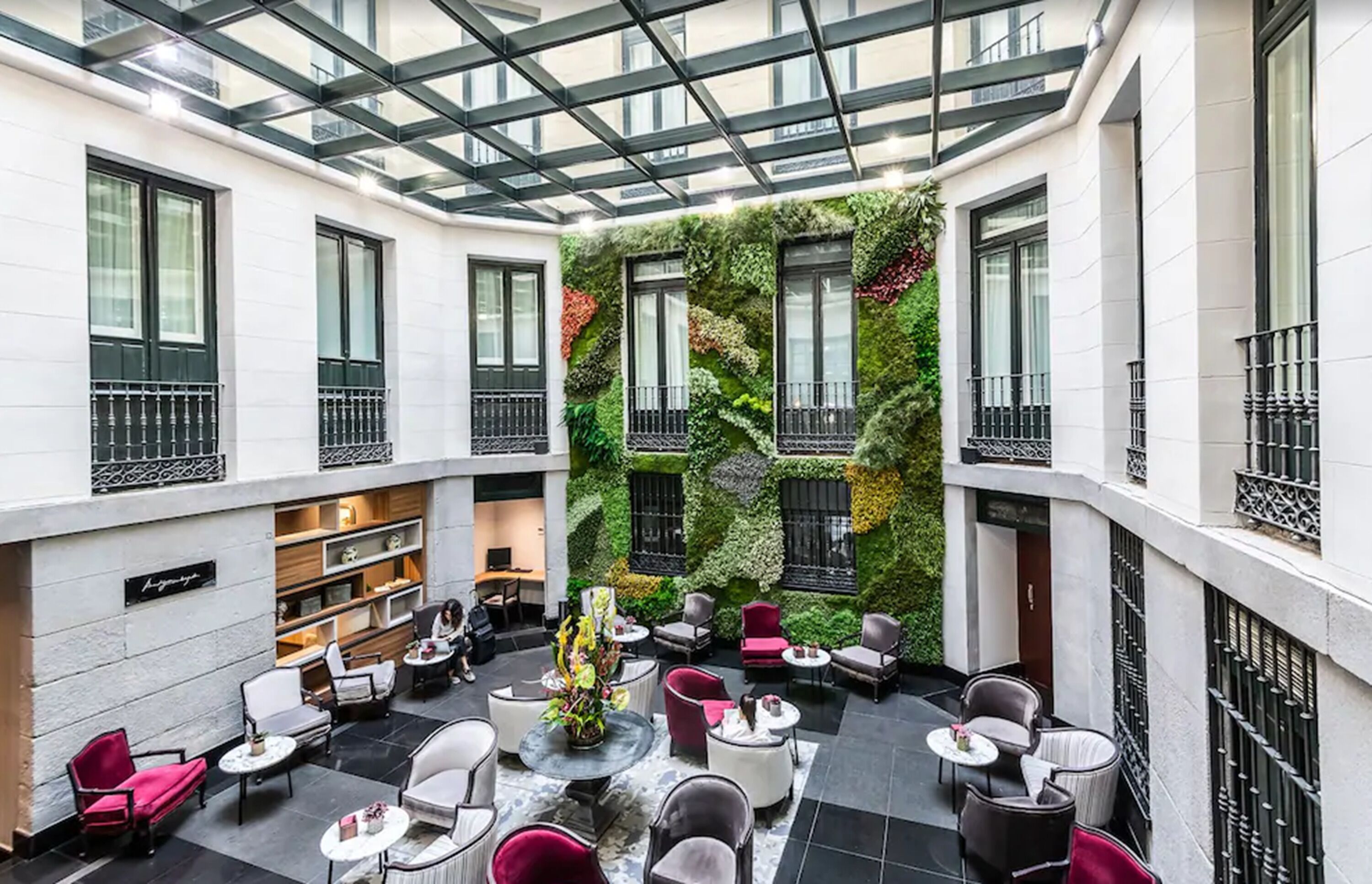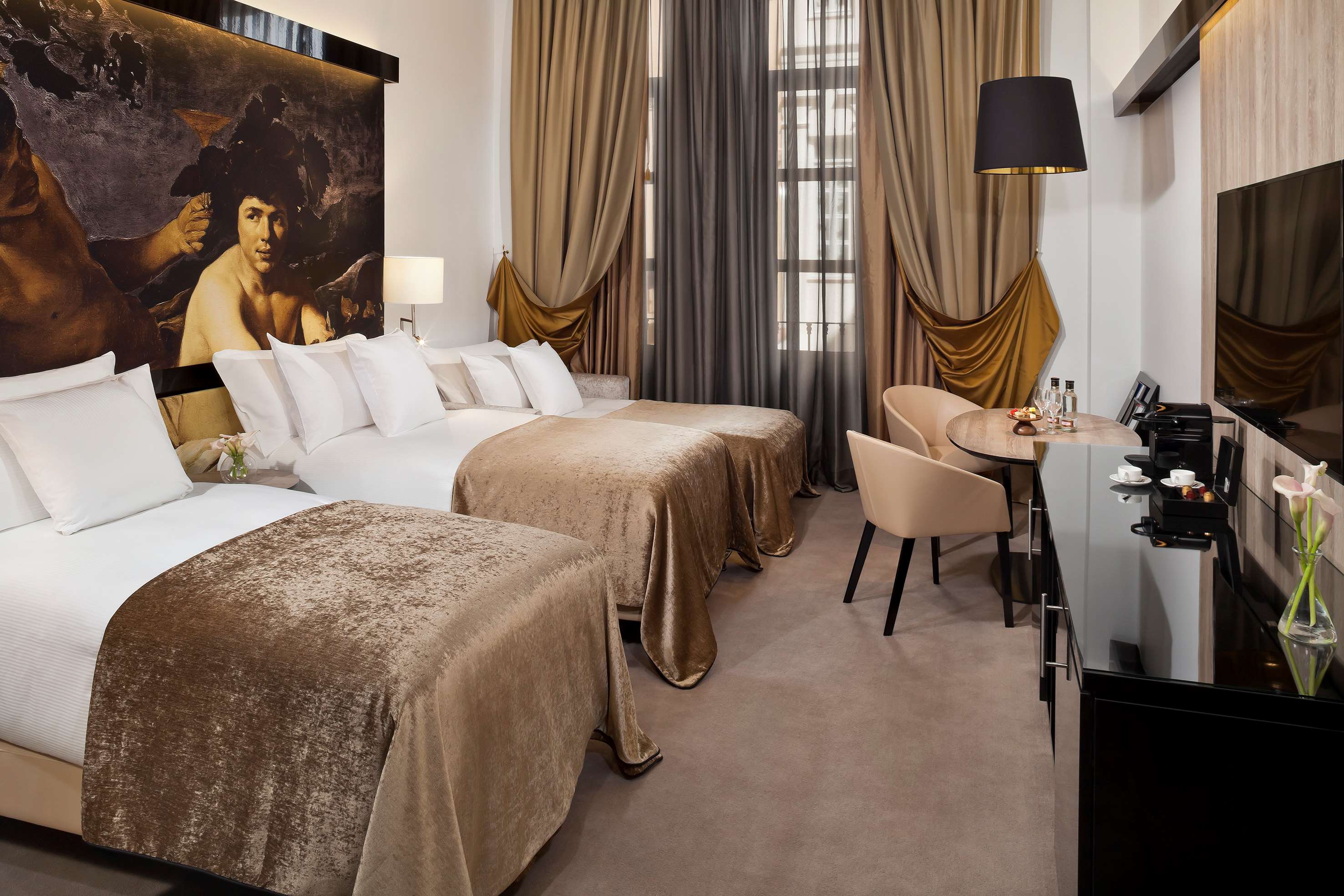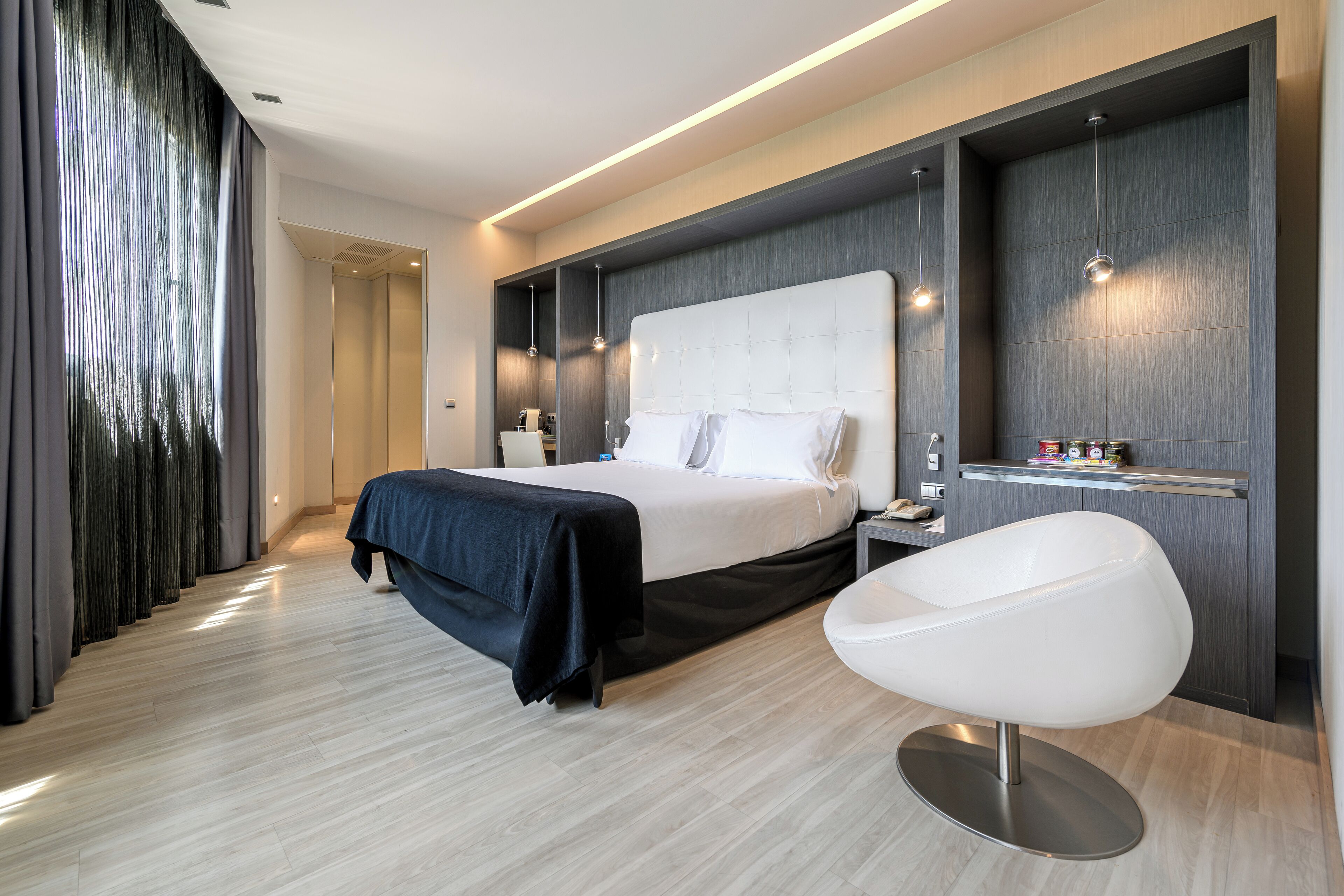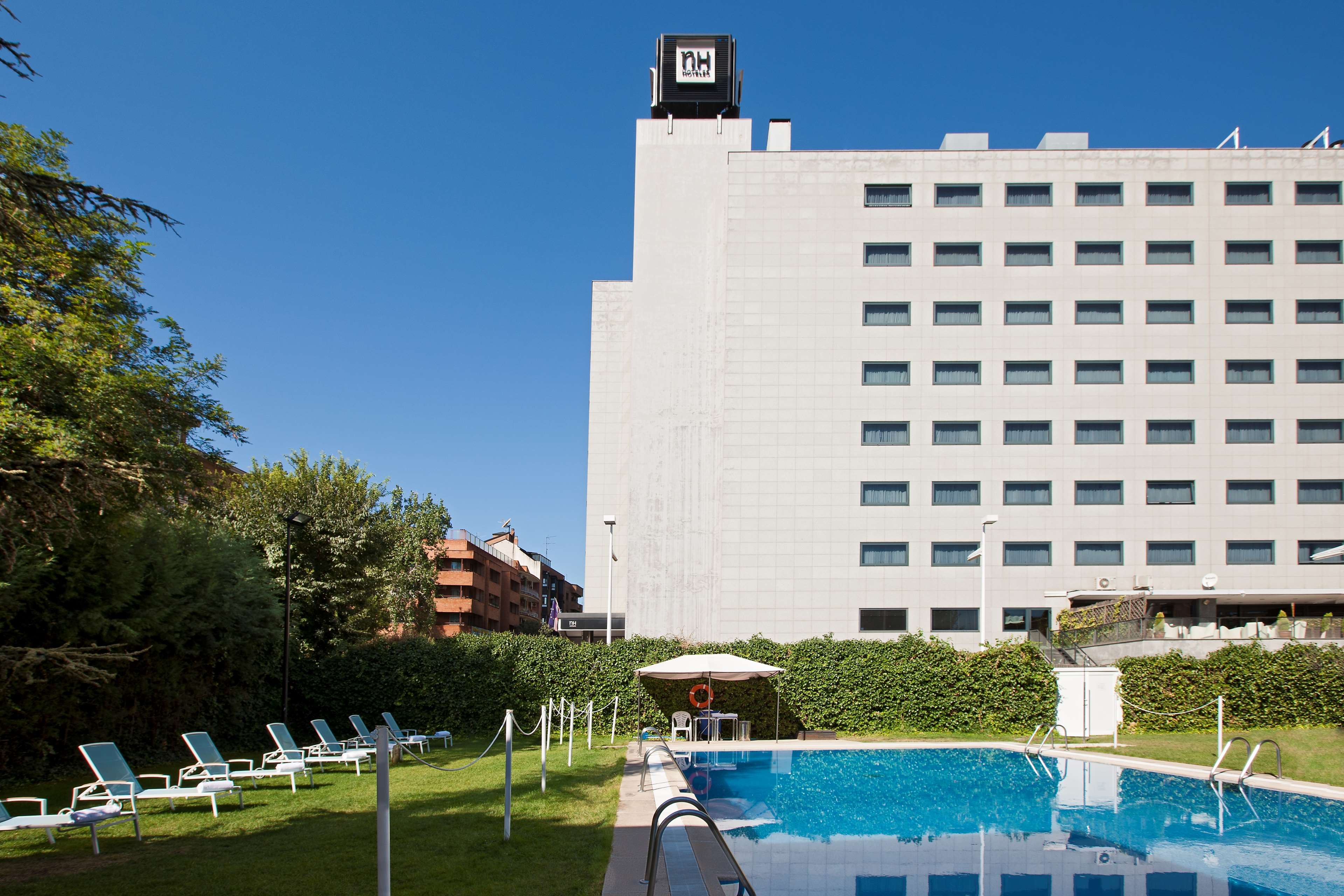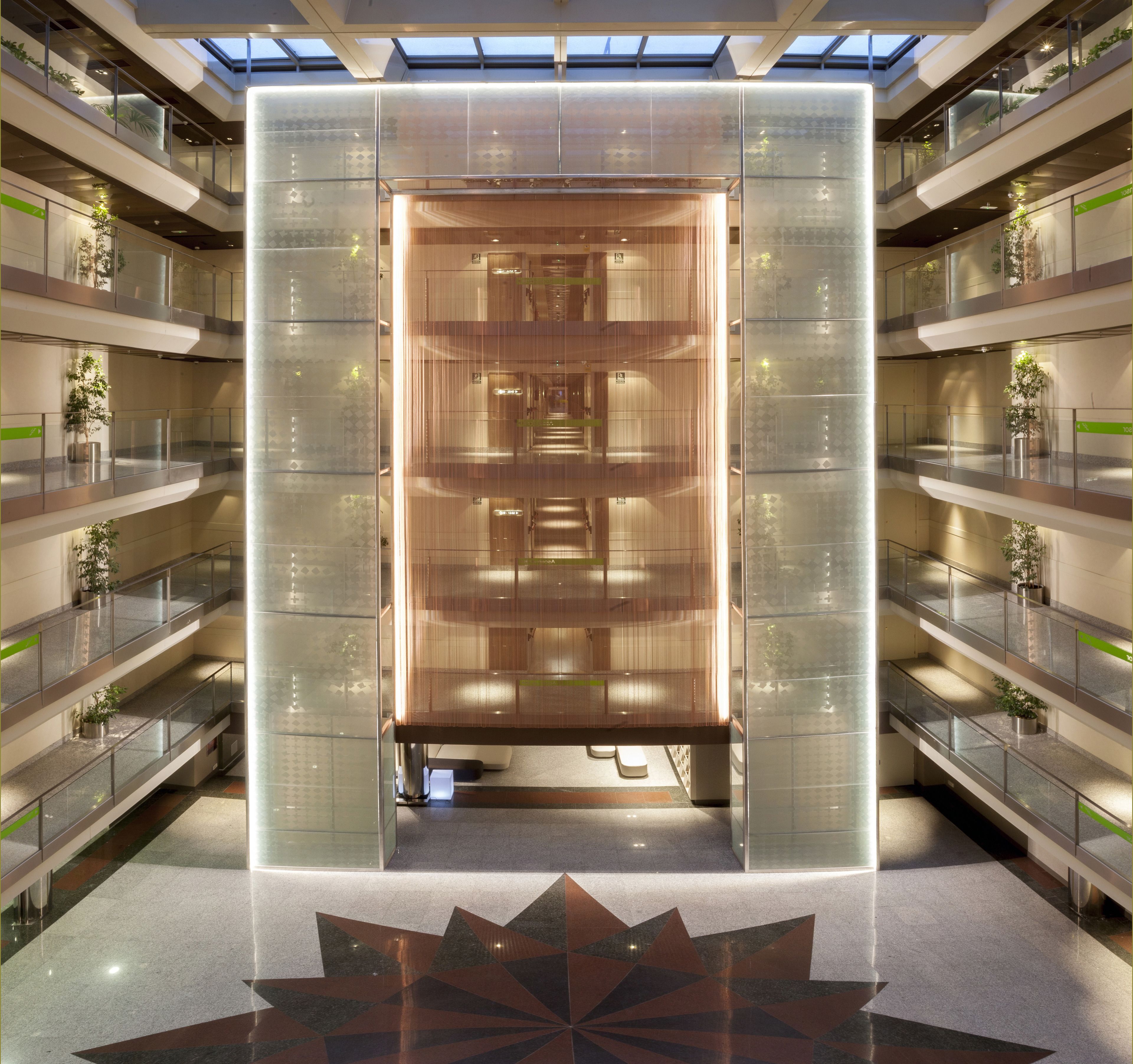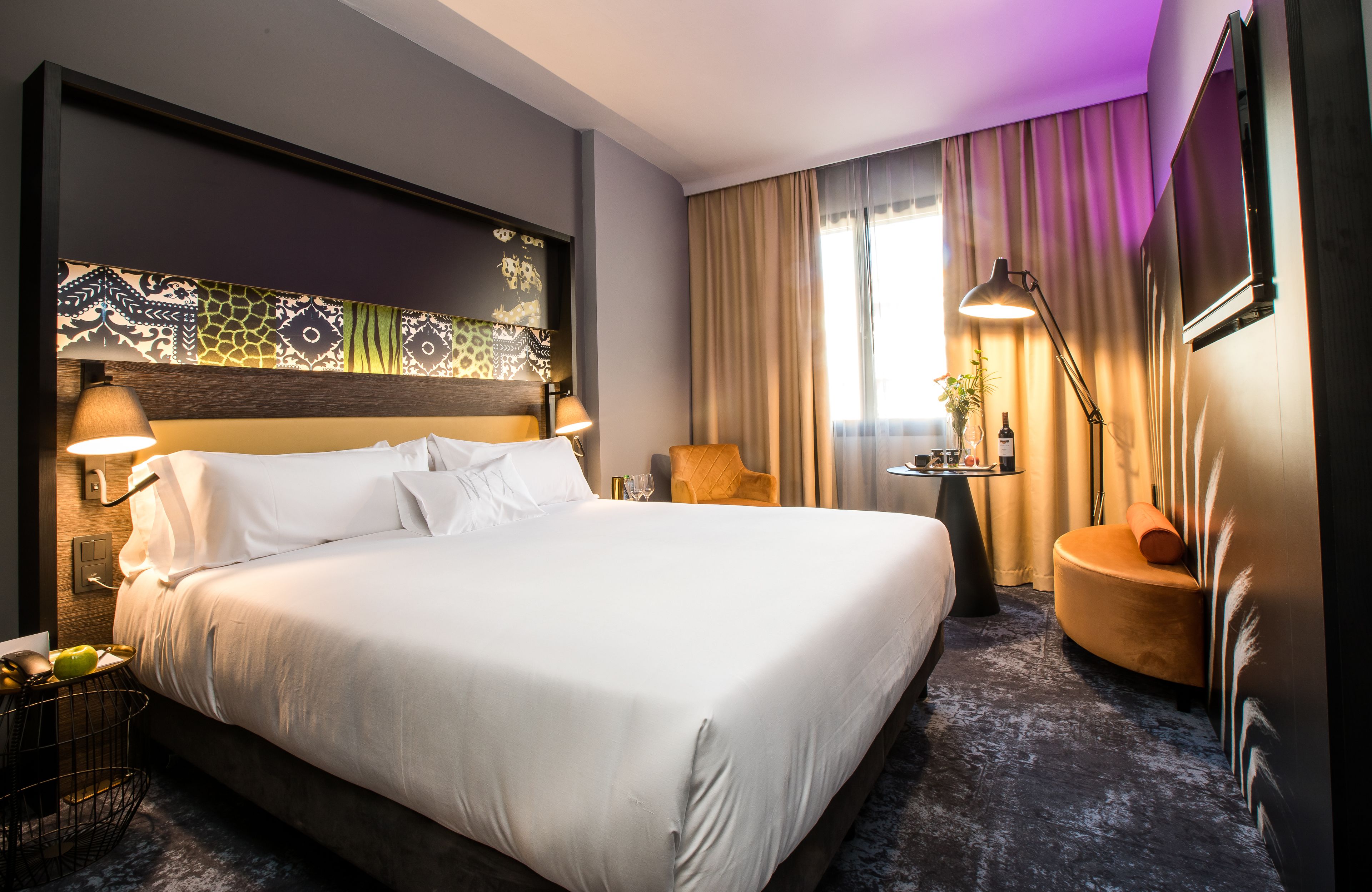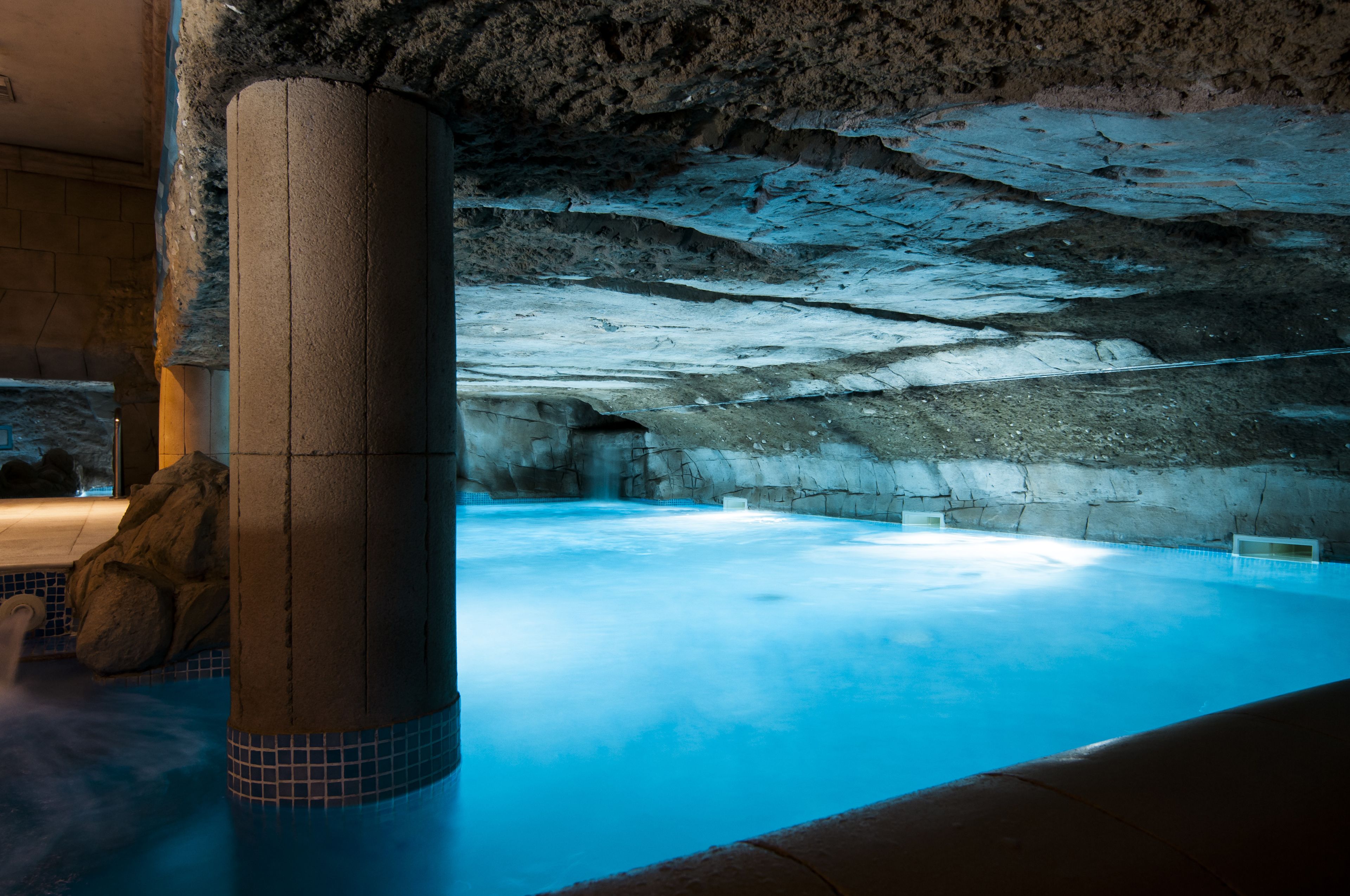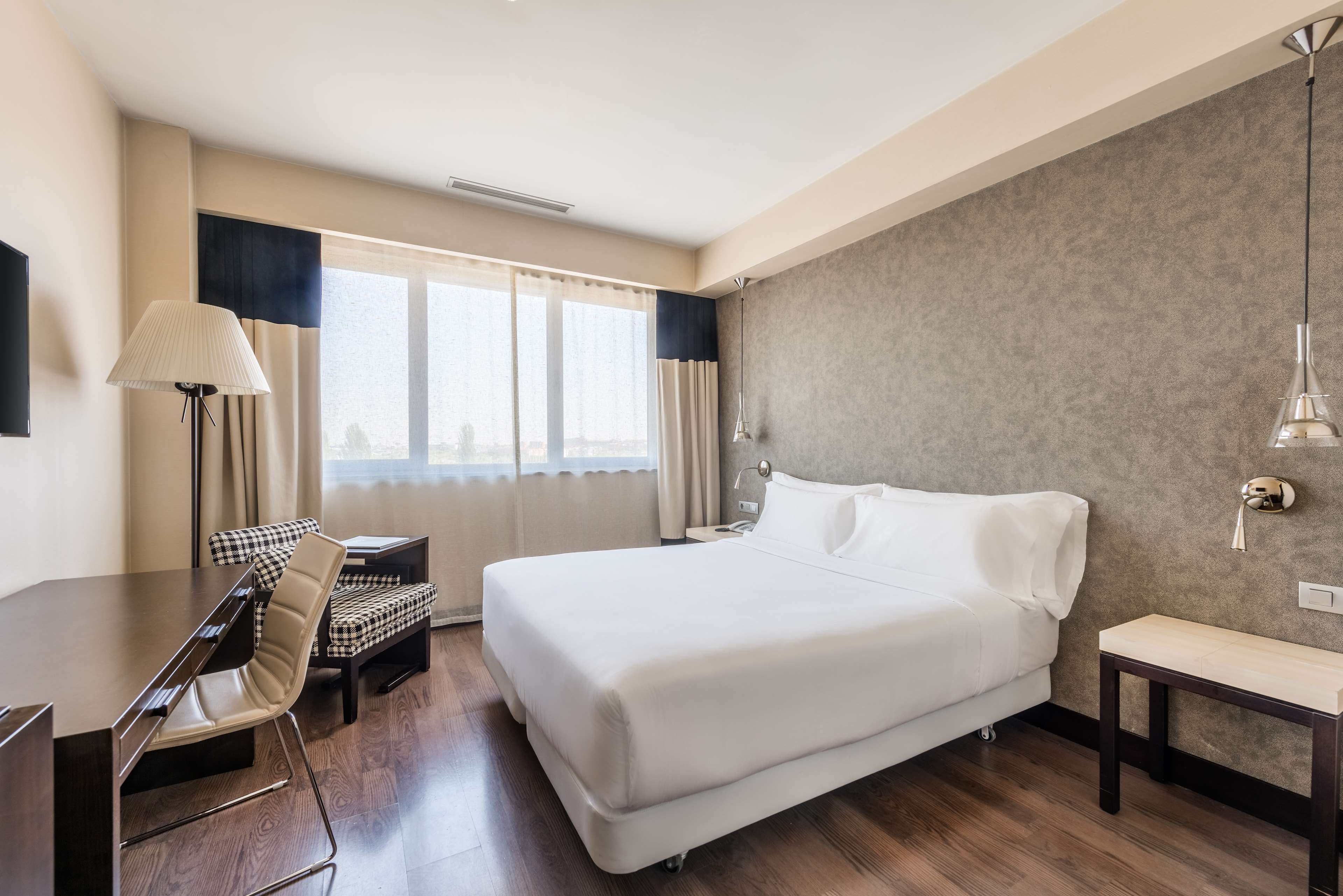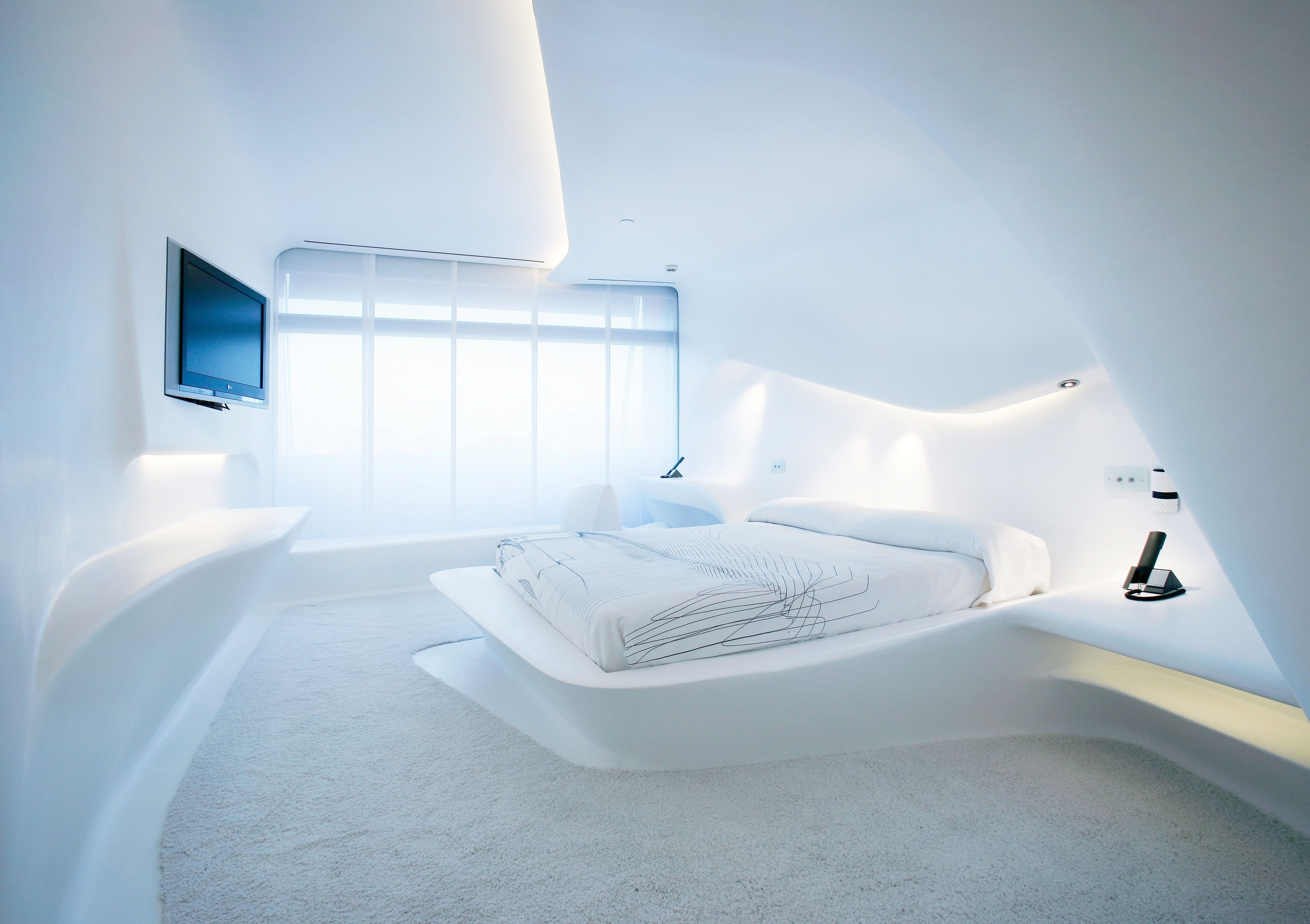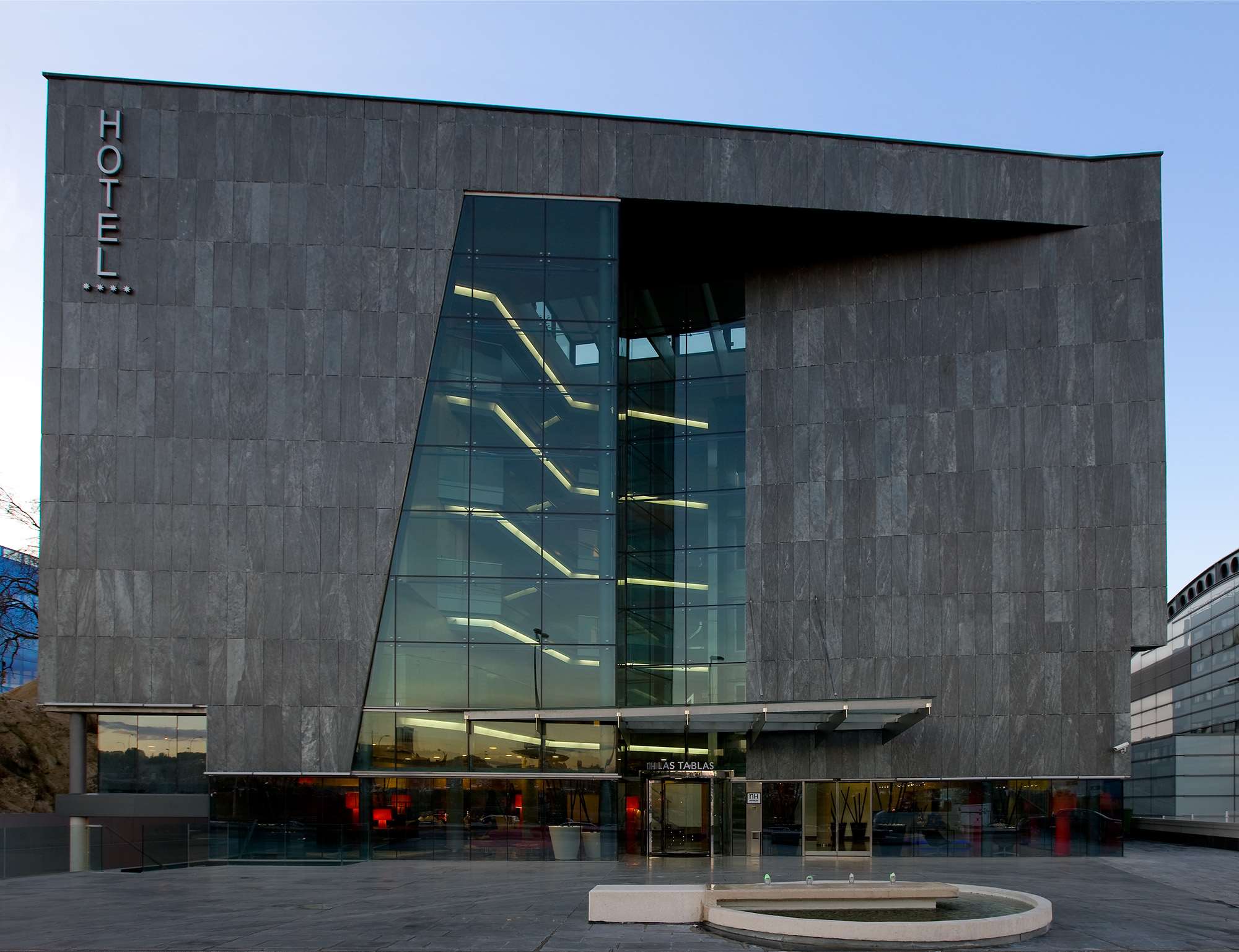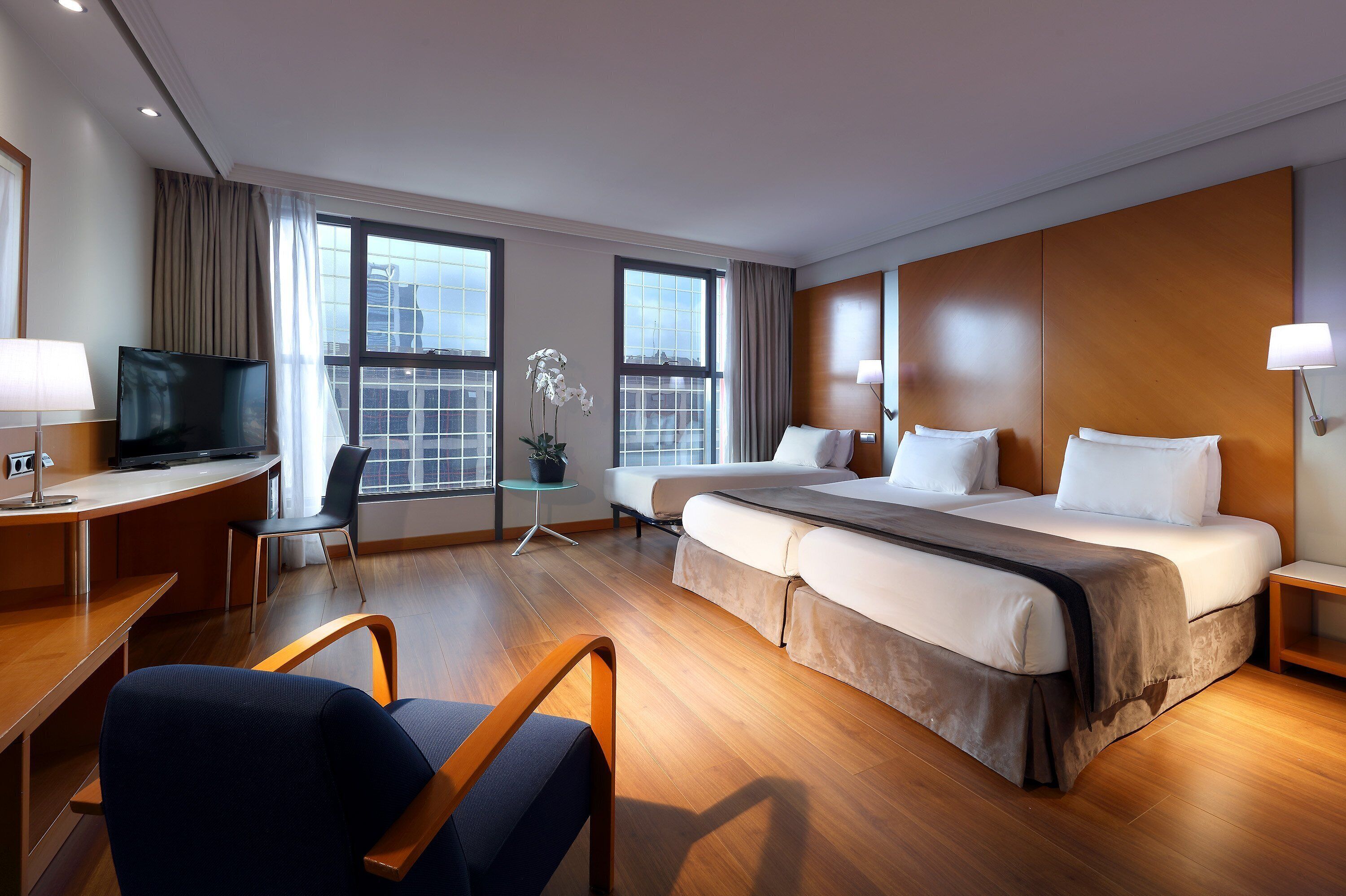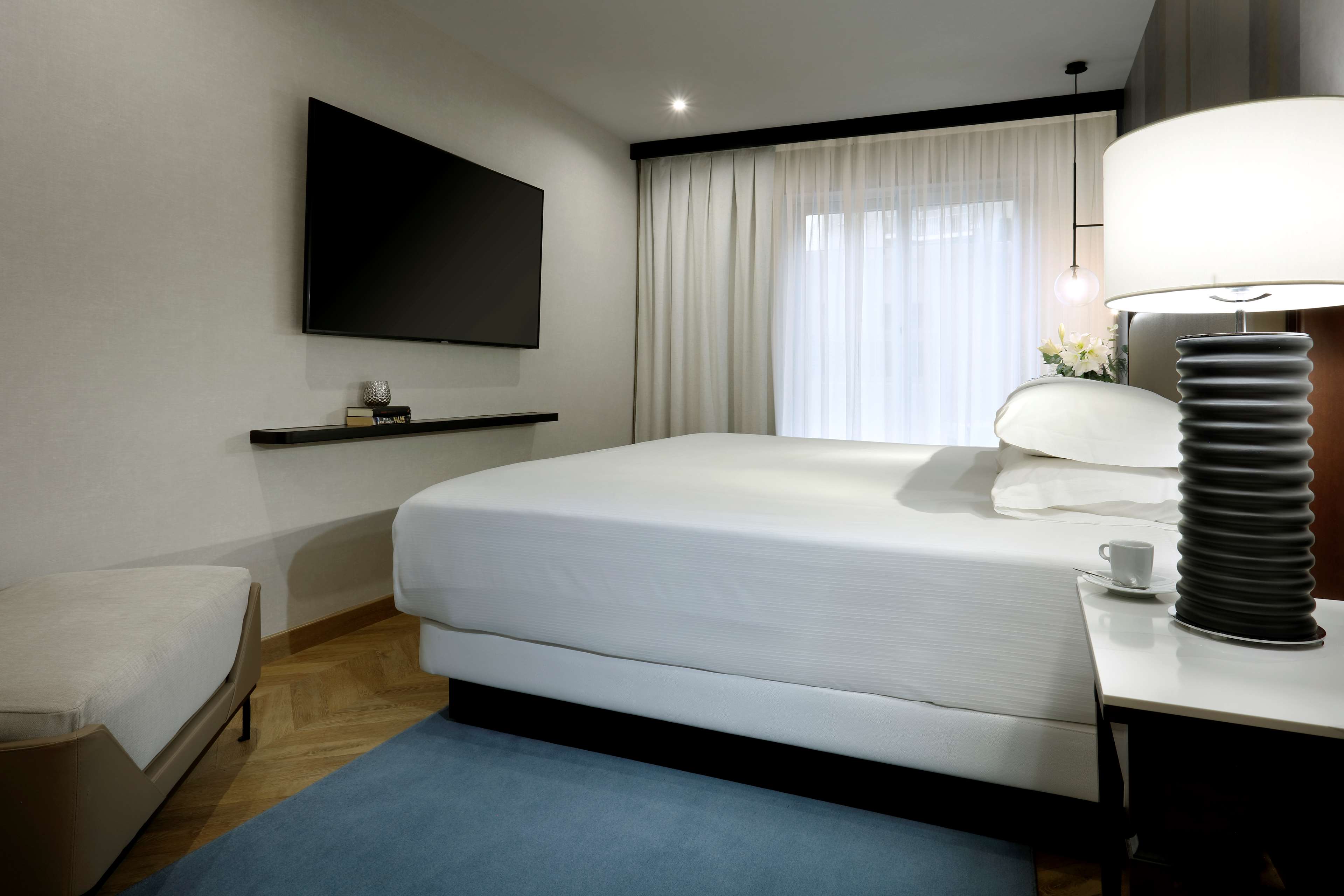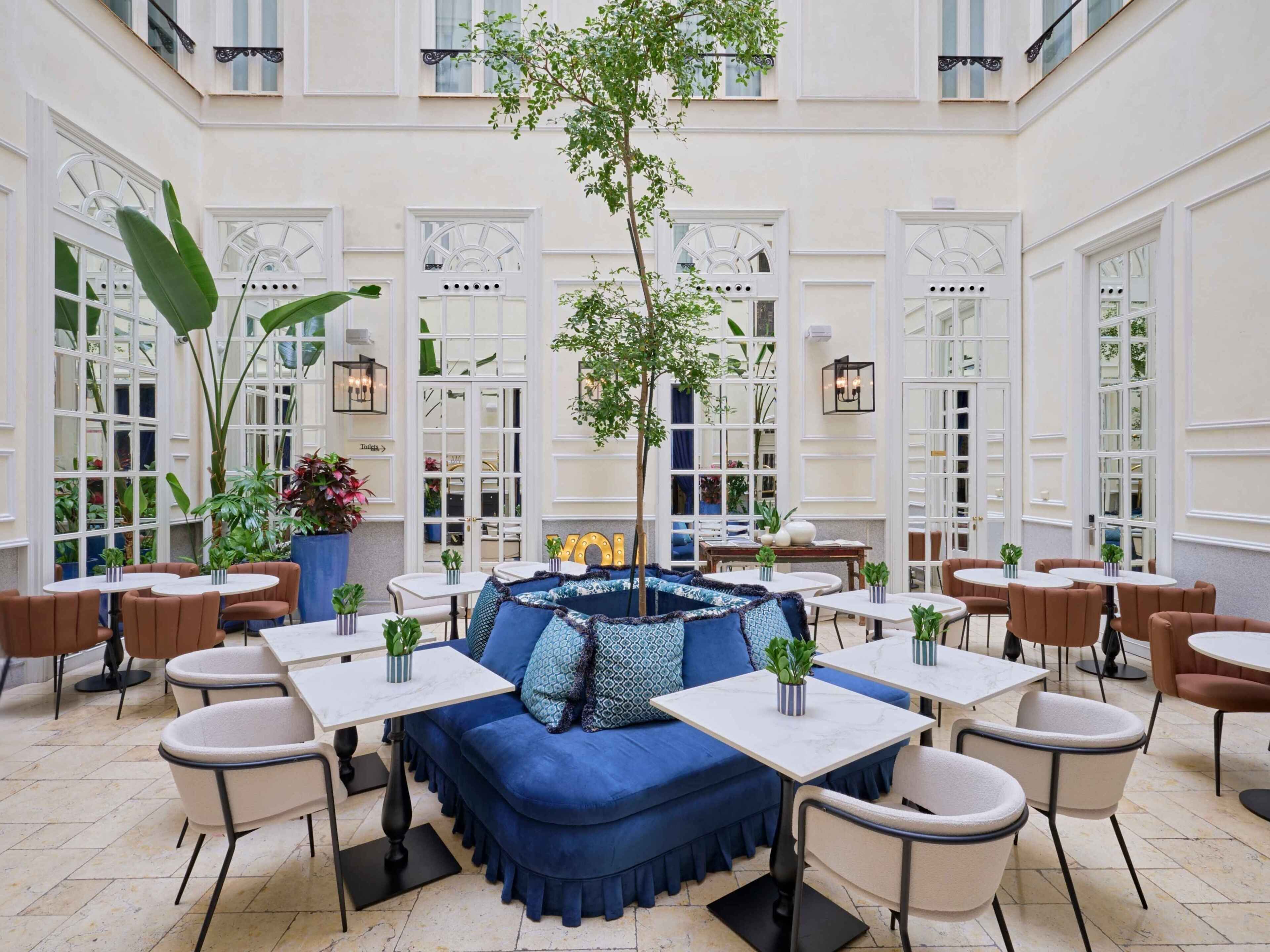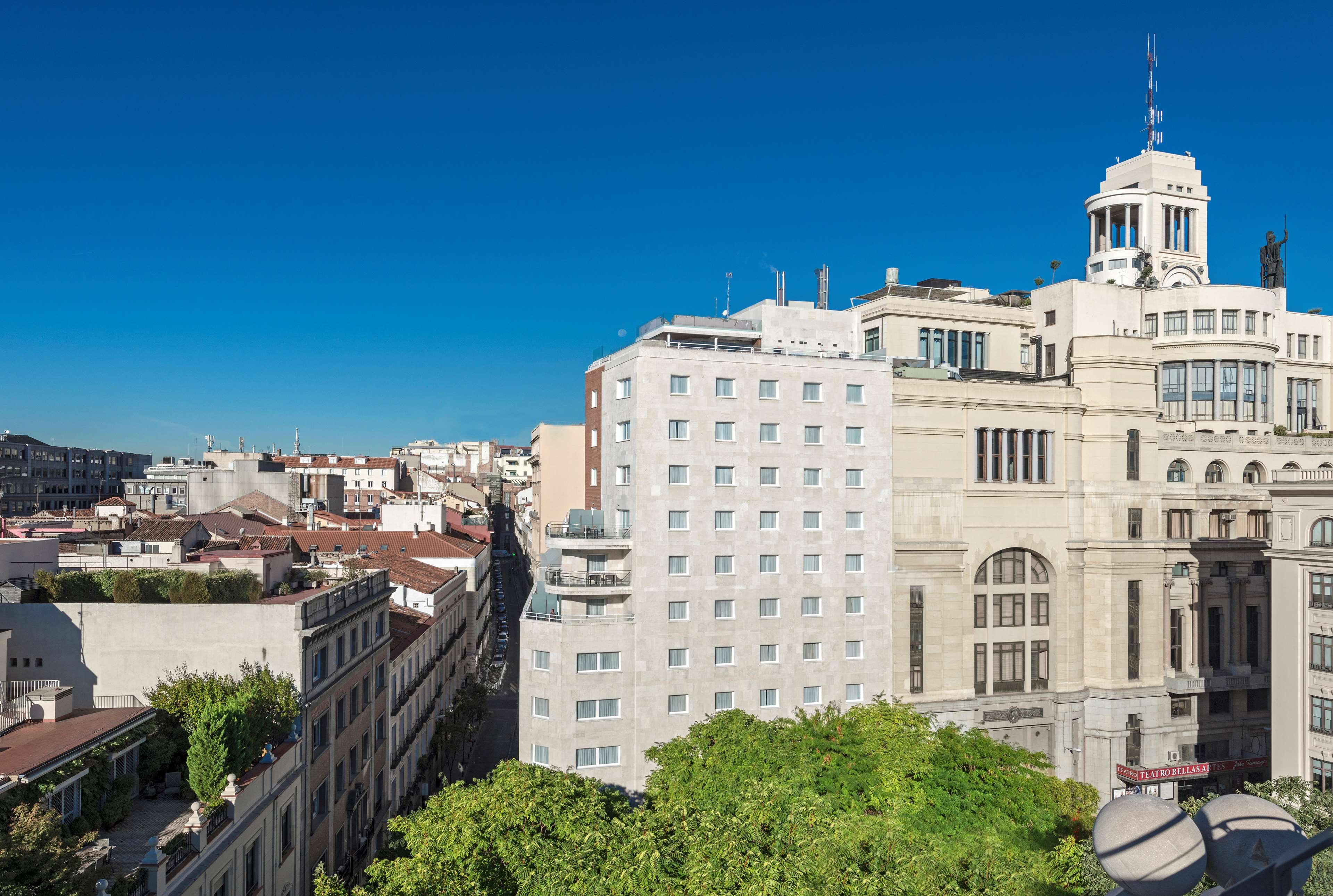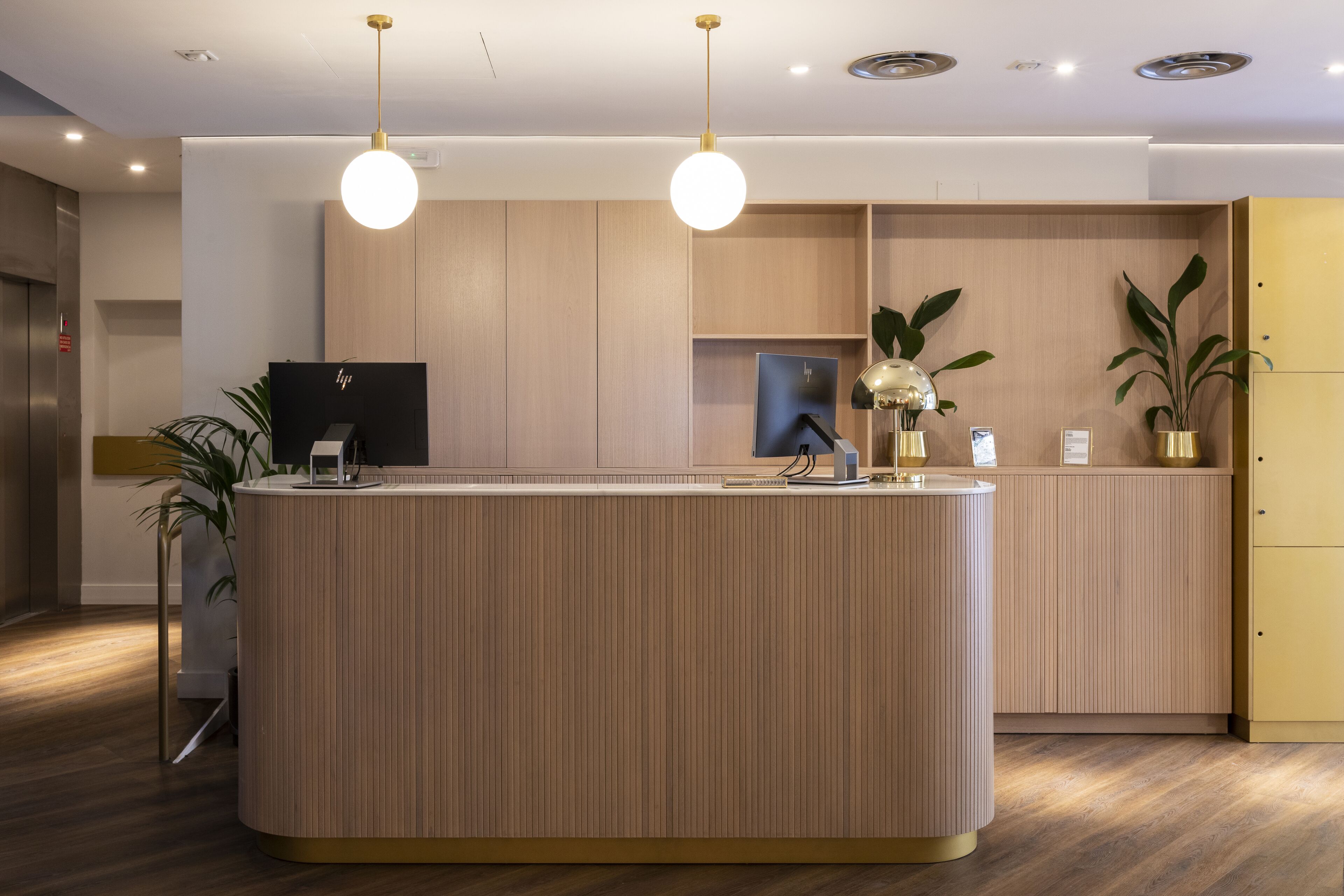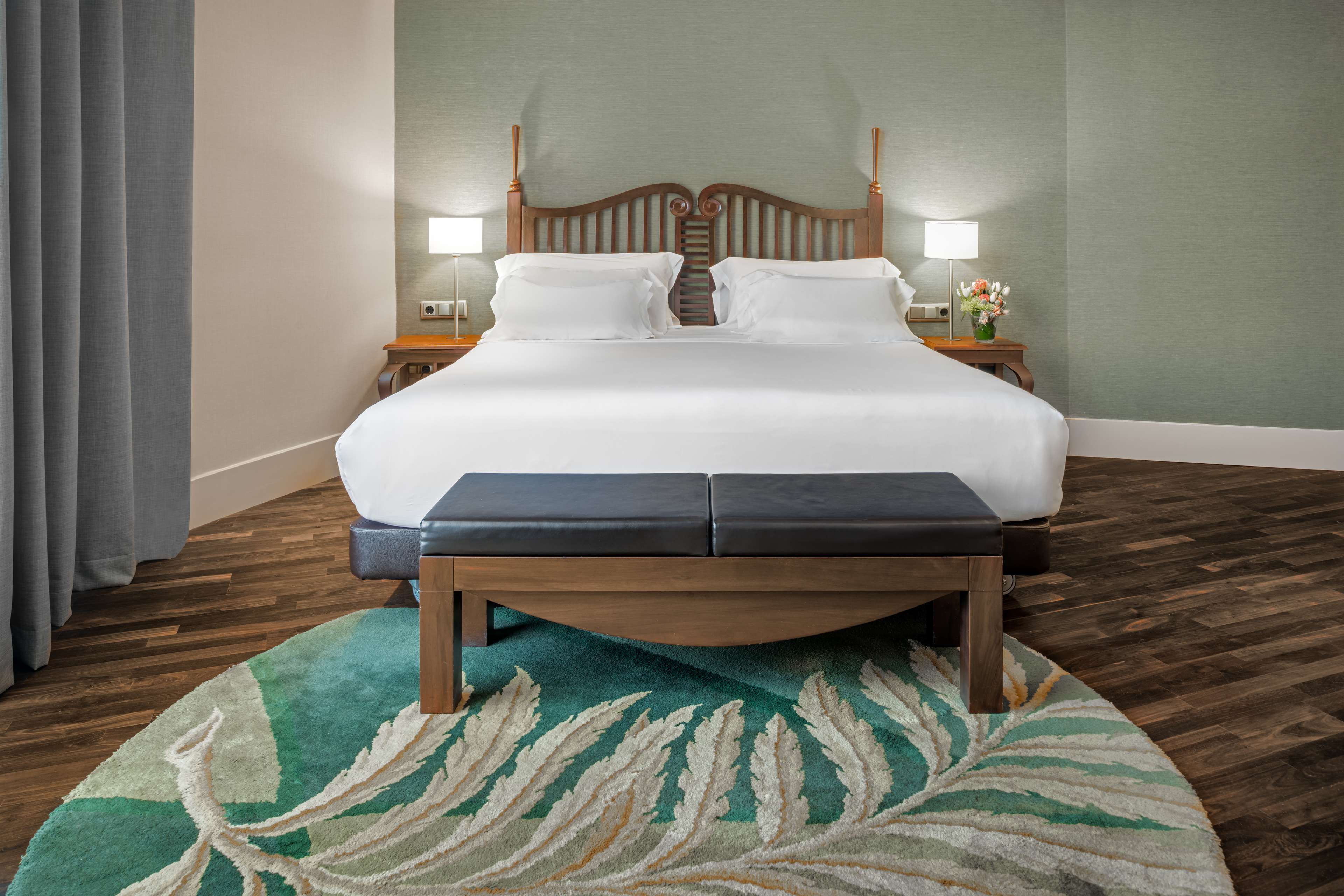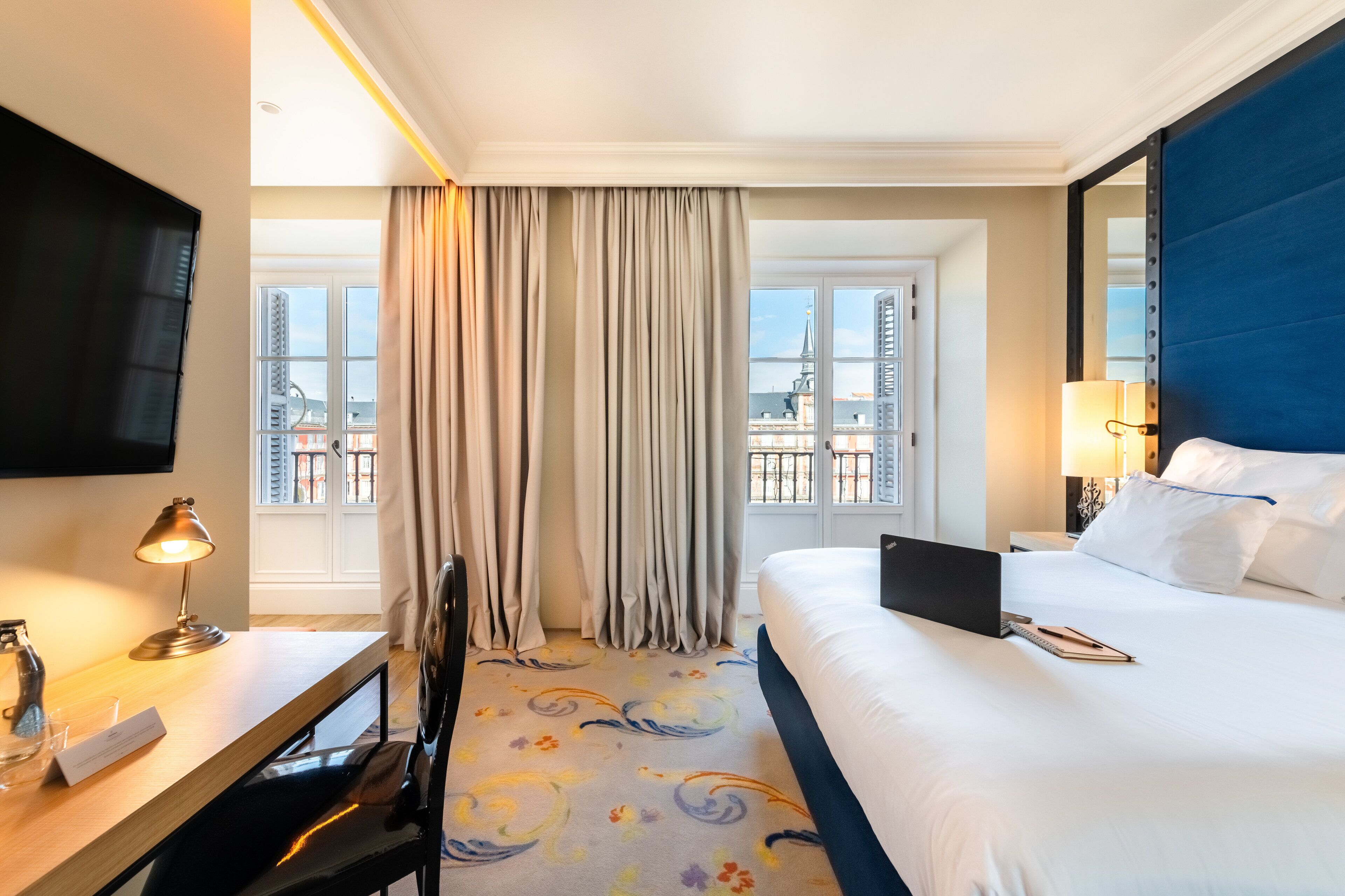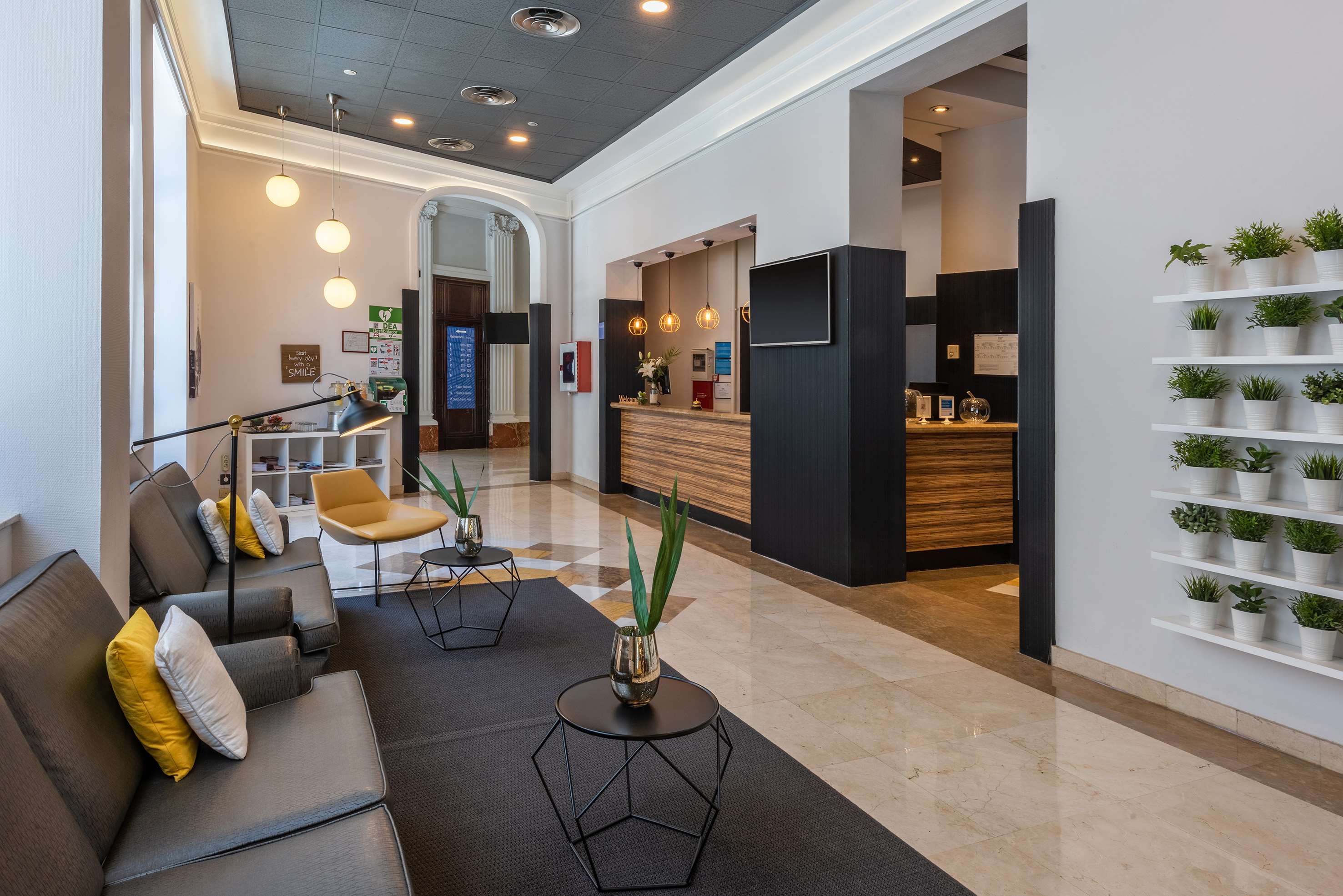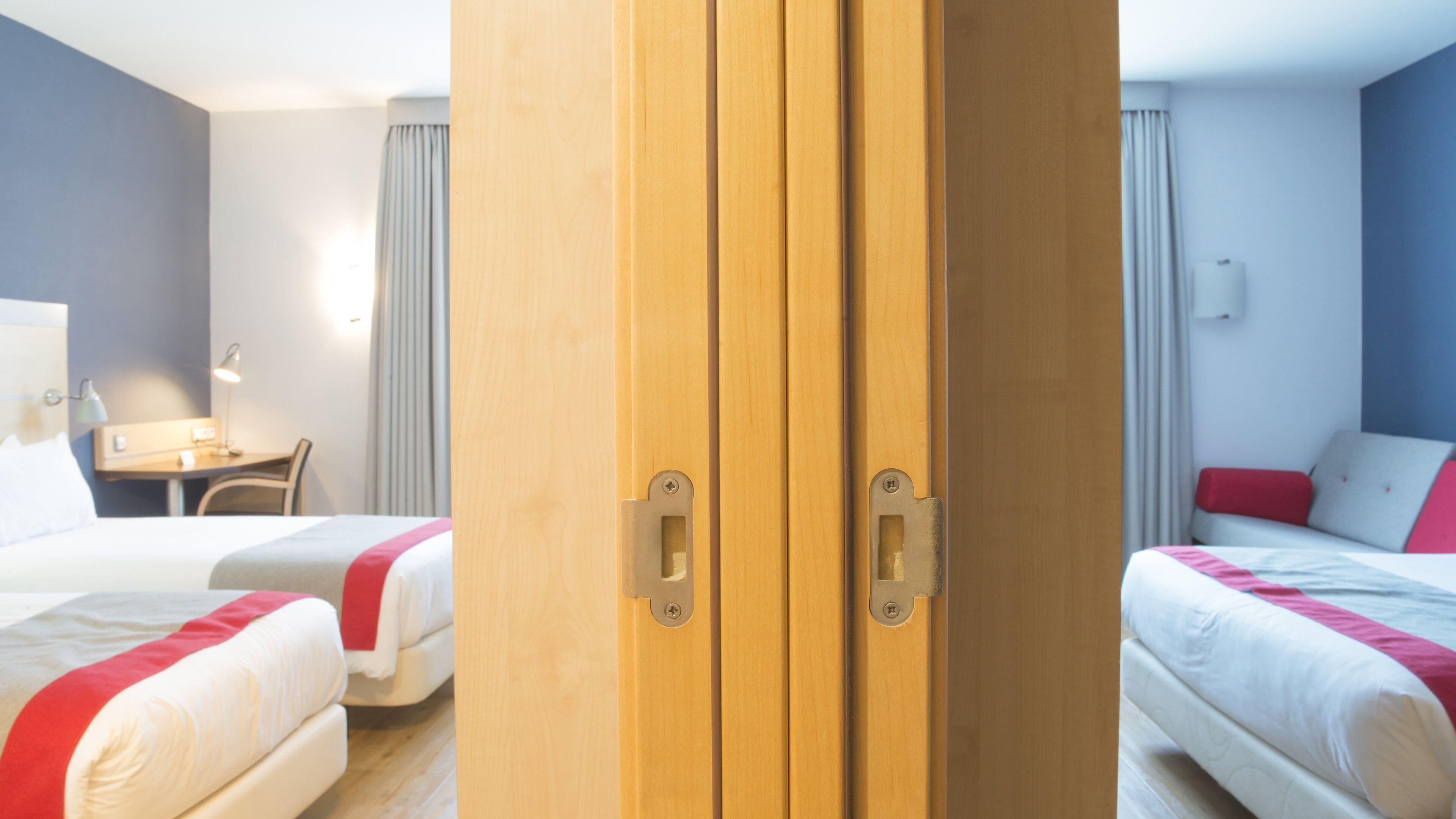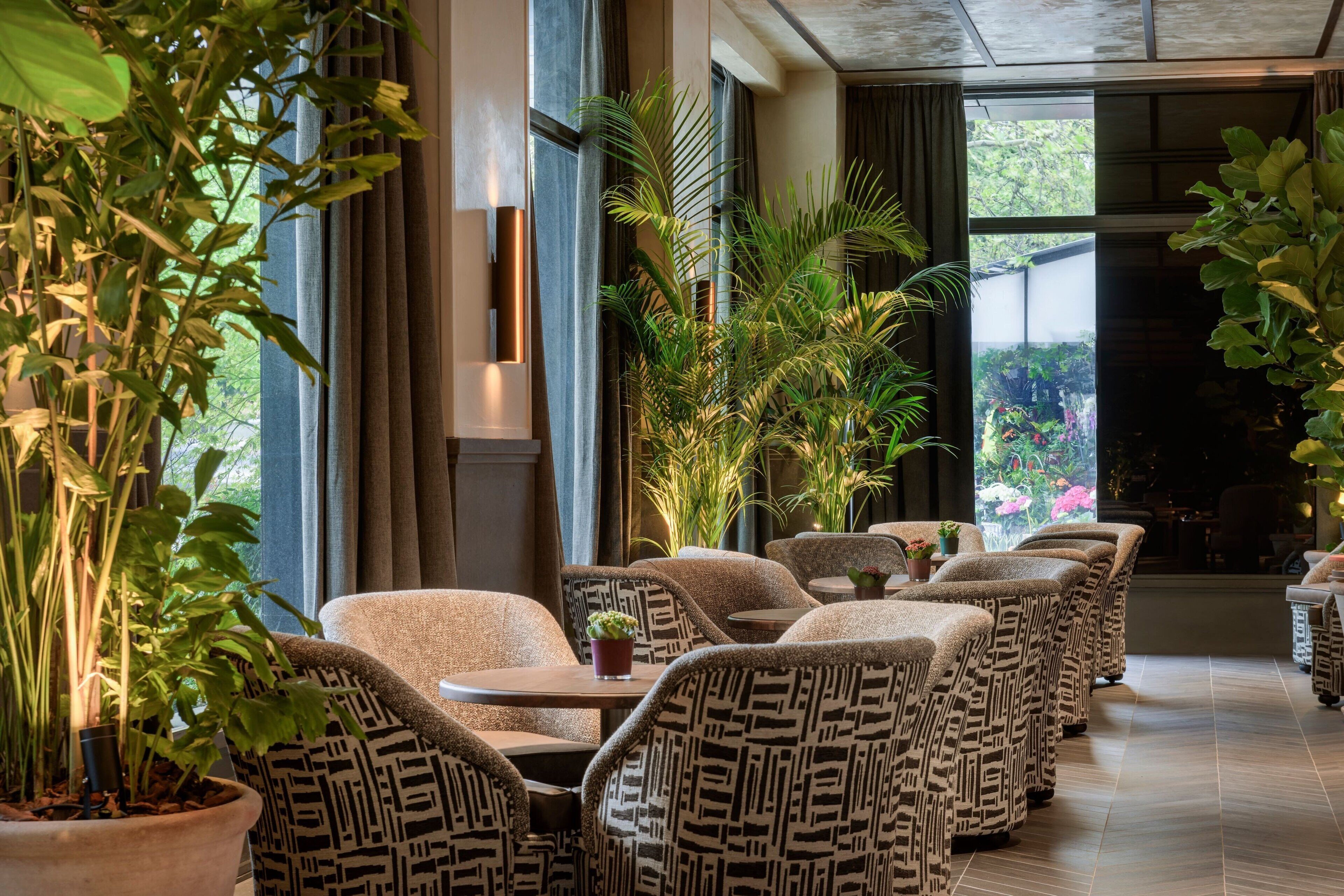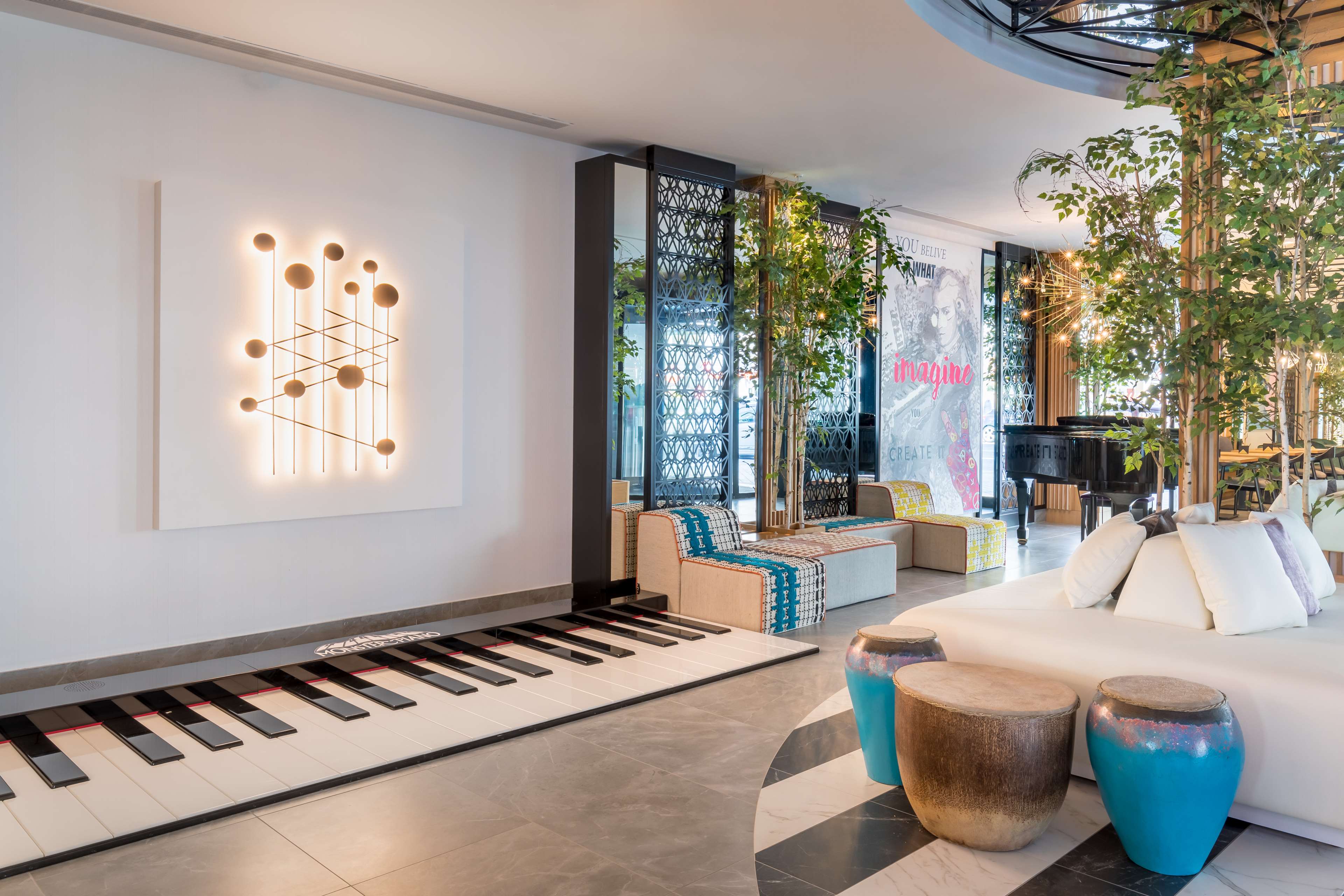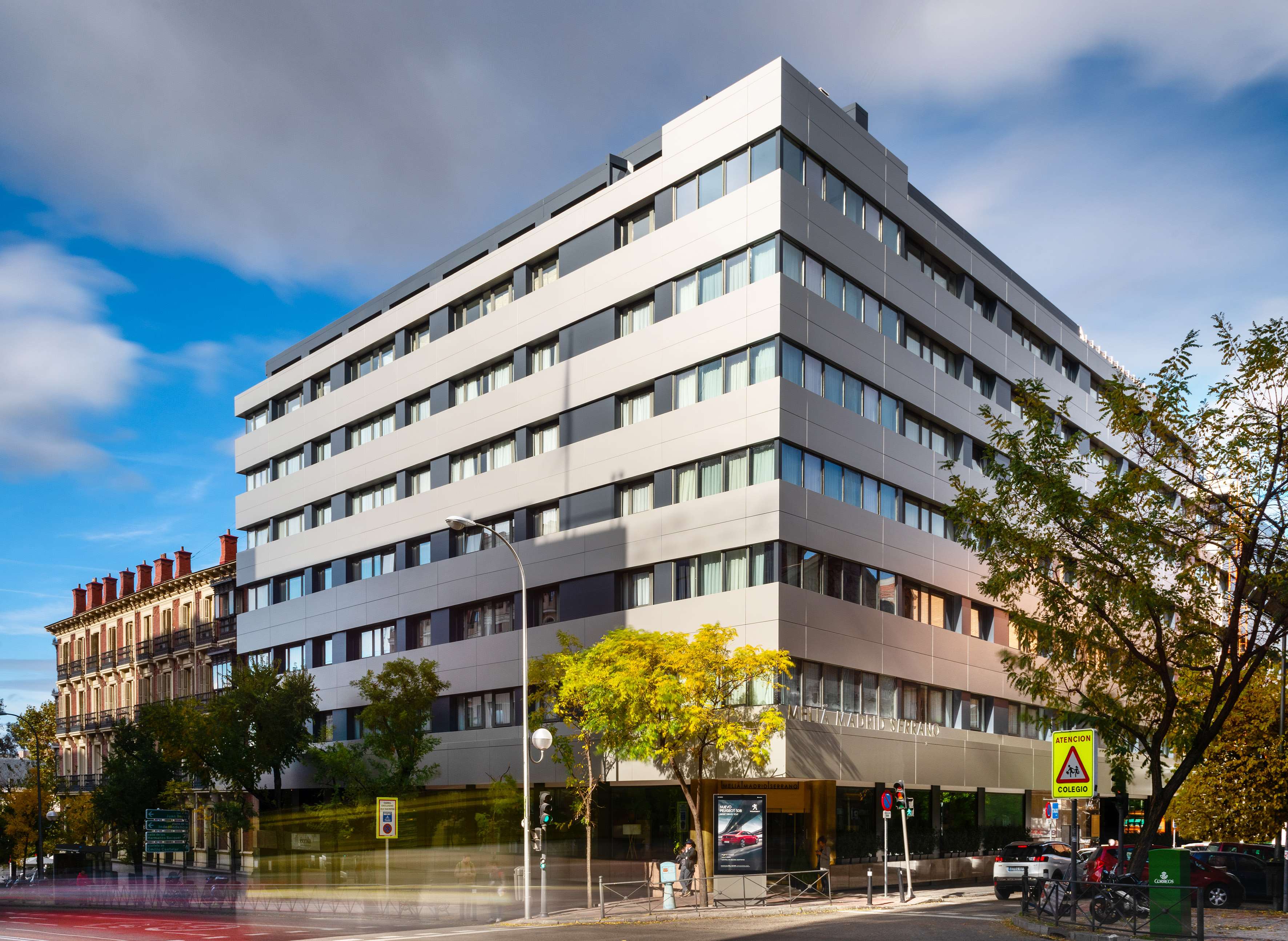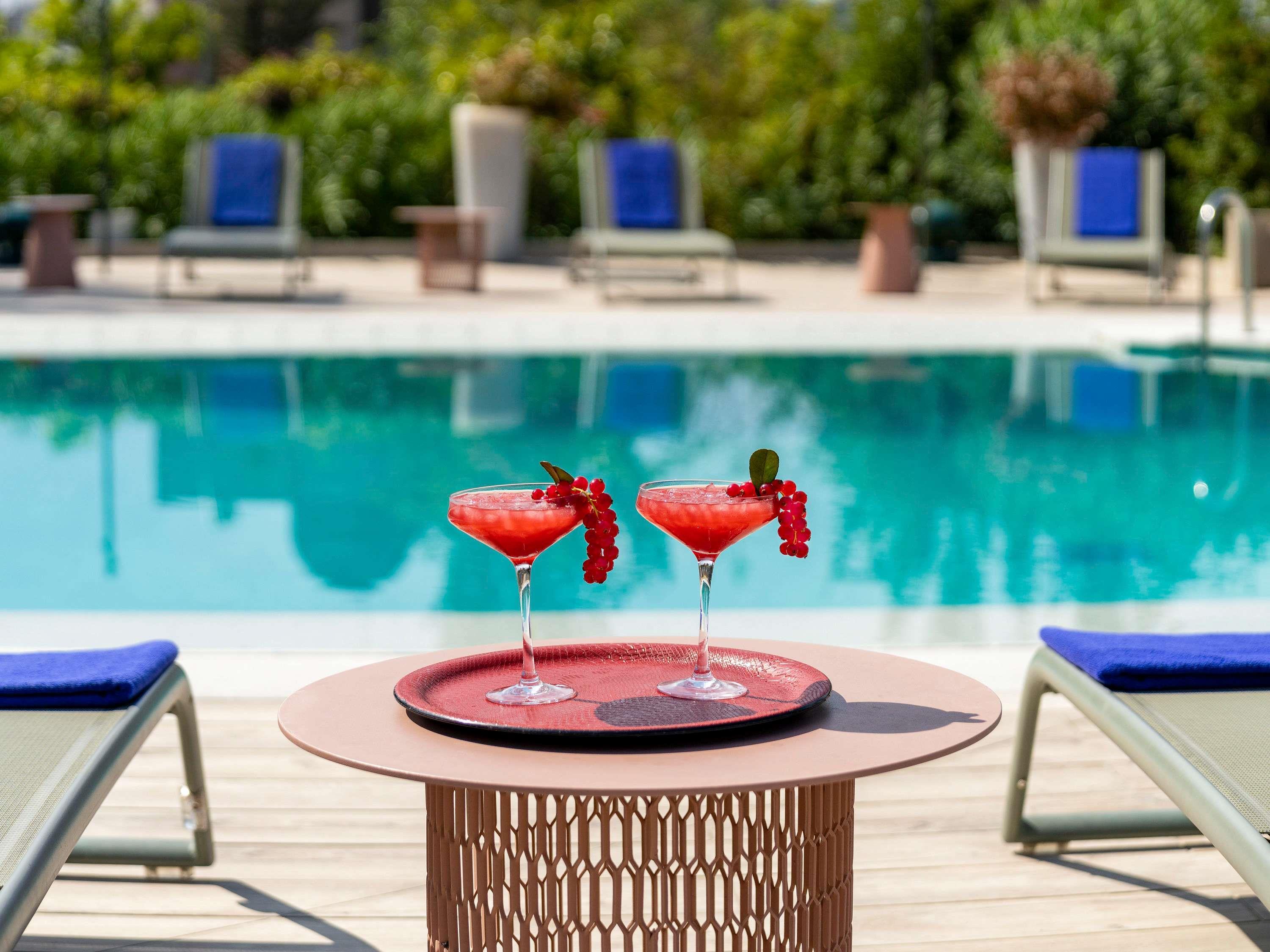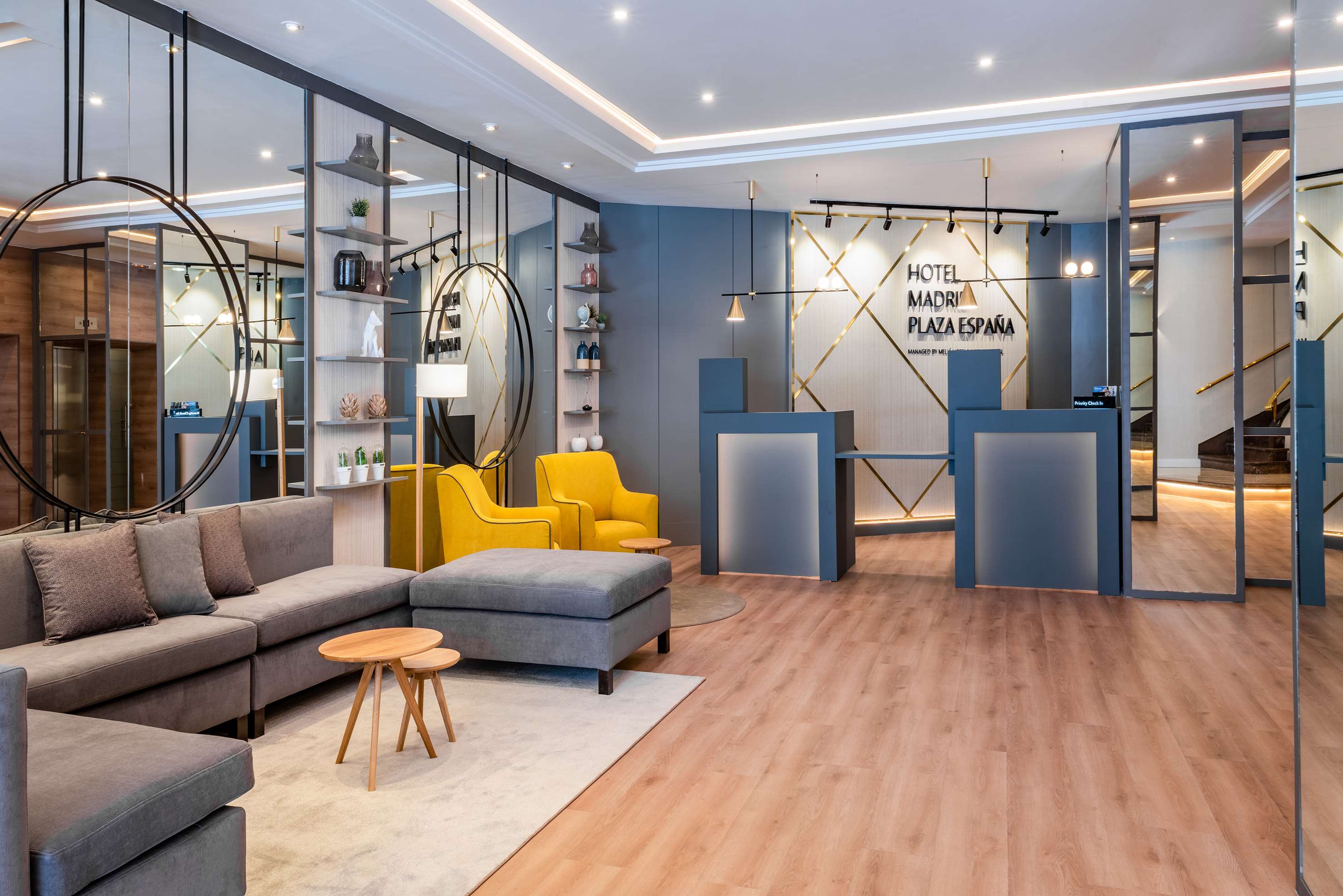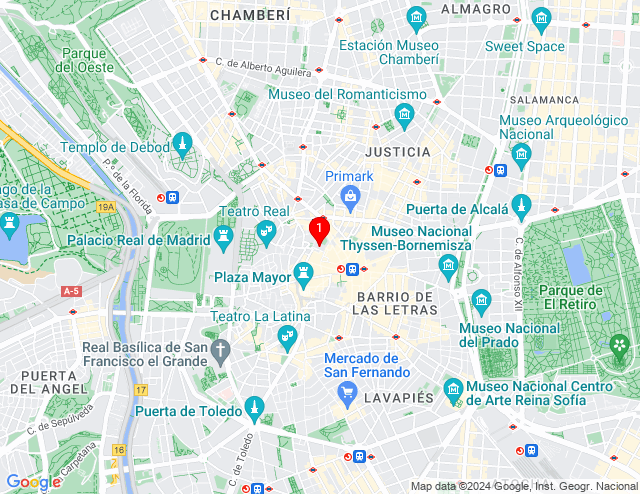The culture of Madrid was dominated by its Royal history, centre of the Spanish Empire. The Royal Palace, big places and buildings used by the Spanish Monarchy, enormous cathedrals and churches are plentiful in Madrid, as well as medieval architecture, although nowadays Madrid is just as much a cosmopolitan city as Berlin orLondon, full of new architecture, lifestyle and culture. As Spanish Capital, Madrid has meant the different "establishment" for most Spaniards. During the 2nd Republic (1931-1936) was a bustling city of new ideas. Being capital of the Franquist dictatorship (1939-1975) made the city still seemed to represent a conservative part of Spain to many Spaniards. However, the city is also the epicentre of the famous Movida, Spain's 80s movement that bred personalities such as the director Pedro Almodóvar. The heritage of this era is indeed still visible in the city centre, where a party can be found at all times and one of the most liberal and colourful environments of Spain can be seen. The city is also known for its great gay tolerance.
The citizens of Madrid, who refer to themselves as Madrileños or the more traditional and currently seldom used term "gatos" (cats), live by a daily routine that is heavily influenced by the climate. Due to the typically midday heat during summer, a "siesta" can be still observed during which some citizens take a break to cool off, though Madrileños can usually only afford this 'luxury' during holidays and weekends. Most stores are open during all the day; just small stores are often closed during this time. Workers and those more afflicted by Western lifestyles choose not to observe this long break and work traditional business hours, which are usually between 9AM and 6-7PM. During summer many offices, however, will have a summer schedule requiring workers to start at 8am and finish at 3pm (most commonly without the standard 1-2 hour break for lunch). Offices usually close during the weekend but businesses are often open Saturday morning (downtown stays open until afternoon). Most grocers are closed on Sundays, but some major chain and department stores linked to "culture" (books, music, etc.) will be open throughout the day and all of them on the first Sunday of the month. Shops and department stores in Puerta del Sol area are open every day.
Madrid possibly has the largest number of bars per capita of any European city and a very active nightlife; Madrileños are known to stay up until as late as 5AM-7AM. It is quite common to see a crowded Gran Vía on weekend nights. It is important to note that, due to this lifestyle, lodging located near the fun areas may end up a nightmare for light sleepers if your window faces the street. It has a very modernized and elaborate transportation network of buses and Metro. The city contrasts with some large European cities in that it is extremely clean, and city employees in bright yellow vests can almost always be seen cleaning the streets and sidewalks. Like most large cities, however, there is a substantial population of vagrants and beggars lining the streets.
Madrid is one of the biggest and most cosmopolitan cities in Europe. Communities of West Africans, North Africans, other Europeans, Chinese, Indians, Filipinos, Pakistanis and (especially) Latin Americans are prominent.
Some popular neighborhoods are:
- Alonso Martínez - Many pubs and small discos. Until about 3AM, a very young crowd, and if you′re around here before midnight, and over the age of 20, prepare to feel positively old. Most places close around 3AM, then people move to nearby areas to continue partying (clubs in Gran Vía or Tribunal).
- Barrio de las Letras / Huertas - Many of Spain's most famous writers lived there (Cervantes, Quevedo, etc.). It is among Lavapiés, Puerta del Sol and Paseo del Prado. It is an area full of history and interesting buildings and is also well-known because of its concentration of bars, pubs, restaurants and hotels. Plaza de Santa Ana is a beautiful square. It can be considered "too touristic" for some local people.
- Chueca - Near Malasaña and Gran Vía, it is the gay district (although no one is ever excluded) with a very strong personality. New design, trendy shops, cool cafes. Pop and electronic music. By far, the most cosmopolitan place in town. Has become quite chic and expensive.
- Tribunal / Malasaña - Hip area. You can enjoy a café, a dinner, a book or just some drinks. Mainly rock and pop music clubs, some of them still open from "La movida madrileña" (a vibrant cultural period from the early 80's). Calle Manuela Malasaña is a great place to eat. So is Calle del Pez although it has mostly bars. Plaza Dos de Mayo is the heart of the district nd a great place to have a drink in the open.
- Conde Duque - Like Malasaña, this district shares a similar audience. Calle Conde Duque is full of cafés and restaurant. Between the main squares in the district, Plaza de Guardias de Corps and Plaza de las Comendadoras, you will also find other options to have drinks, cafés or tapas. The Conde Duque Cultural Centre usually hosts shows, concerts and exhibitions.
- Gran Vía - The place that never sleeps. Major street that includes many popular nightclubs, usually open from 1AM to 6-7AM.
- La Latina - Near Lavapiés, it is the place to go for tapas and full of bohemian young people looking for stylish bars. In the old section, many small bars and pubs, a generally older crowd (late 20s, 30s - you know, "adults"). Contains La Cava Baja street. Avoid places in the Plaza Mayor but for sunbathing and beers. Multiple bars serving fantastic tapas in the Cava Baja and Cuchilleros. The area centered on Calle Calatrava (what the locals call 'Chuecatina') is has developed into a gay (but very hetero-friendly) zone. It's surprisingly very crowded on Sunday mornings, from 11AM to late in the afternoon due to its close location to the flea market El Rastro.
- Lavapiés - Multicultural quarter of the city, with more than 50% foreign residents, mostly from Africa, Asia and Latin America. An increasing amount of westerners are choosing Lavapies as their residence in Madrid, mainly because of the hip vibe it has attained in recent years. Plenty of world music bars and many alternative theaters and art galleries. Lavapiés is maybe the most cosmopolitan and hippy area at the same time in Madrid. Indian restaurants, alternative cafés, African music and South American shops. Several community gardens, food co-ops and eco shops are scattered around the district. Not a lot of tourists here since the quarter holds no monumental sights but has a rather a unique atmosphere. Walking around for a beer or a coffee is well worth it.
- Moncloa - Due to its proximity to the main University in Madrid (Universidad Complutense), Moncloa is associated with students and a student lifestyle, many cheap bars and discos as it is near the university, although some of the places are best avoided.
- Salamanca - Plenty of expensive boutiques, unique shops with impossible prices and department stores.
- Torre Europa. There used to be several posh pubs and clubs under the tower across from the stadium. There are 4 or 5 bars and discos in the avenida de Brazil area catering to a young and student crowd.
- Ciudad Universitaria. This area is where most of the students reside as there are several dorms in this area. There are many, many cheap bars with great nightlife starting from Thursdays.

